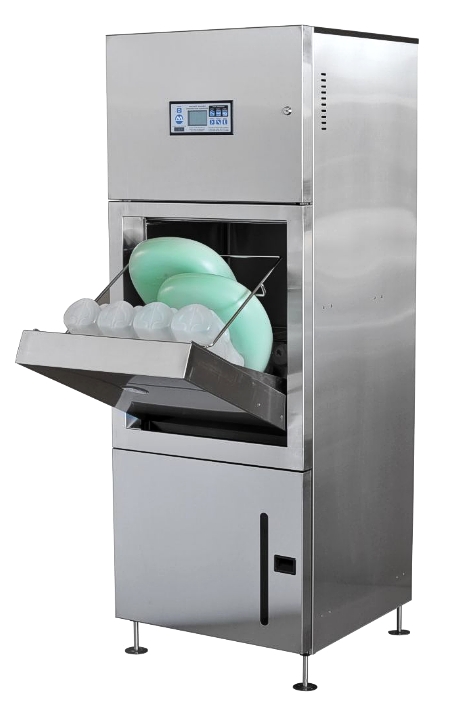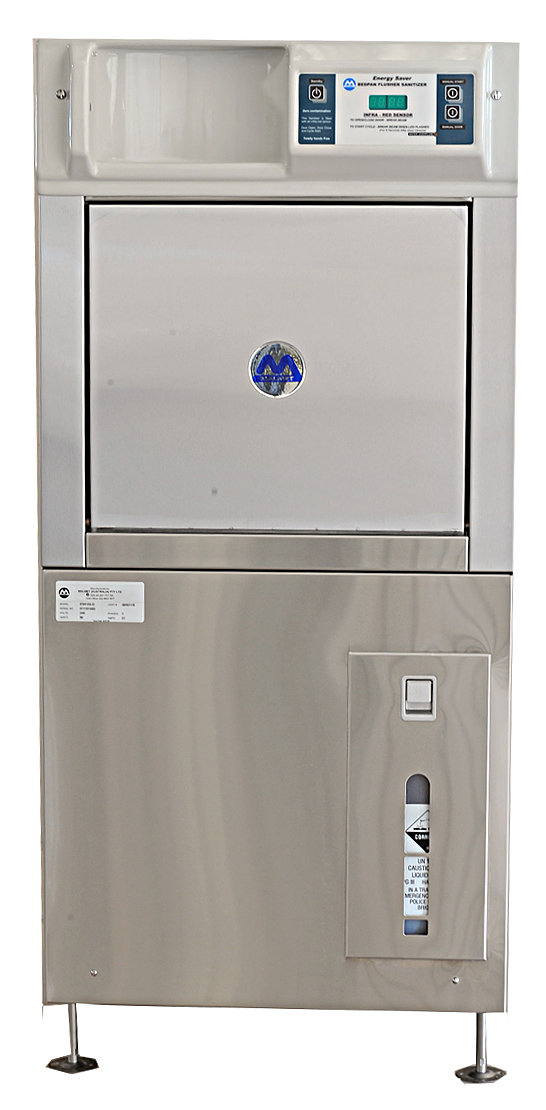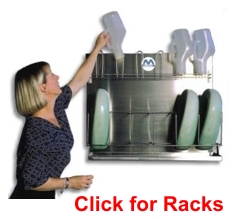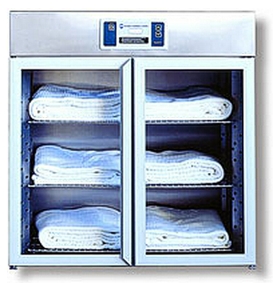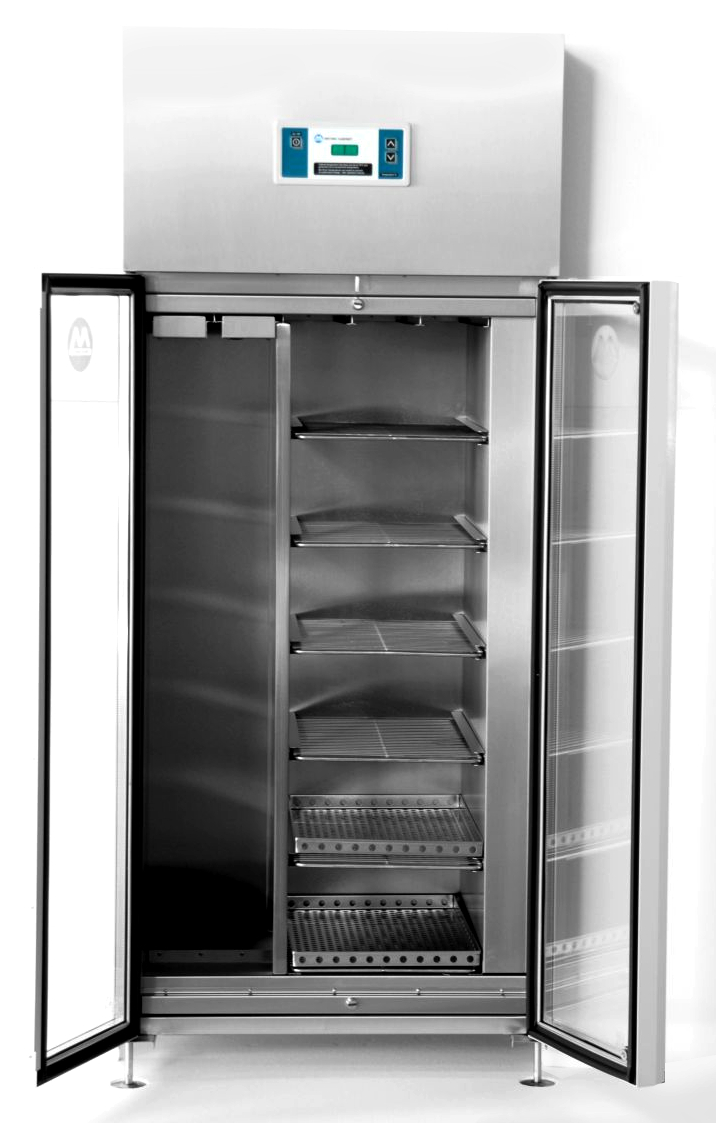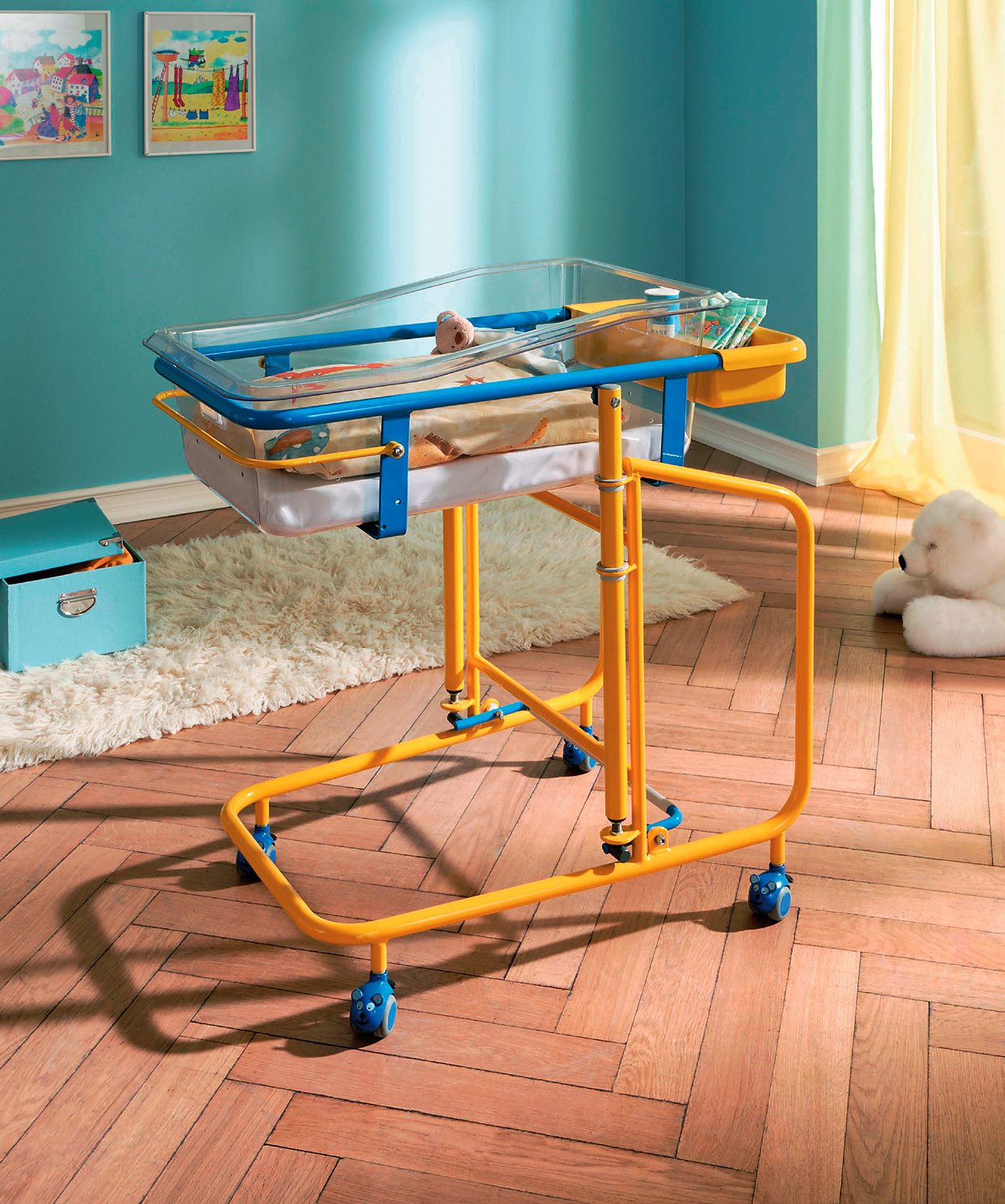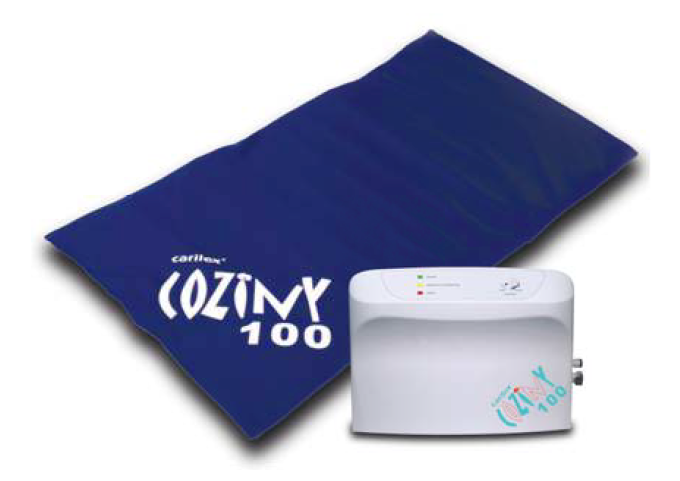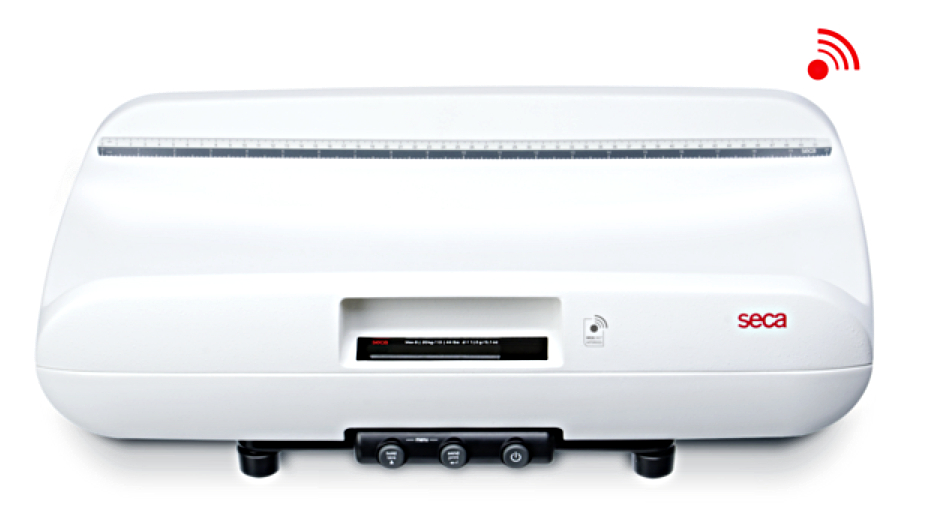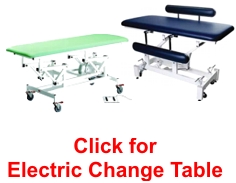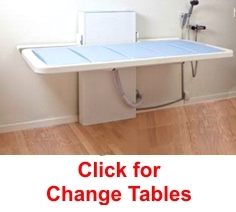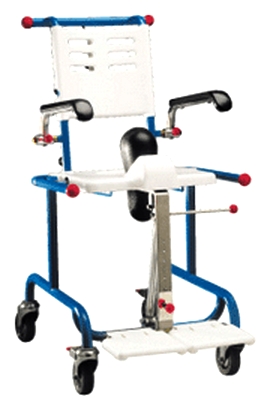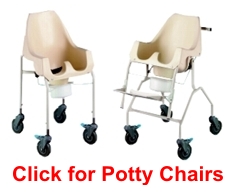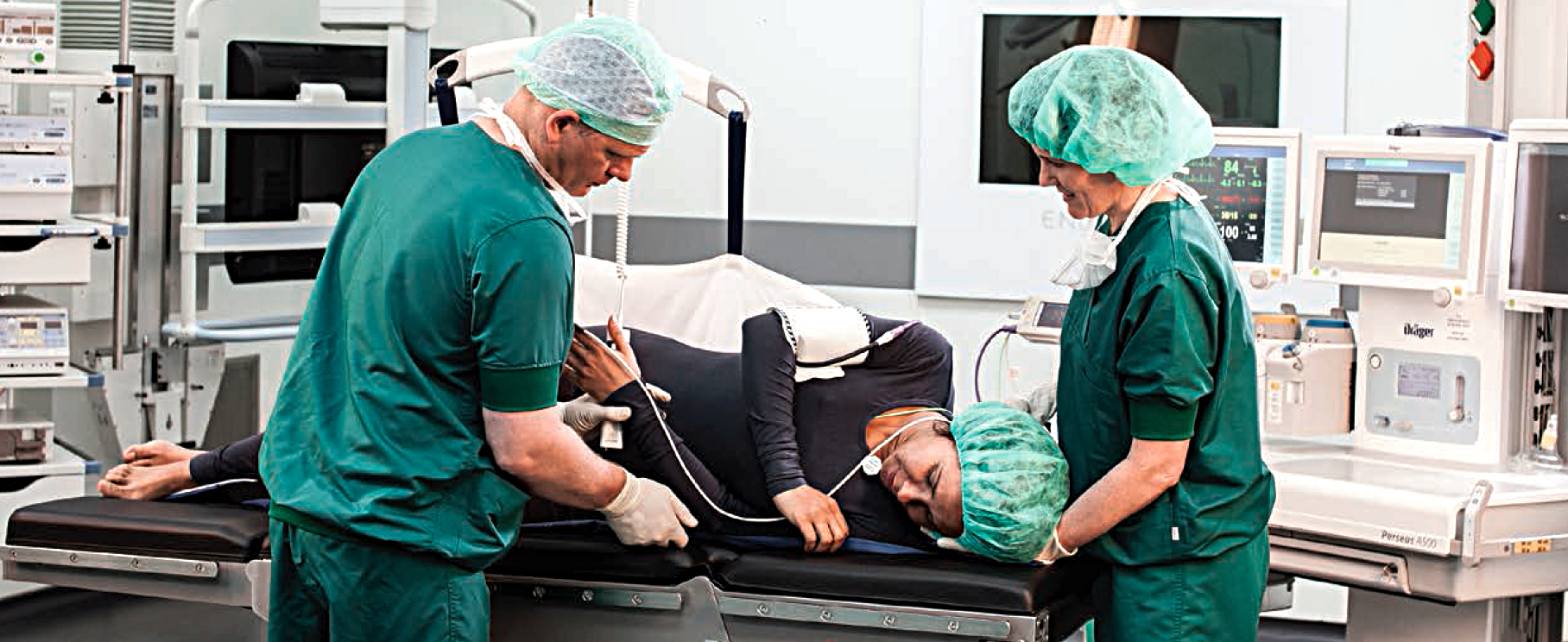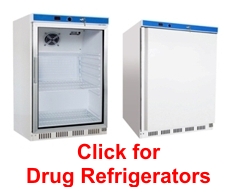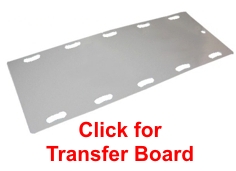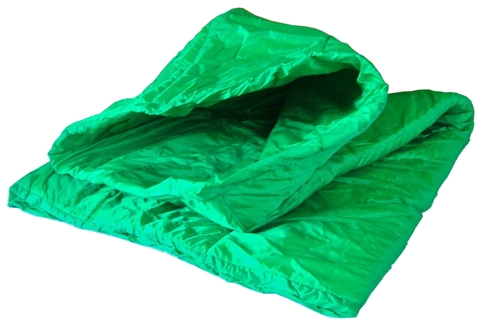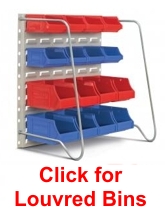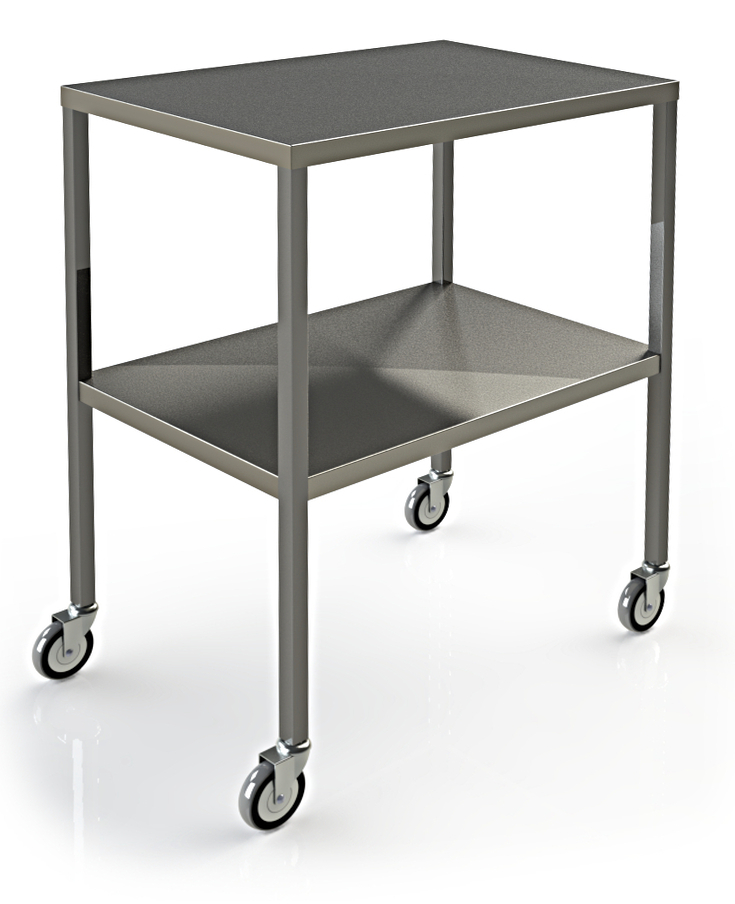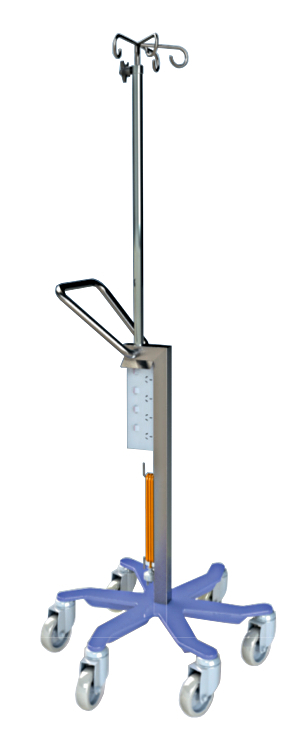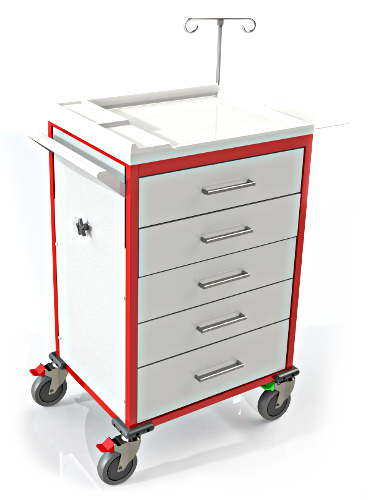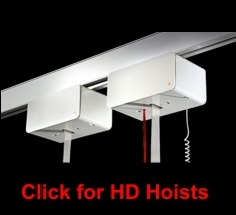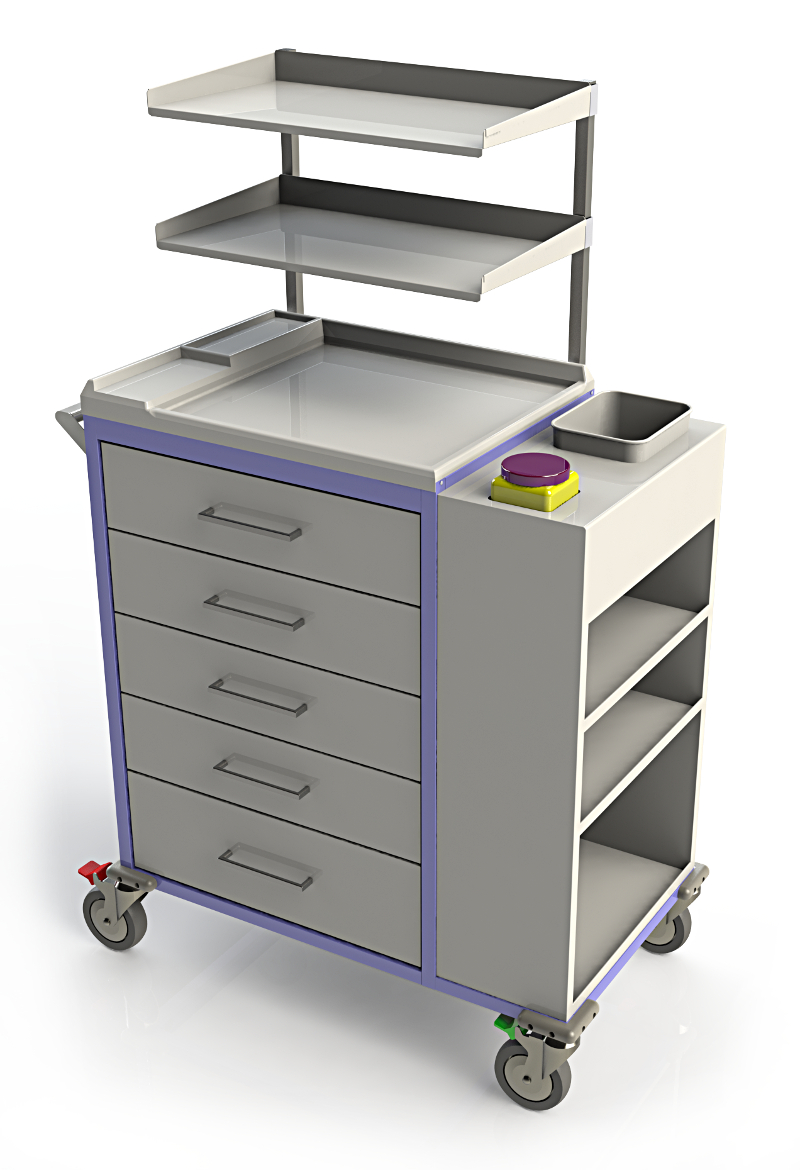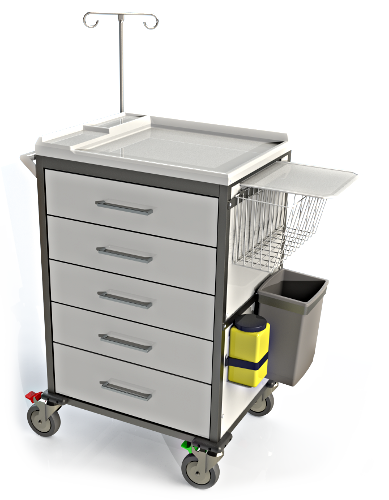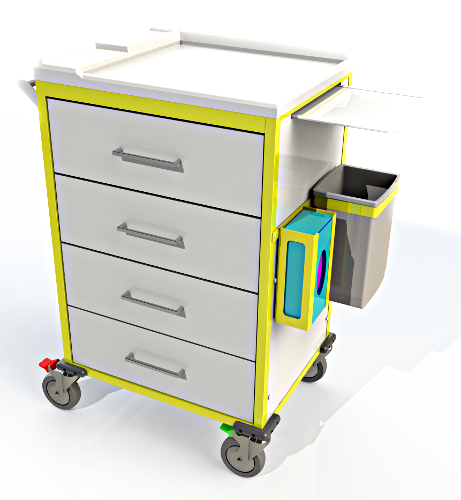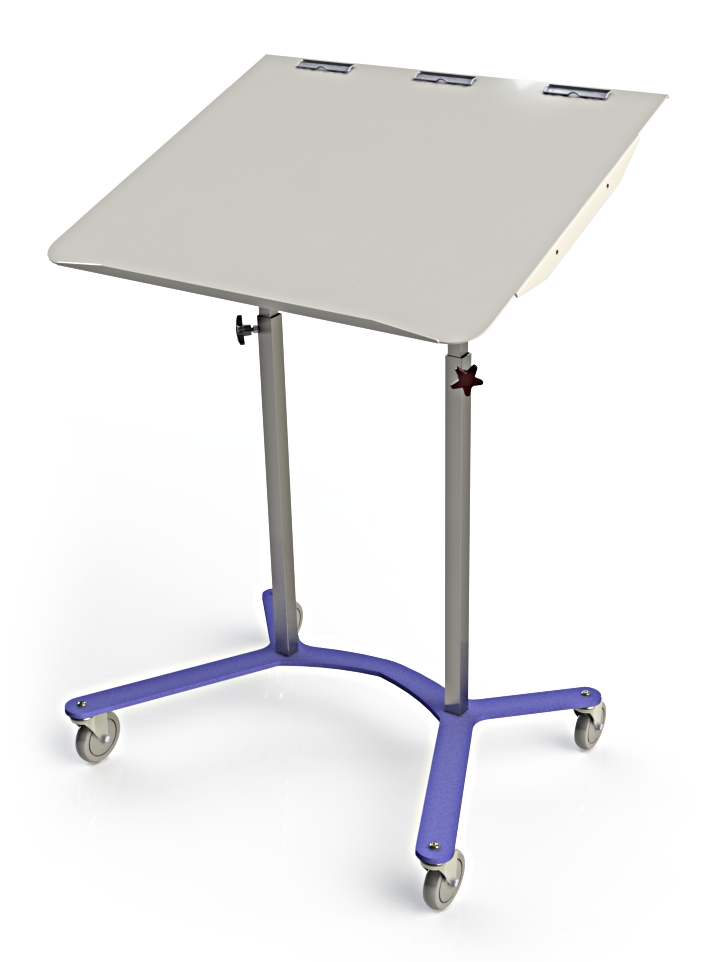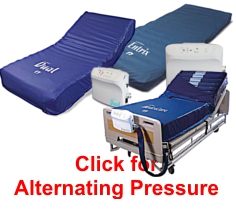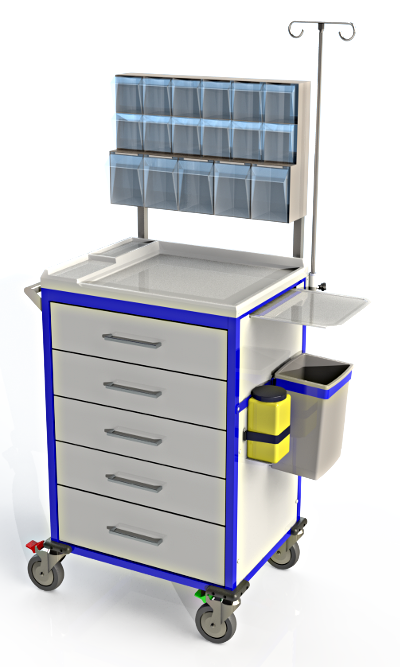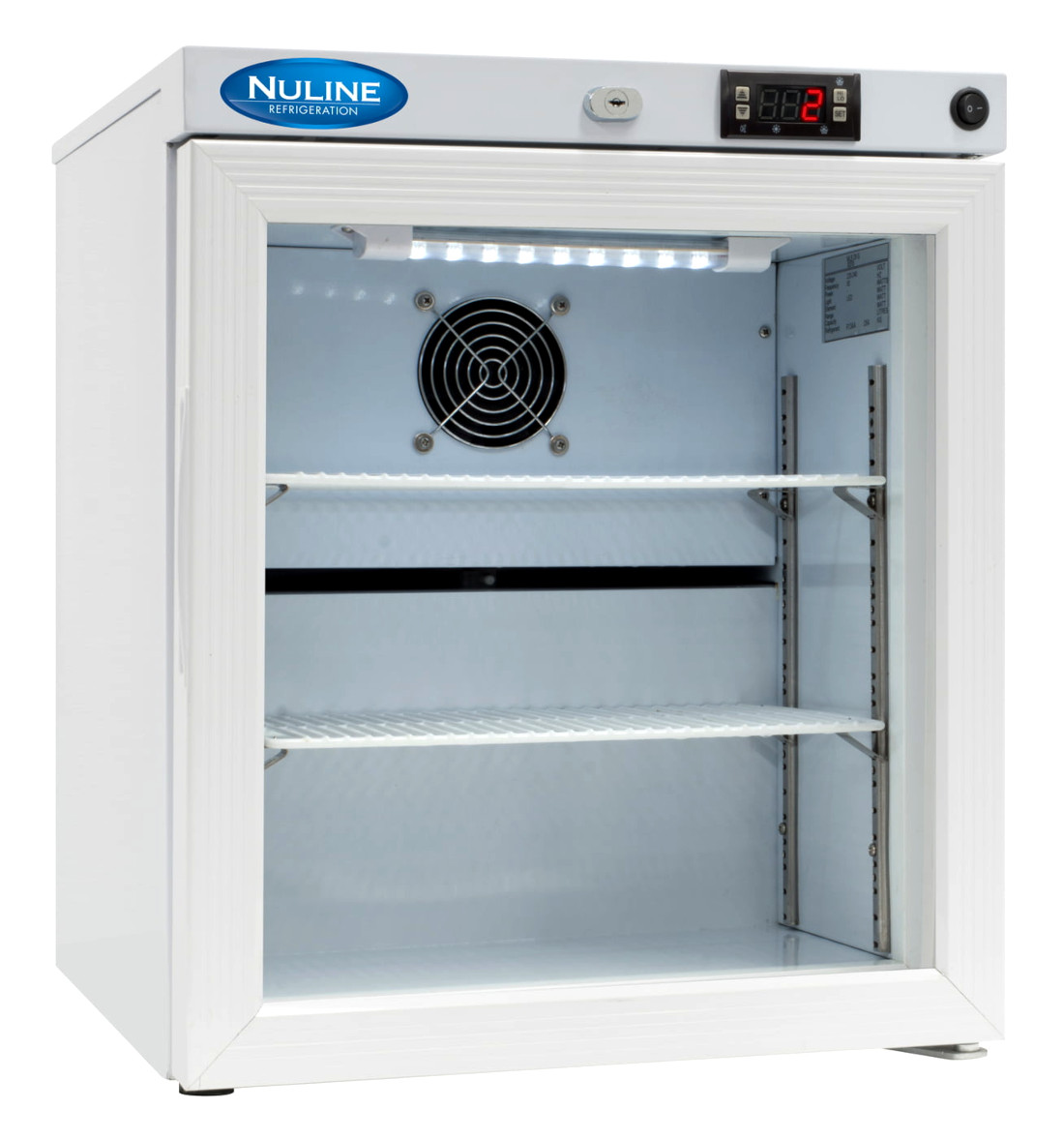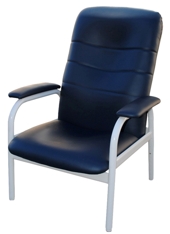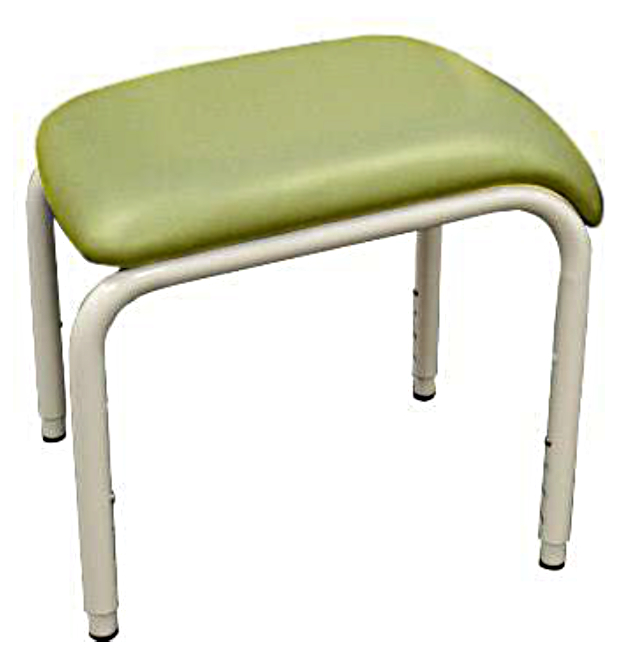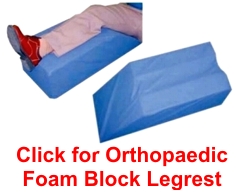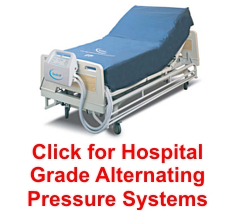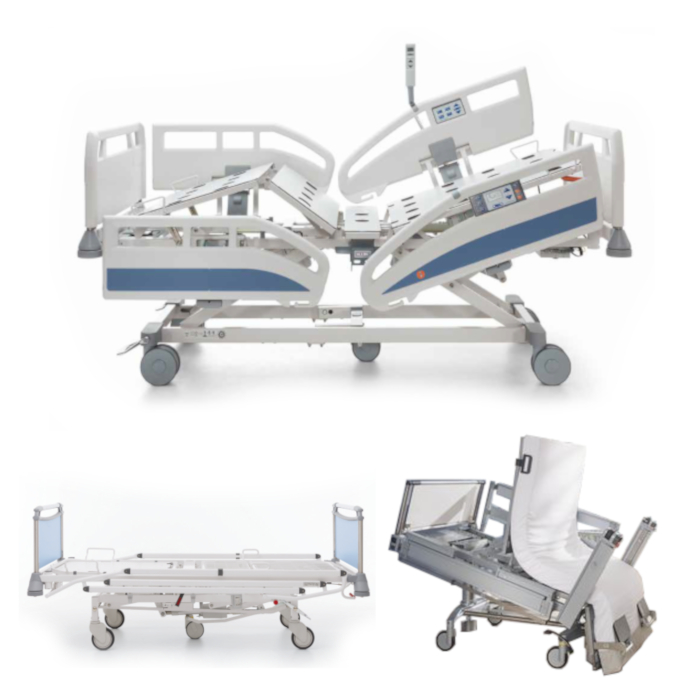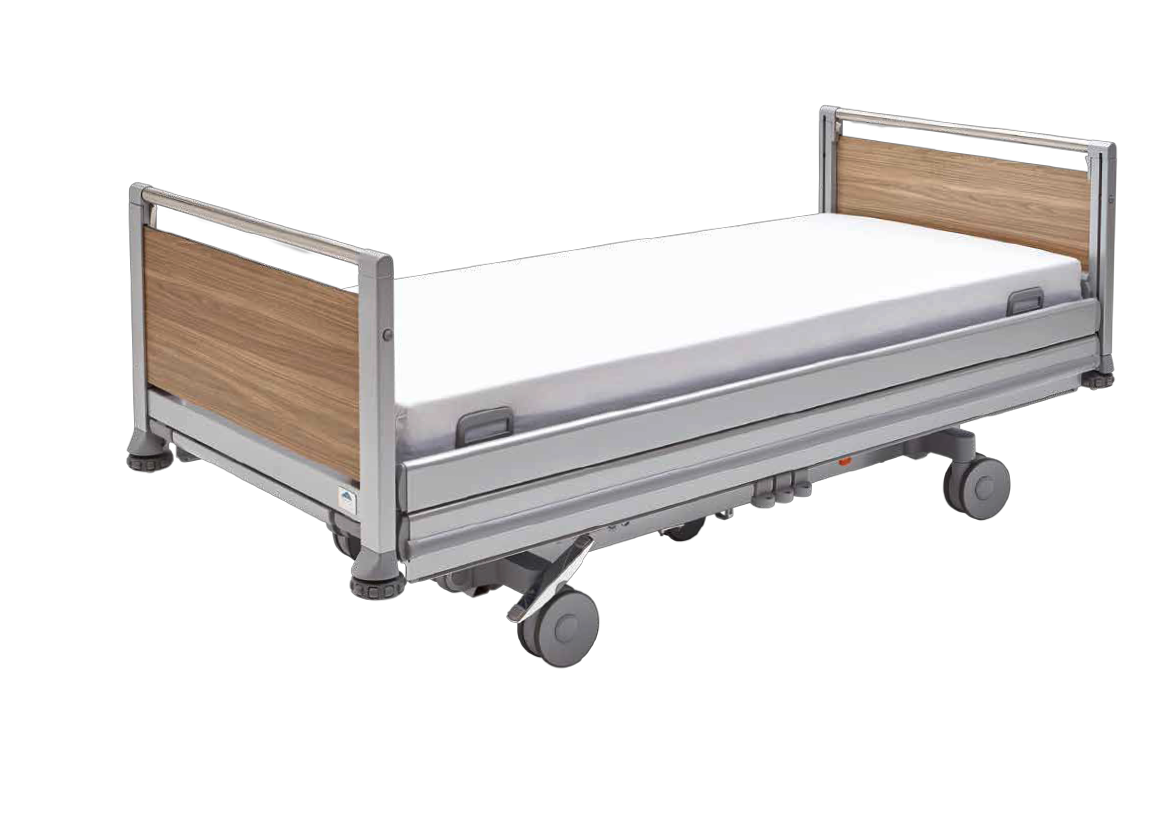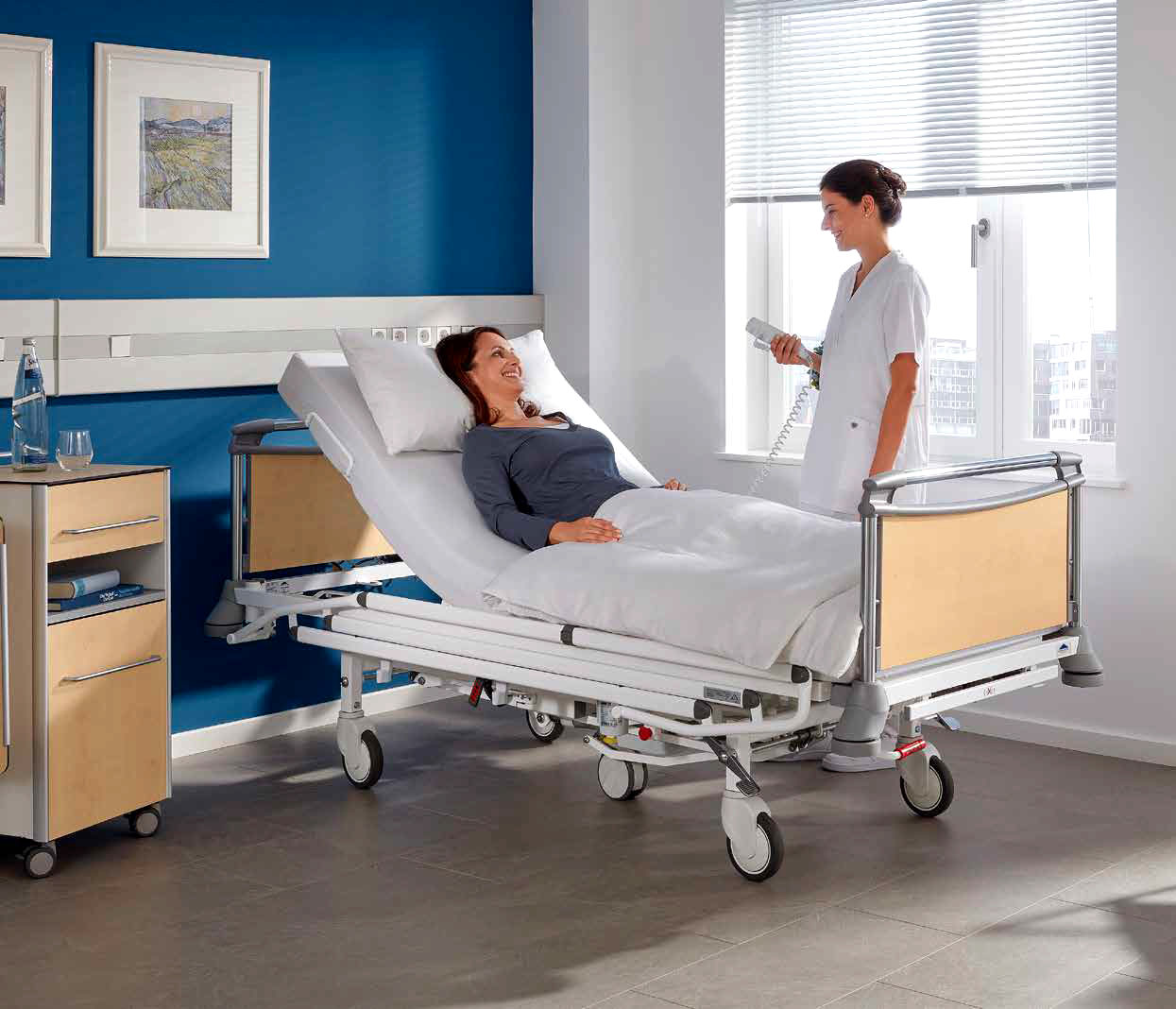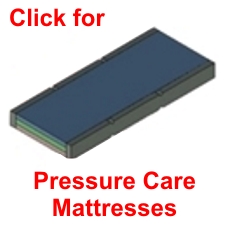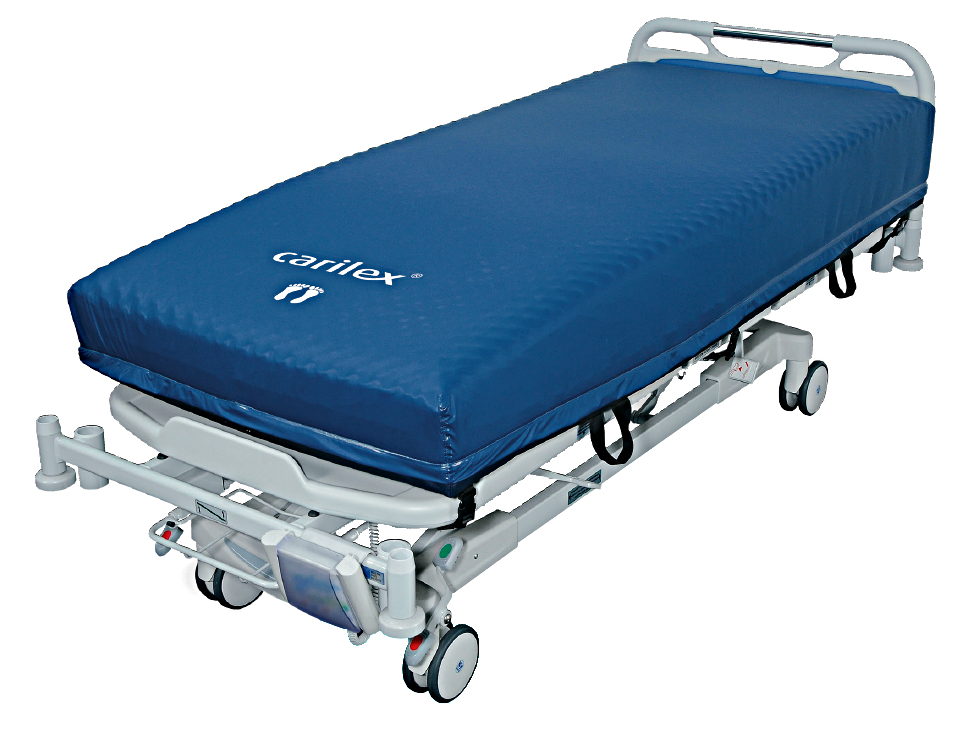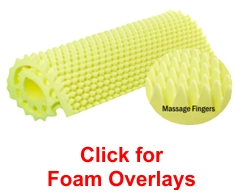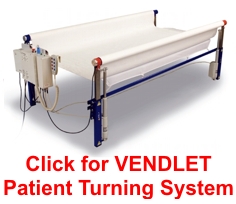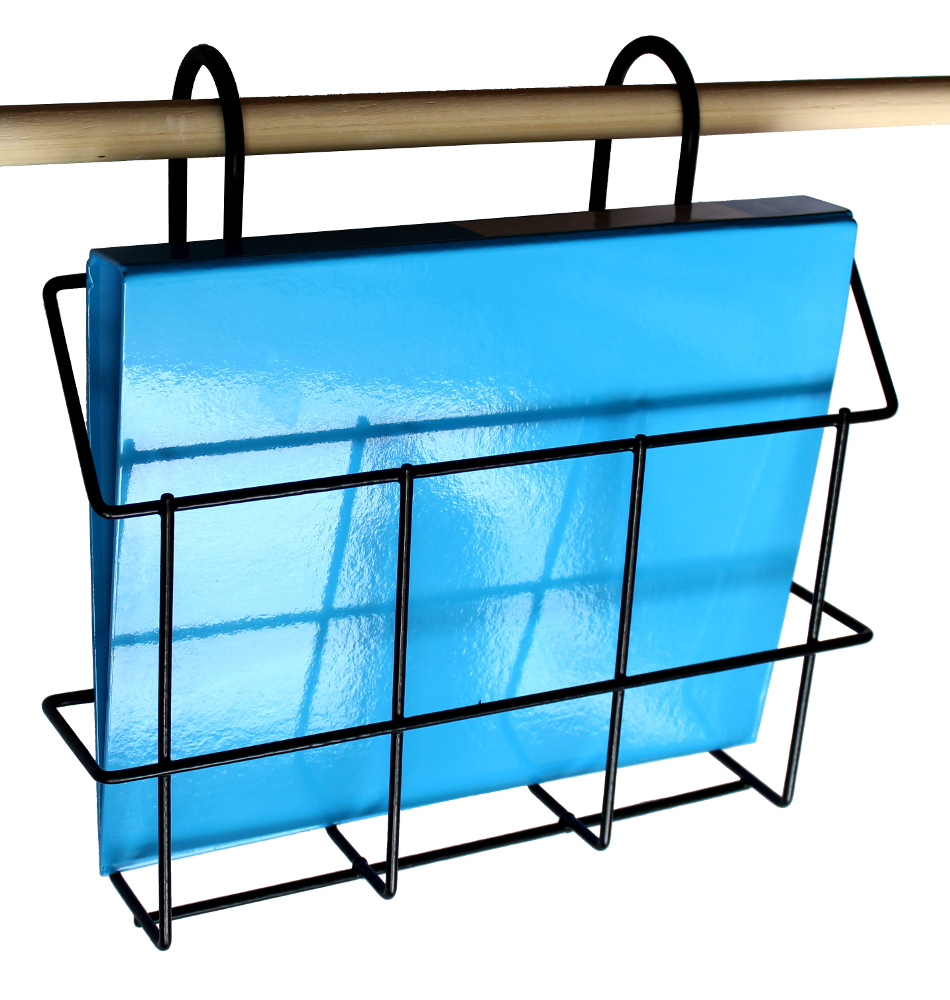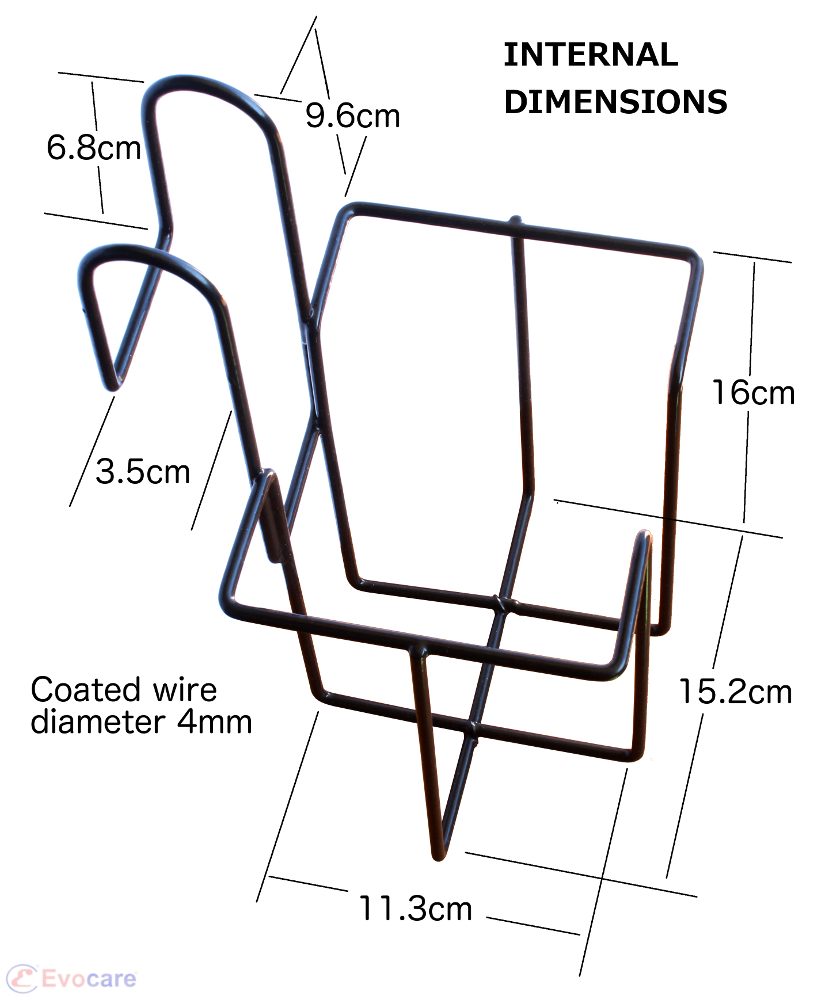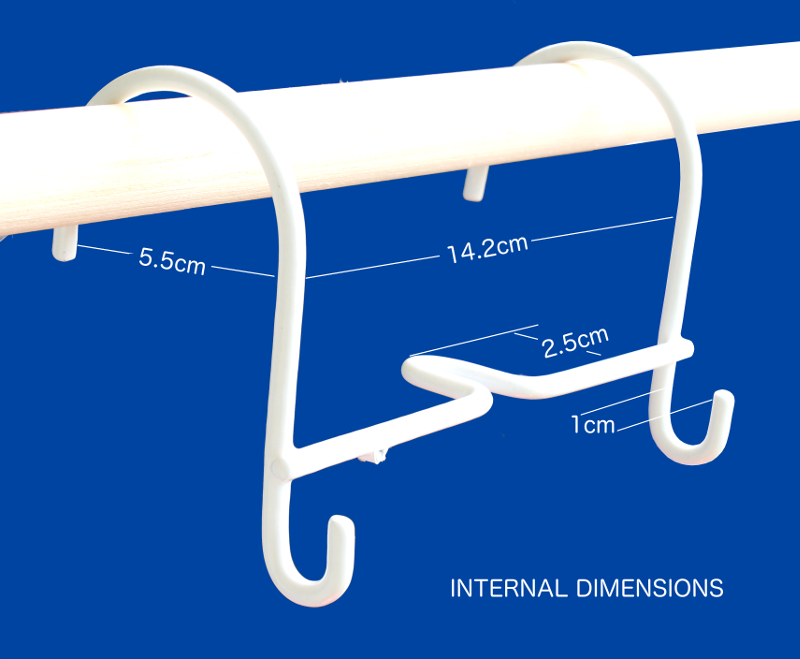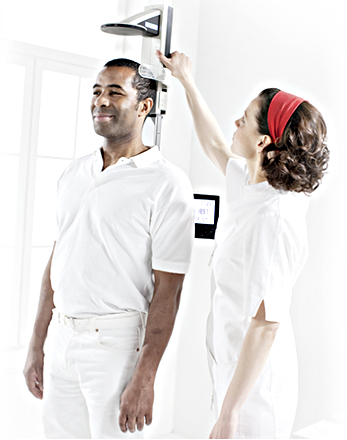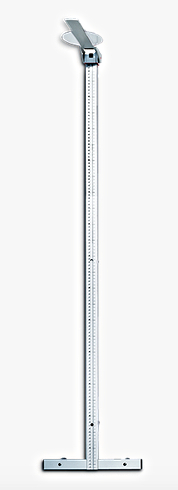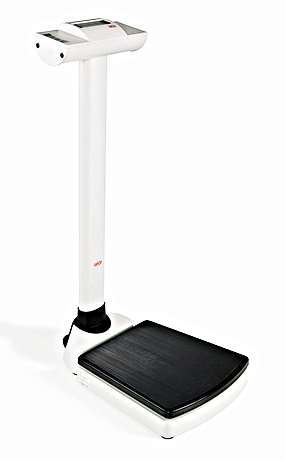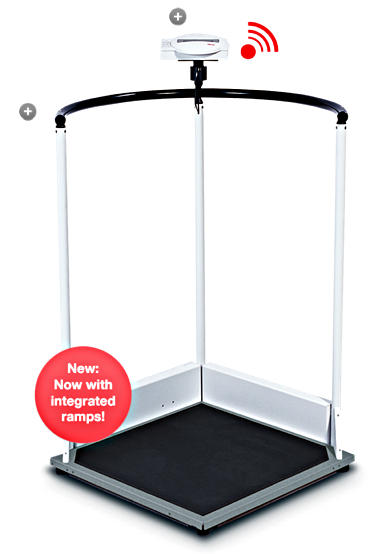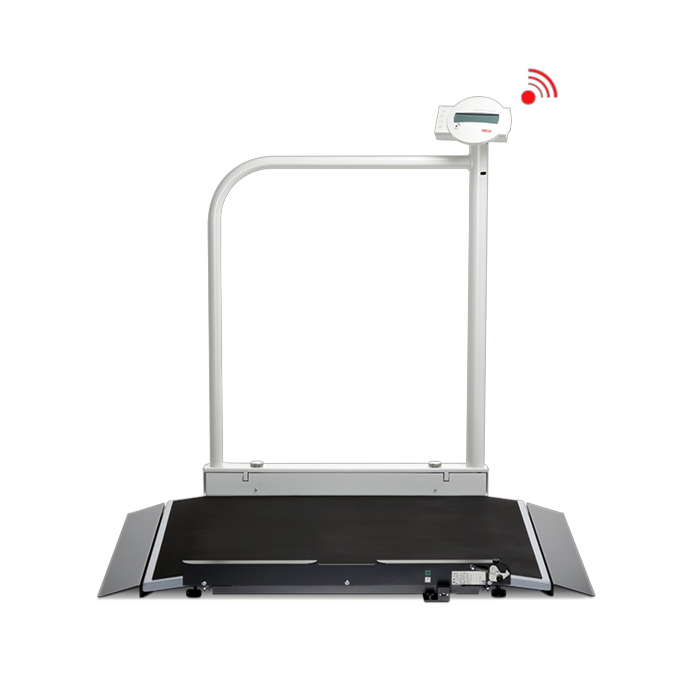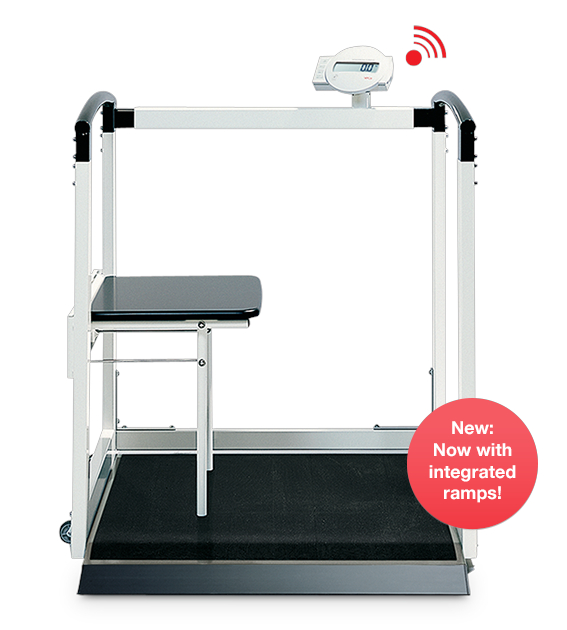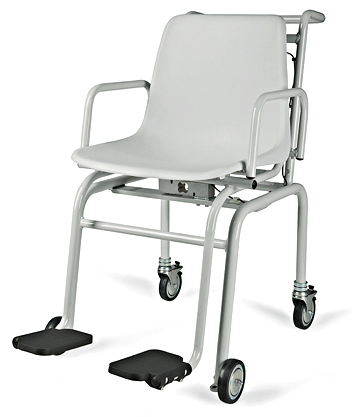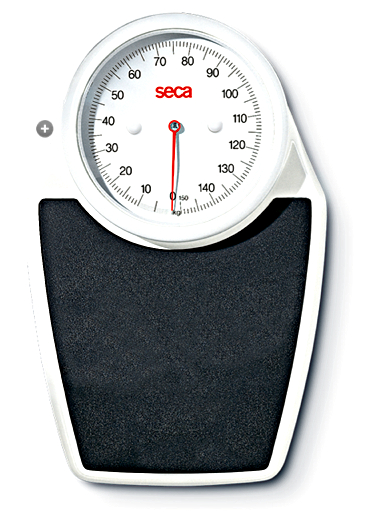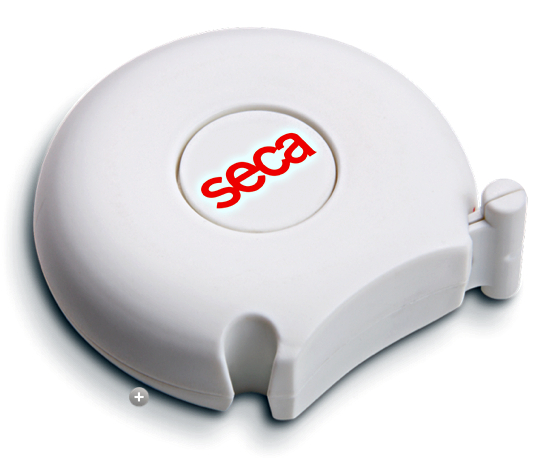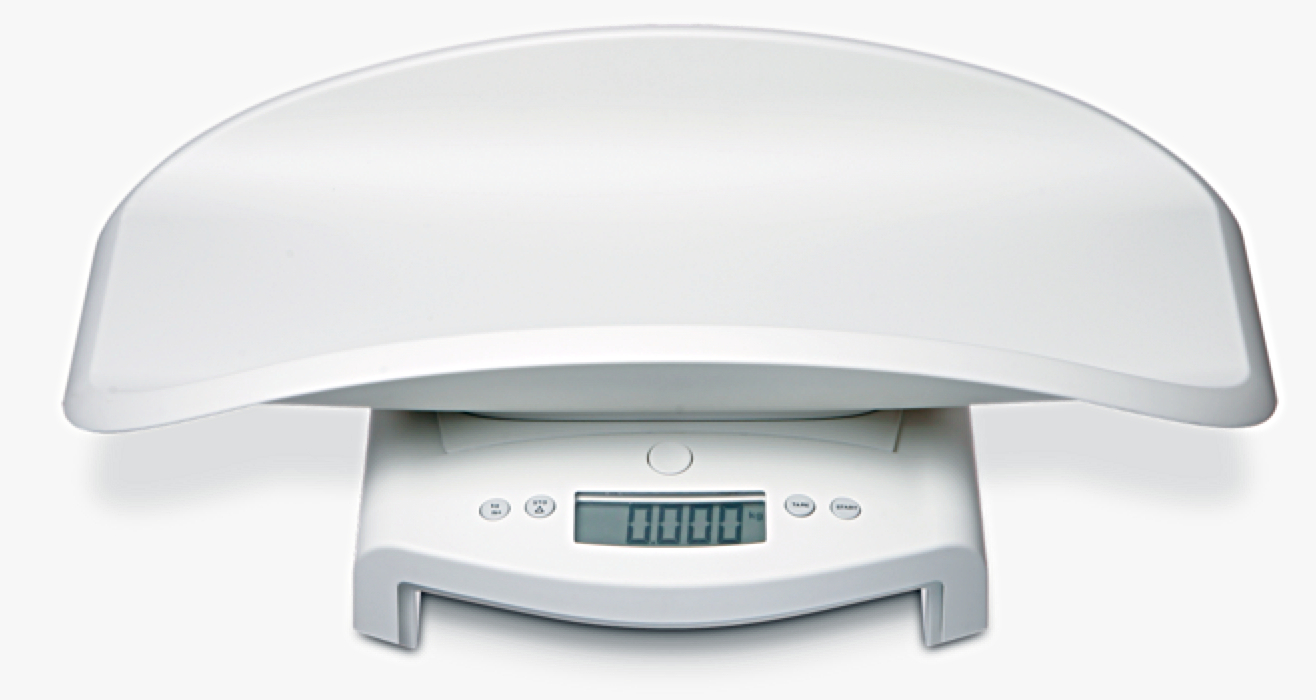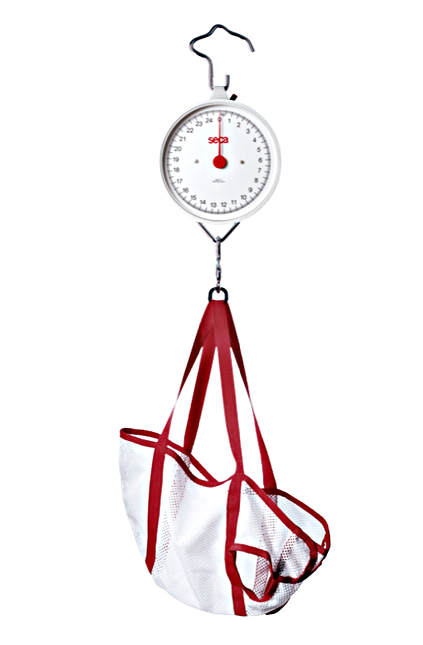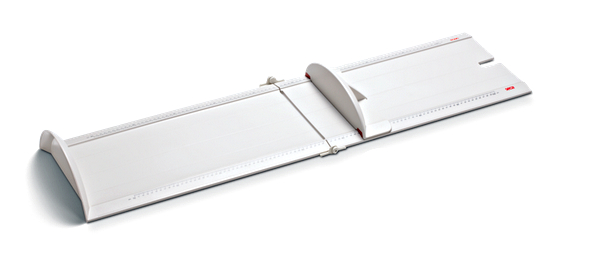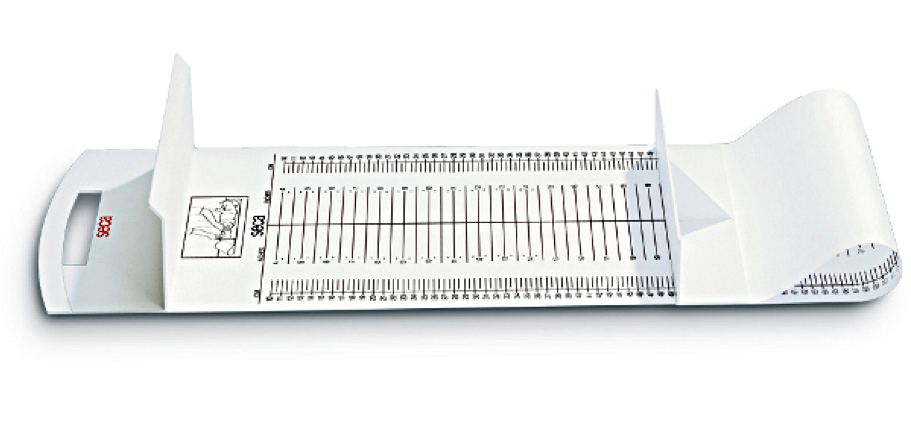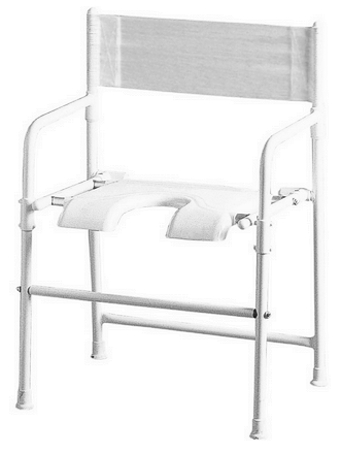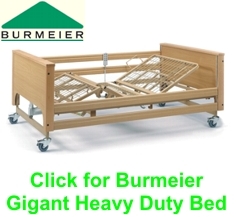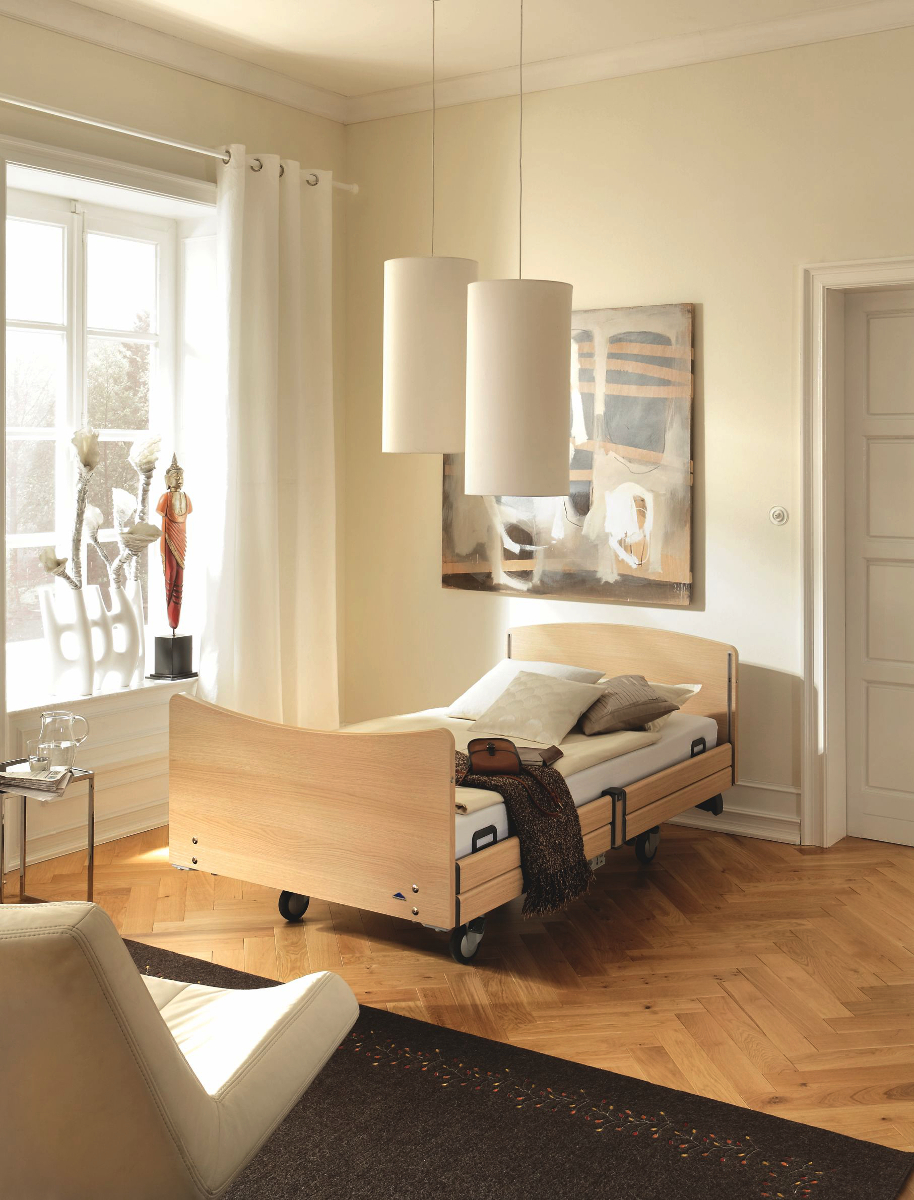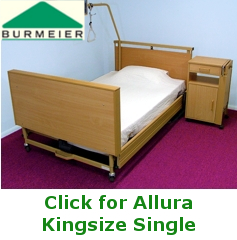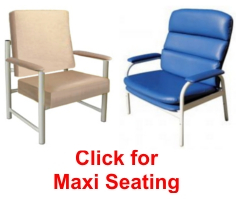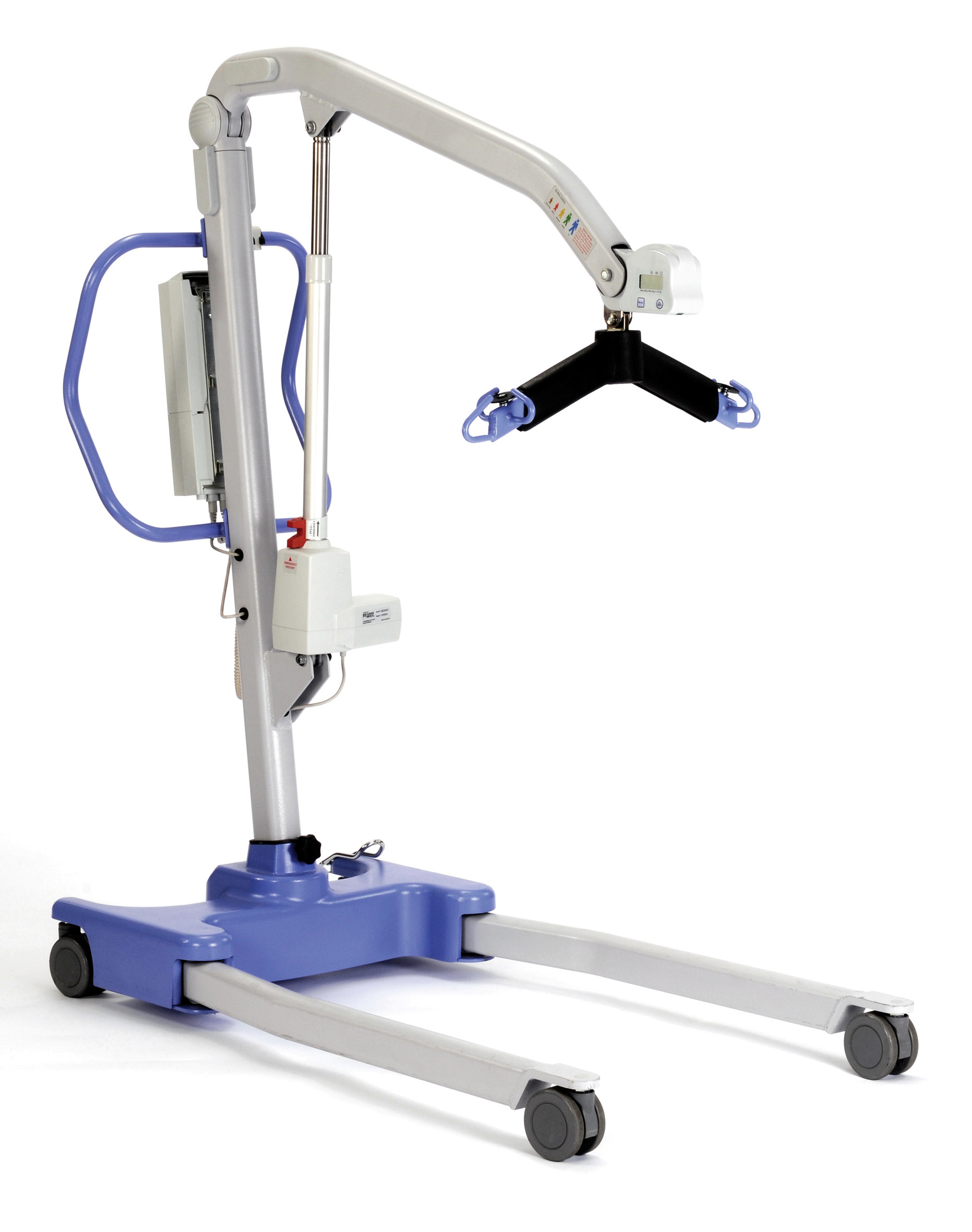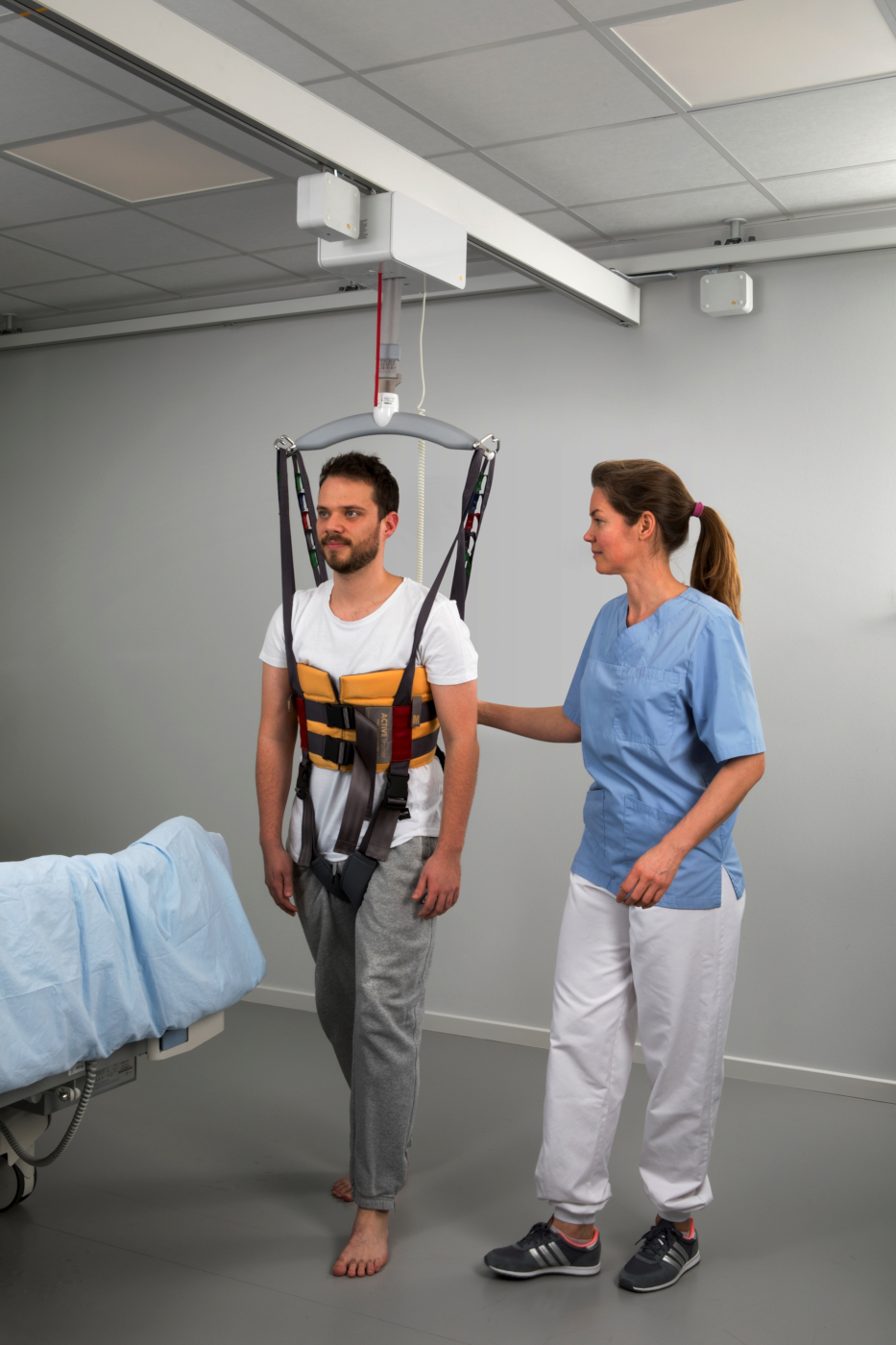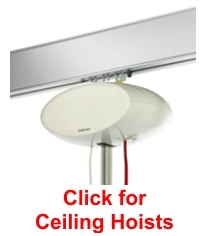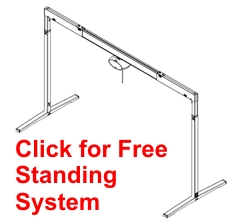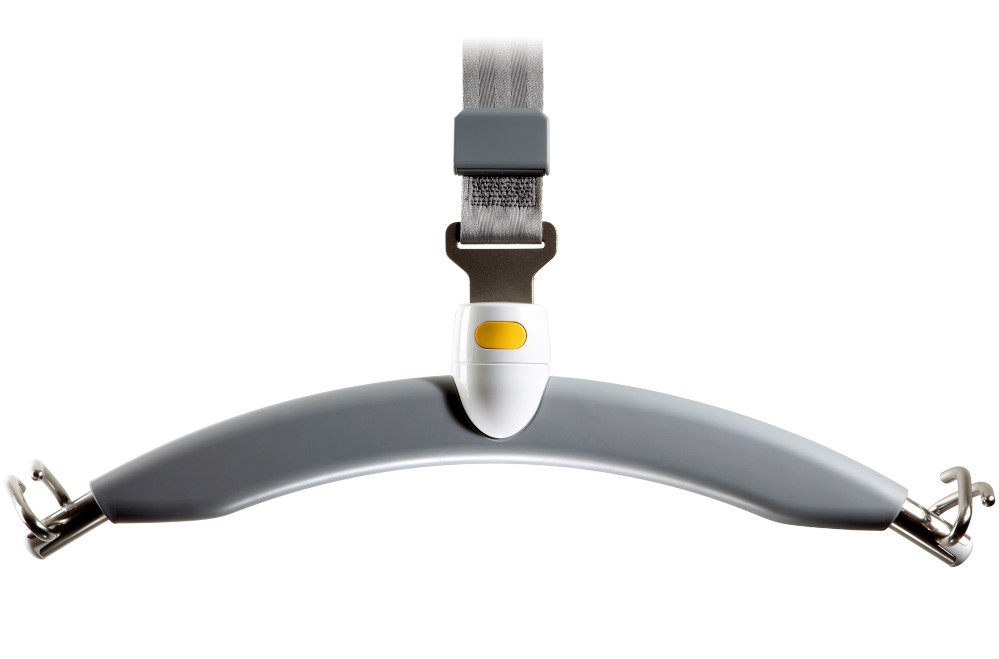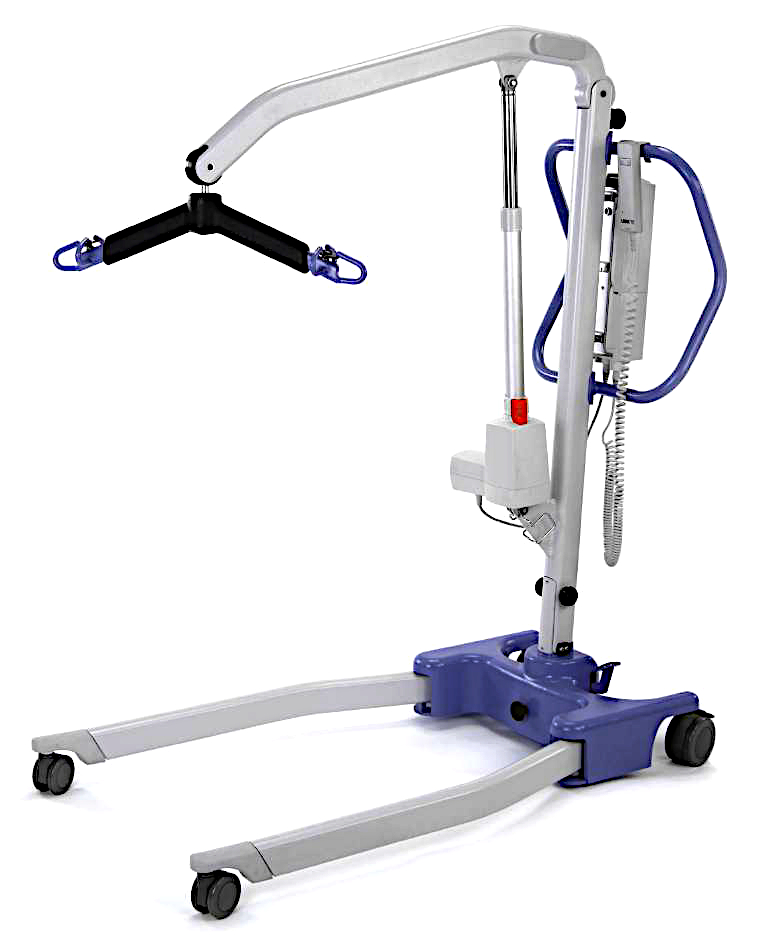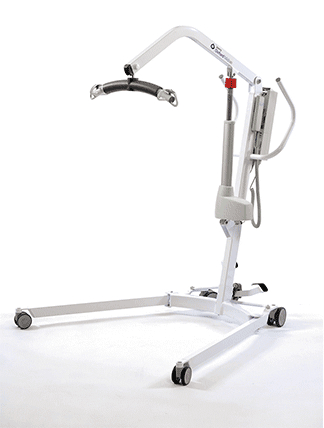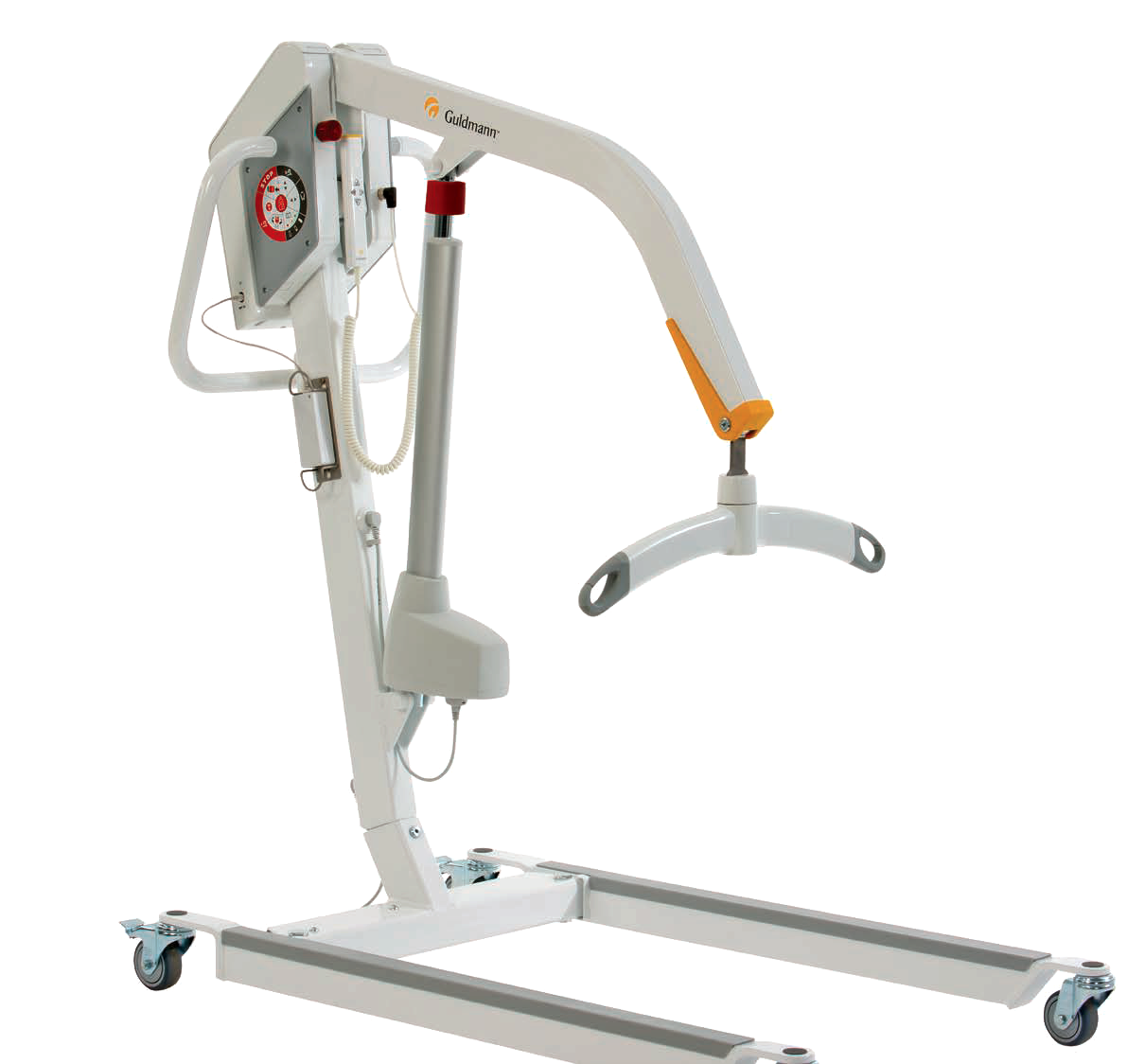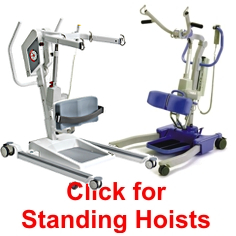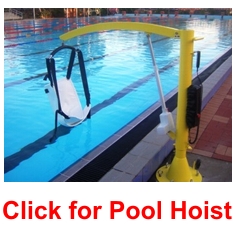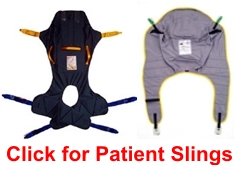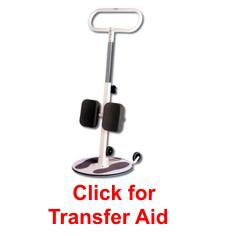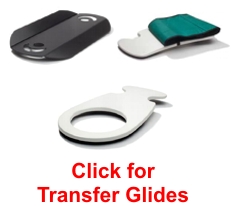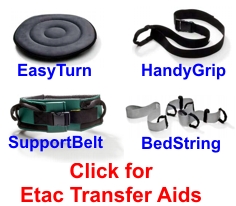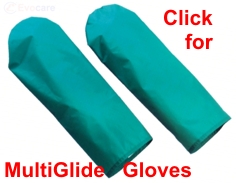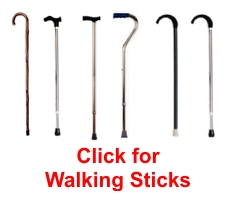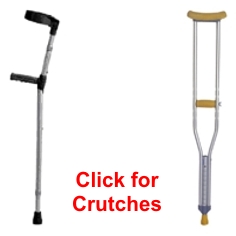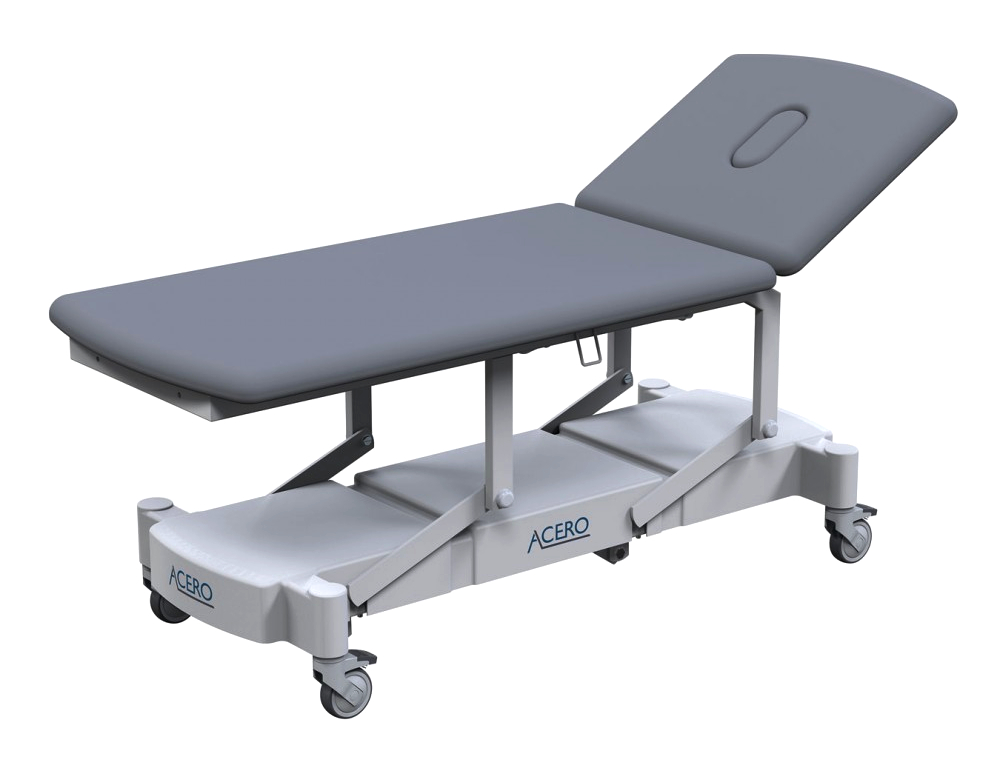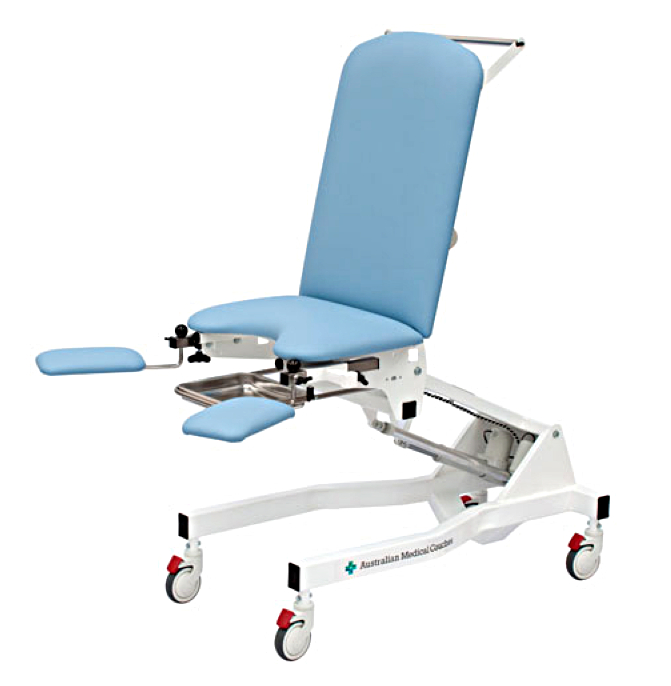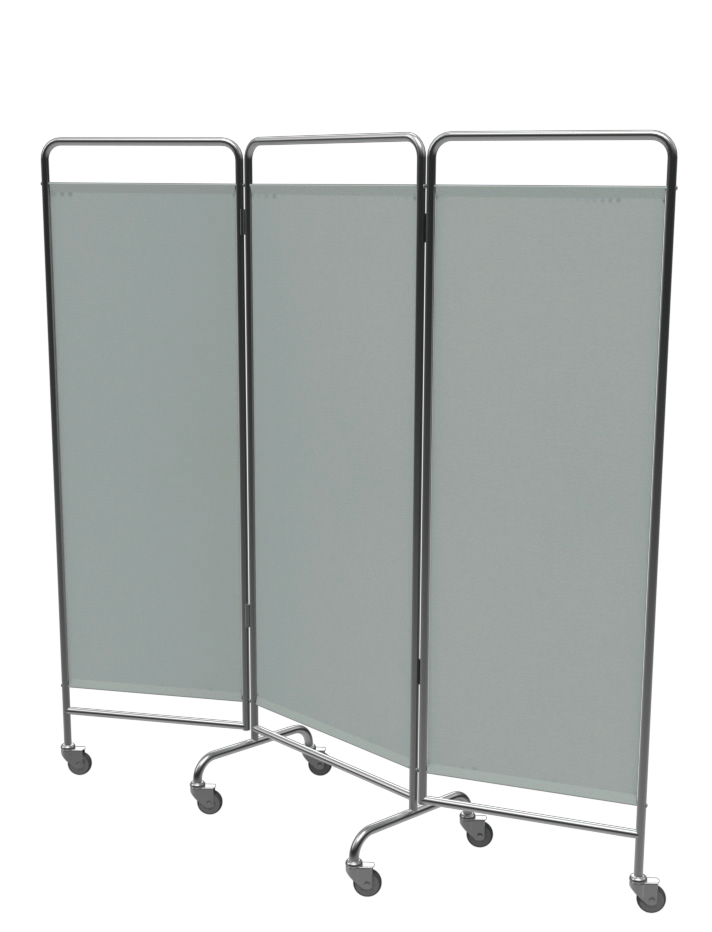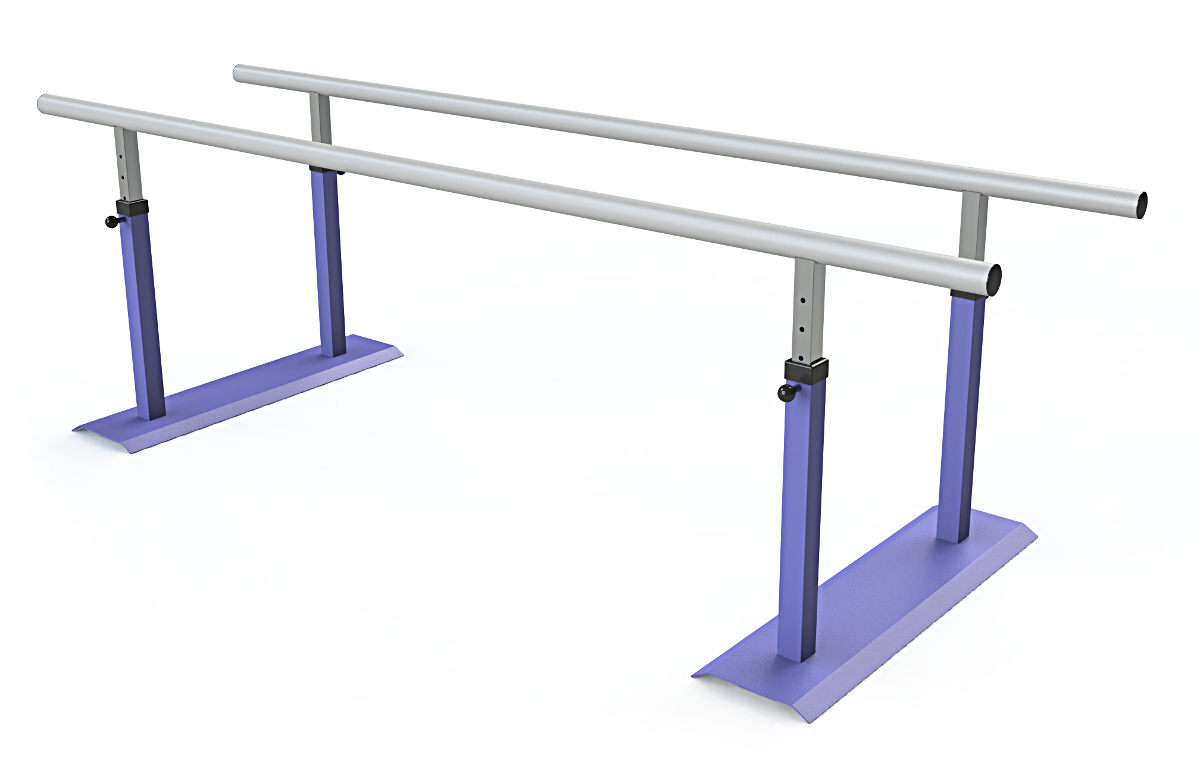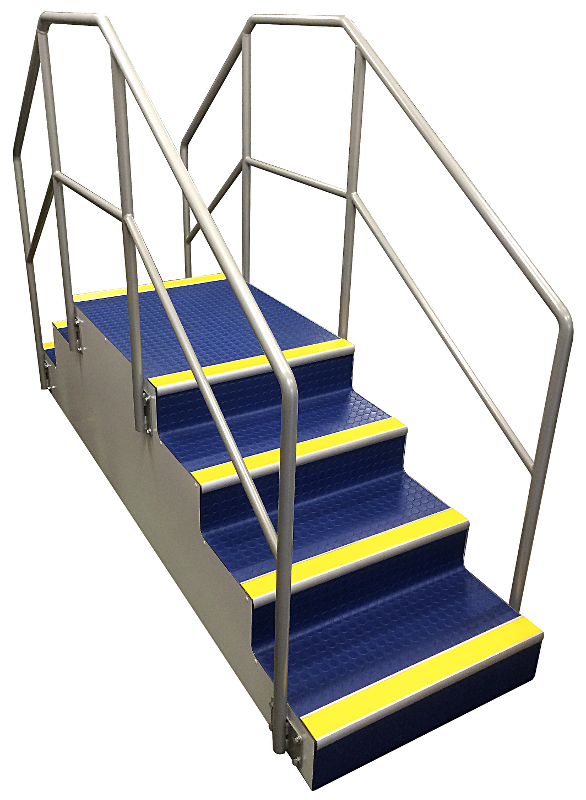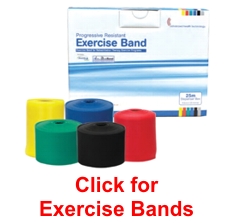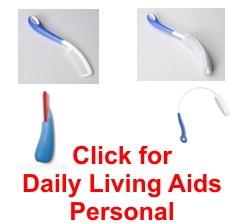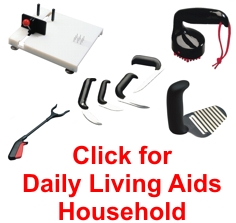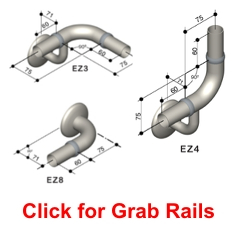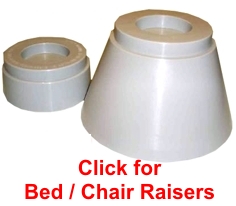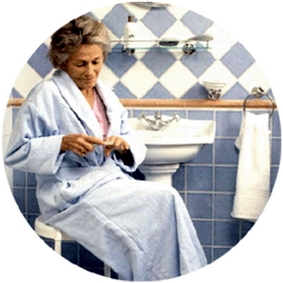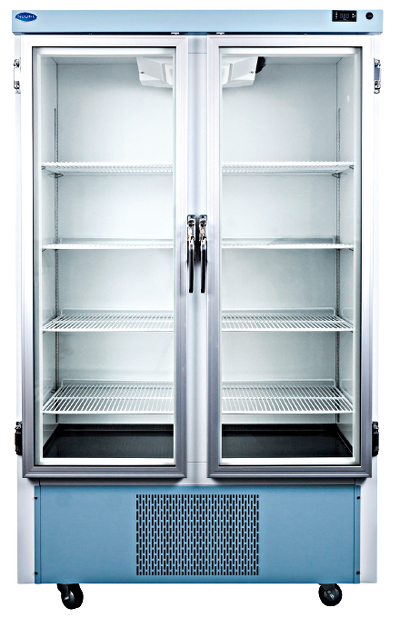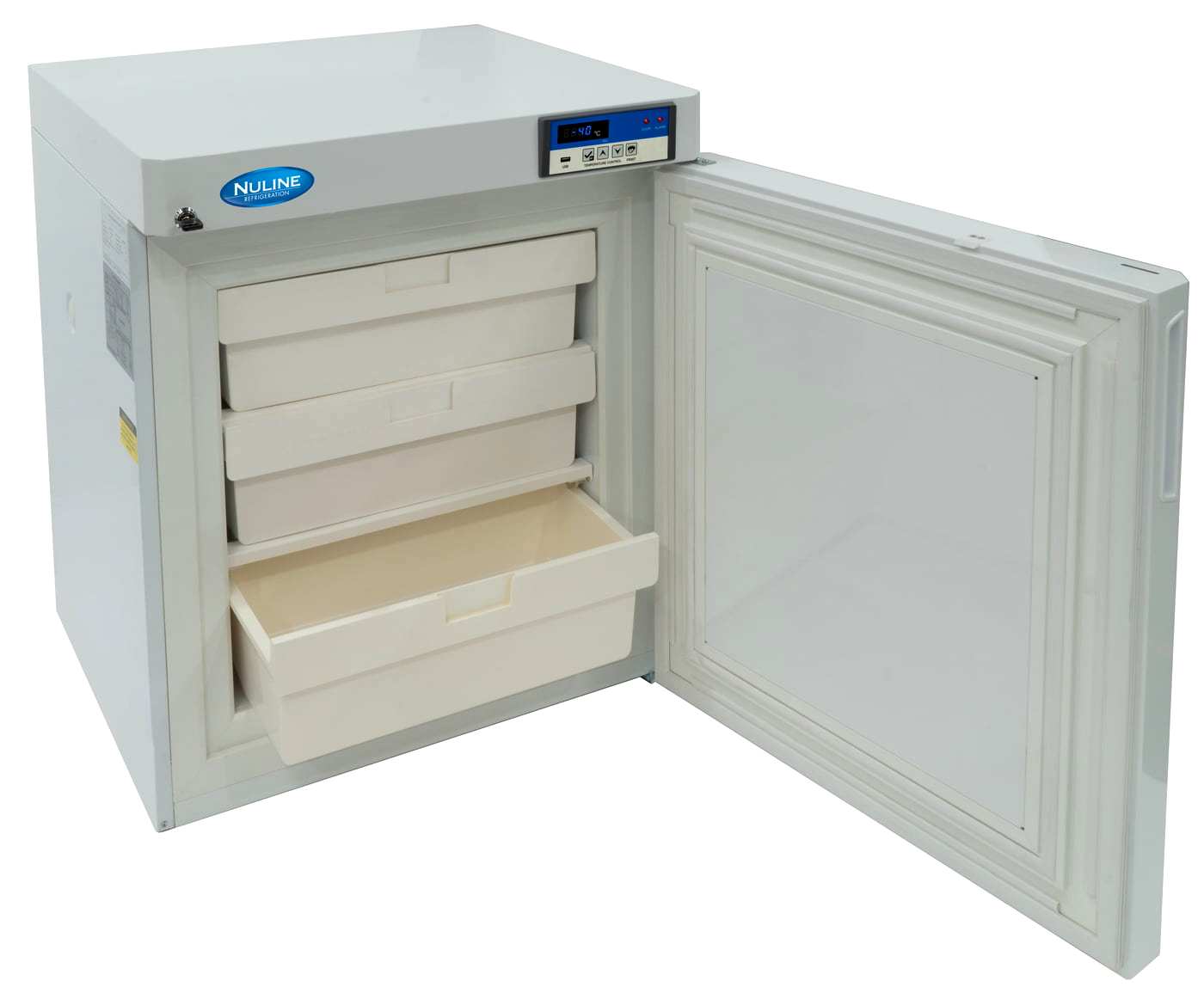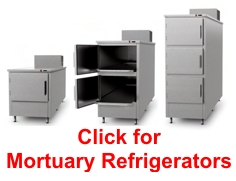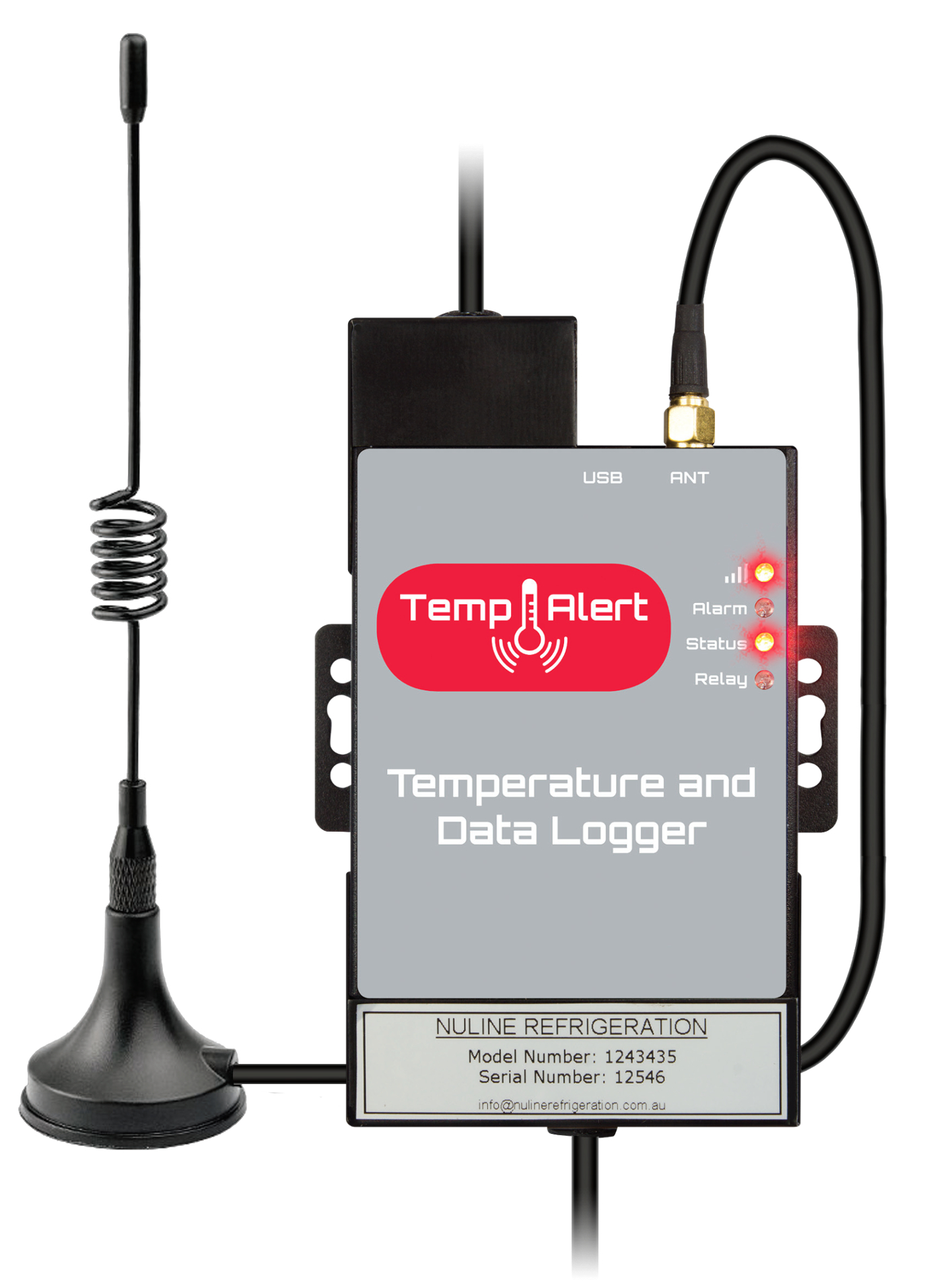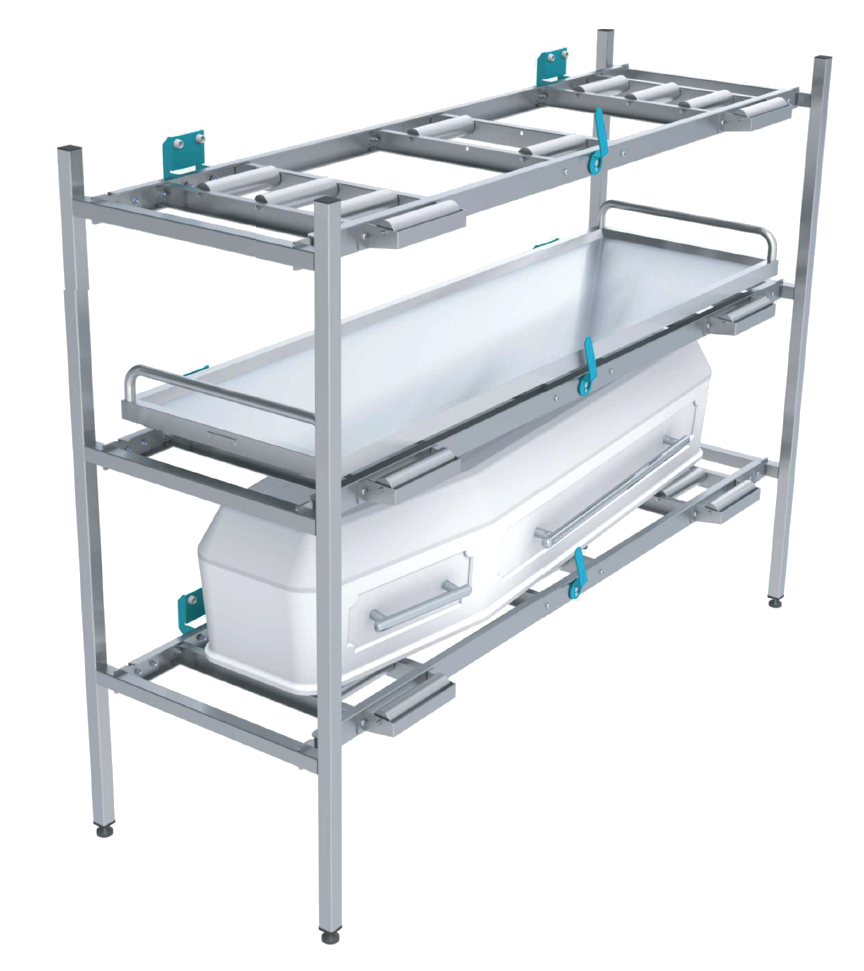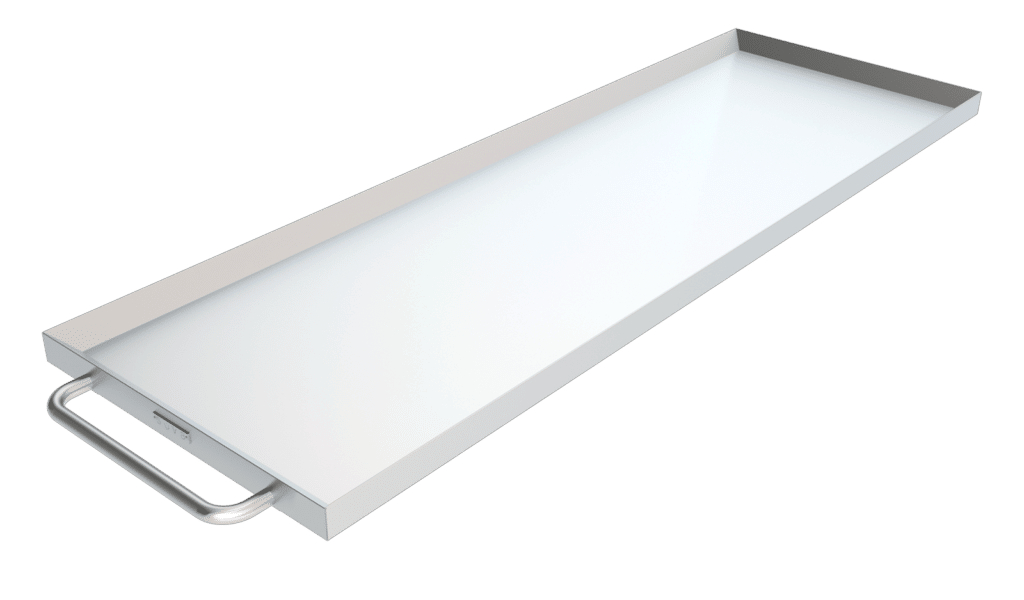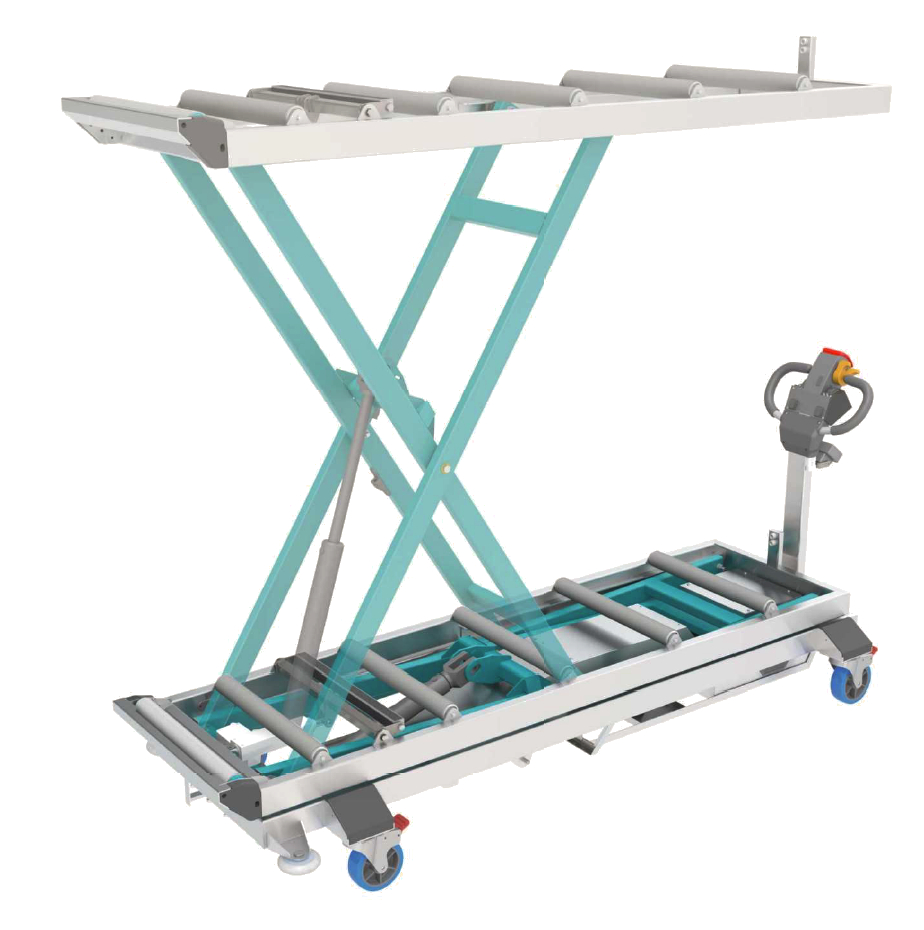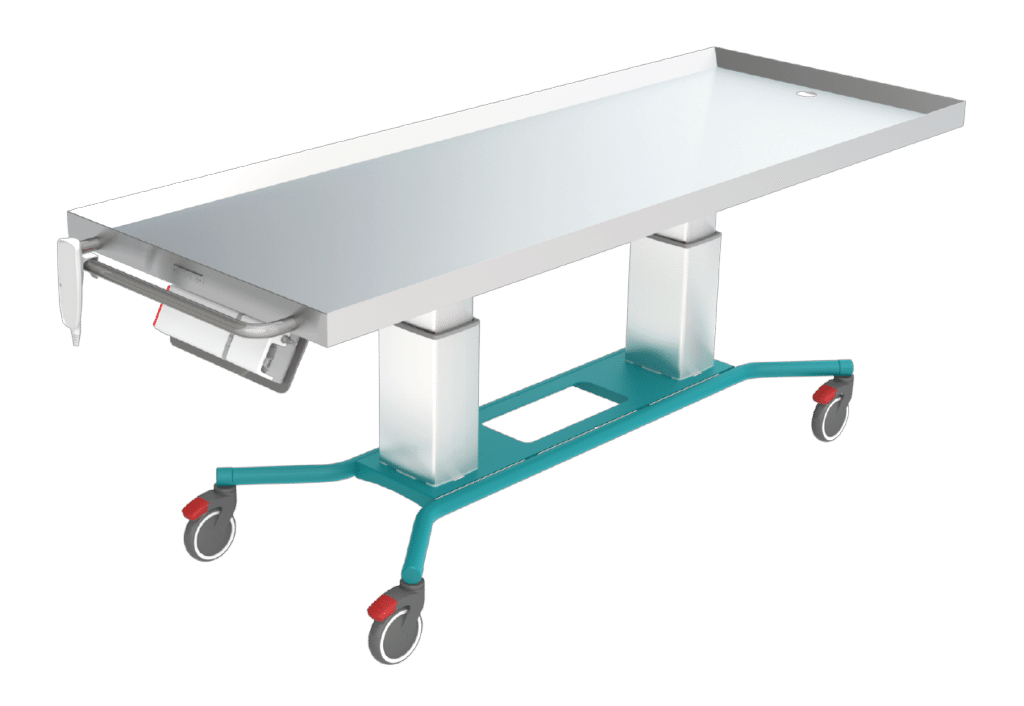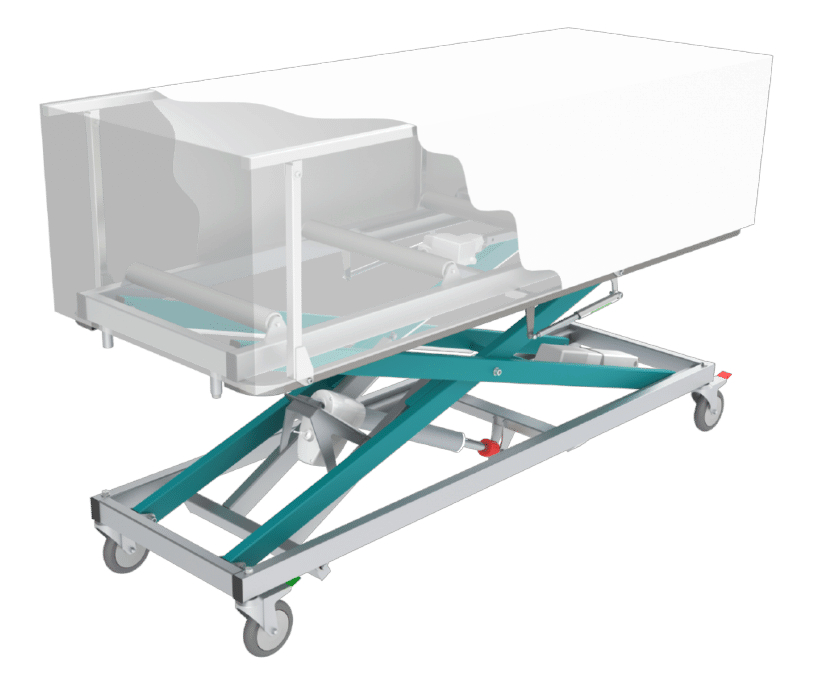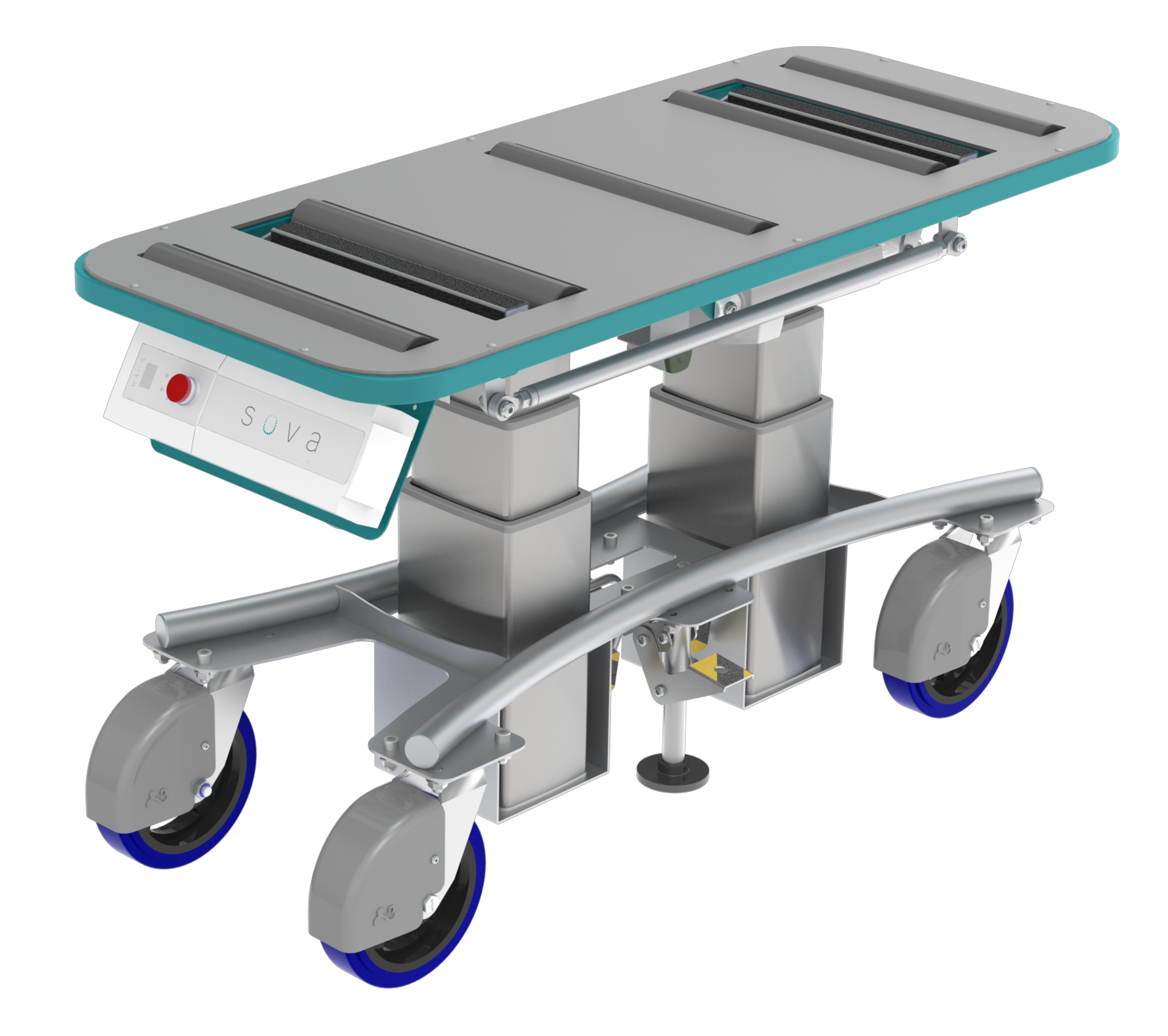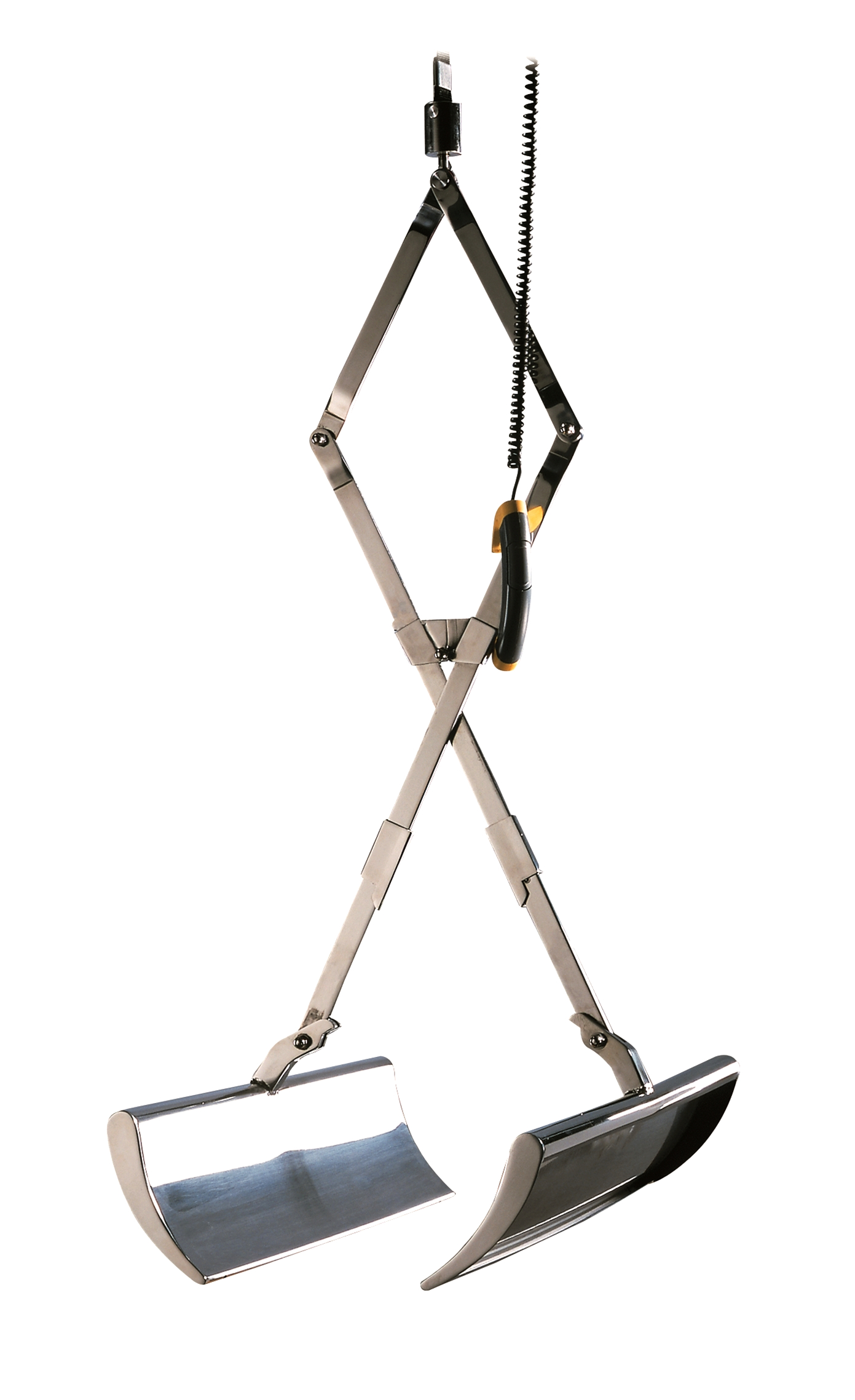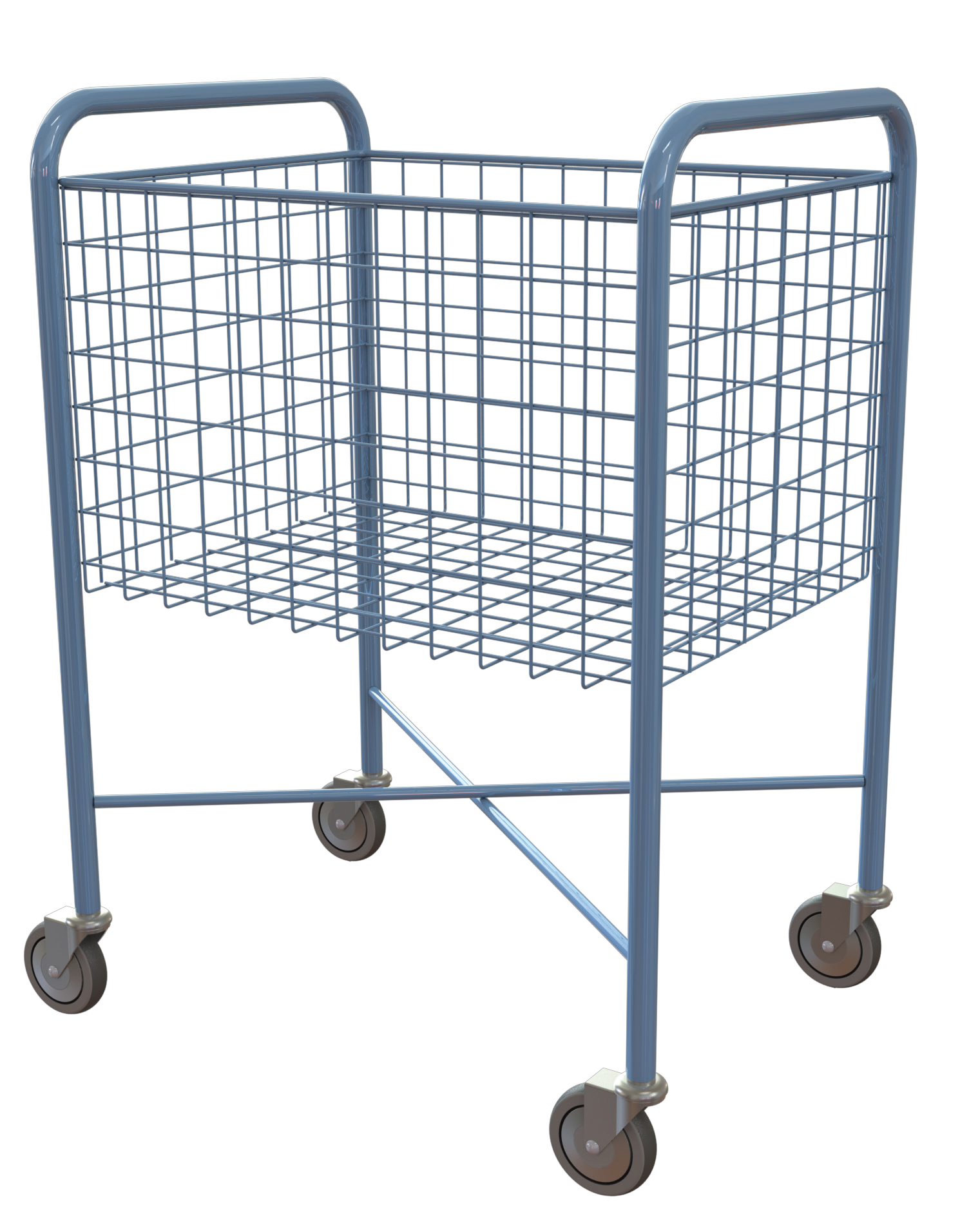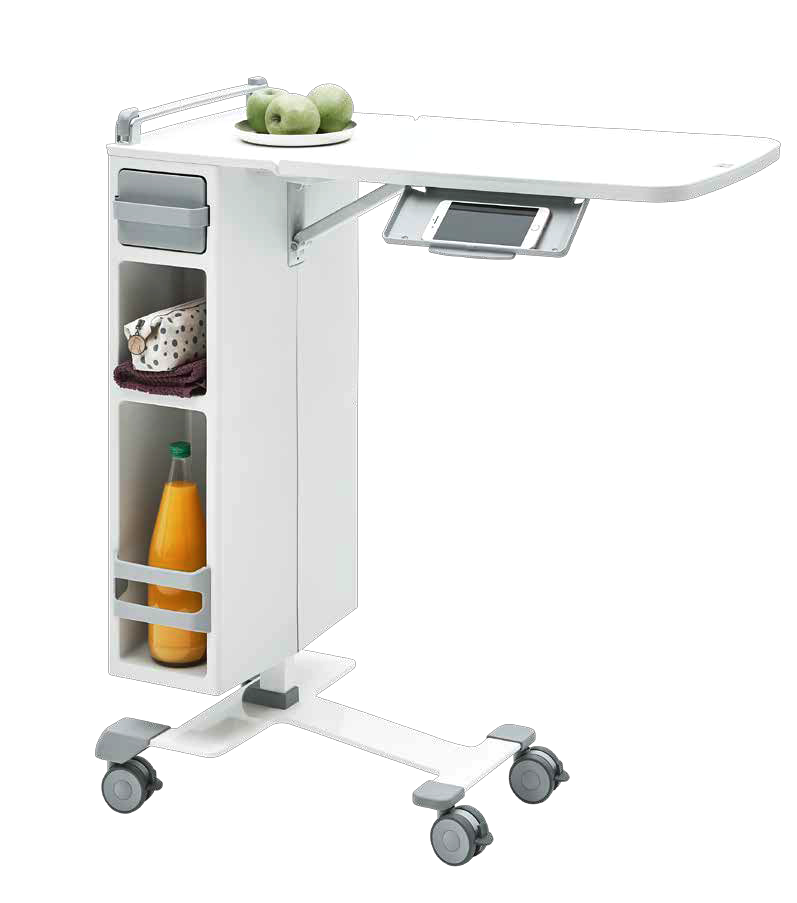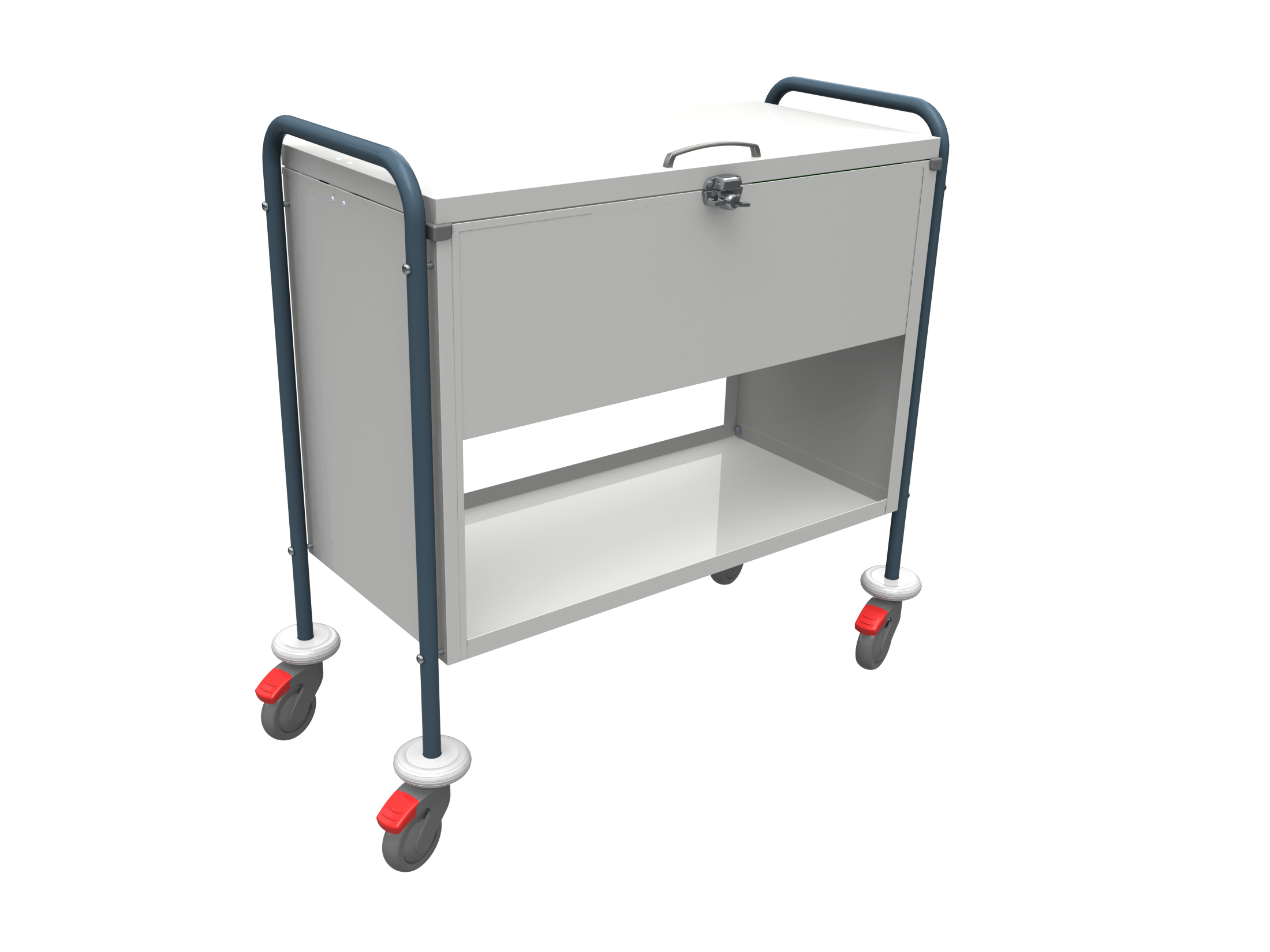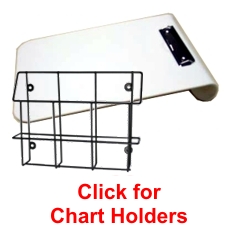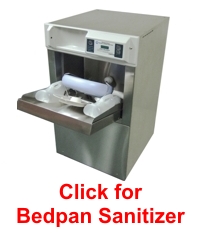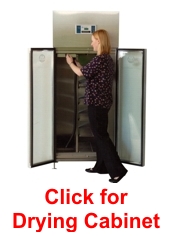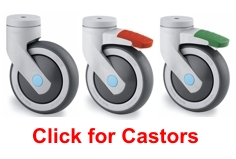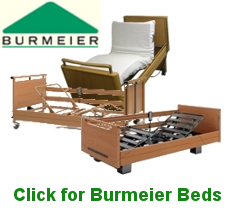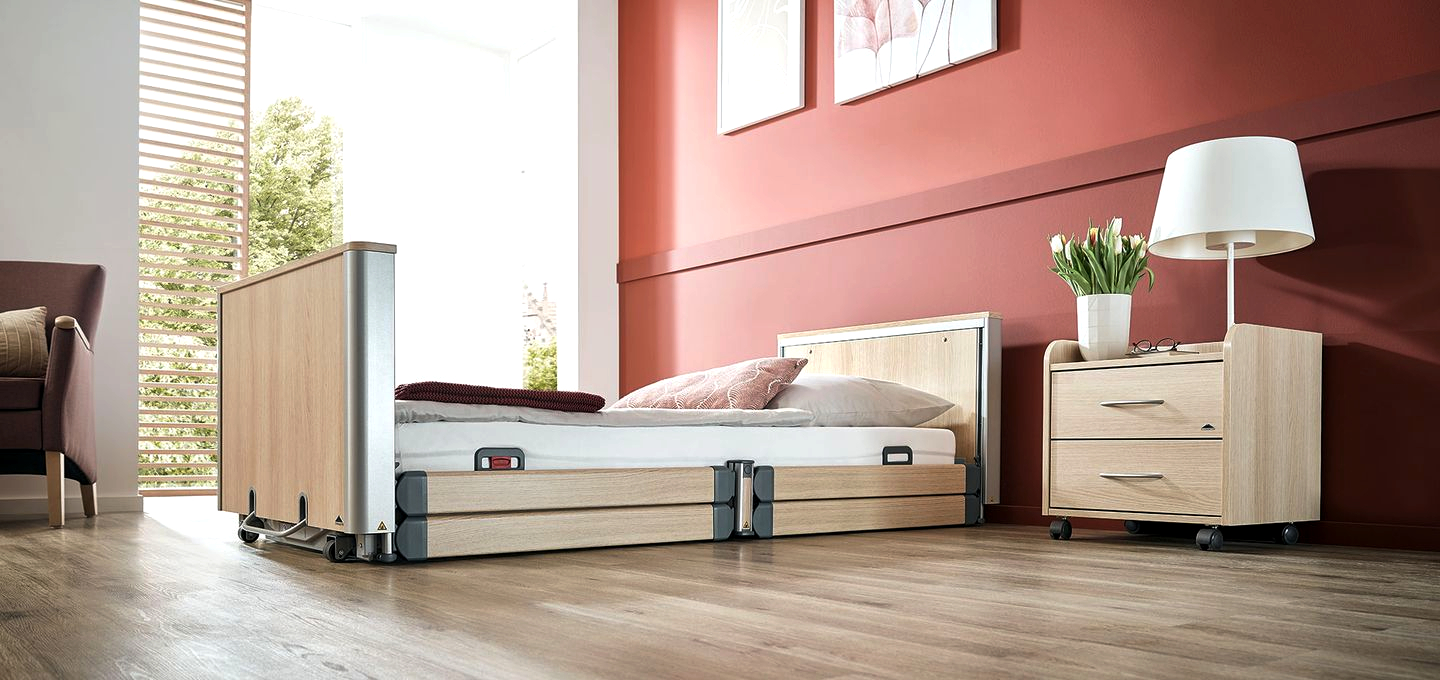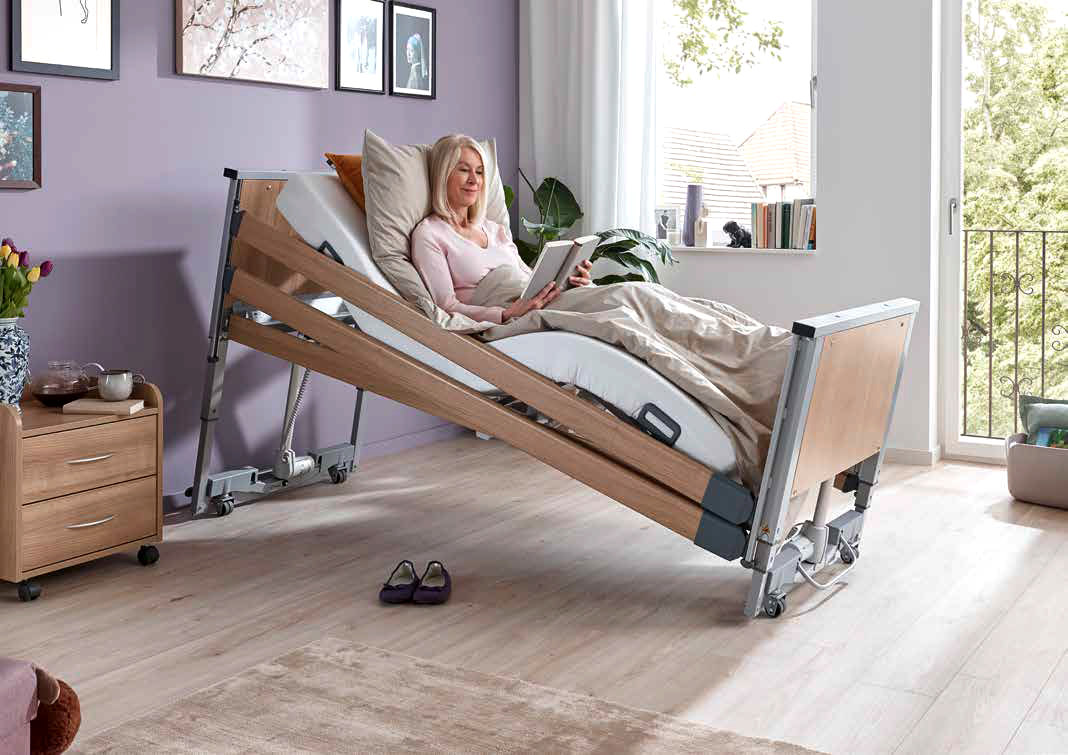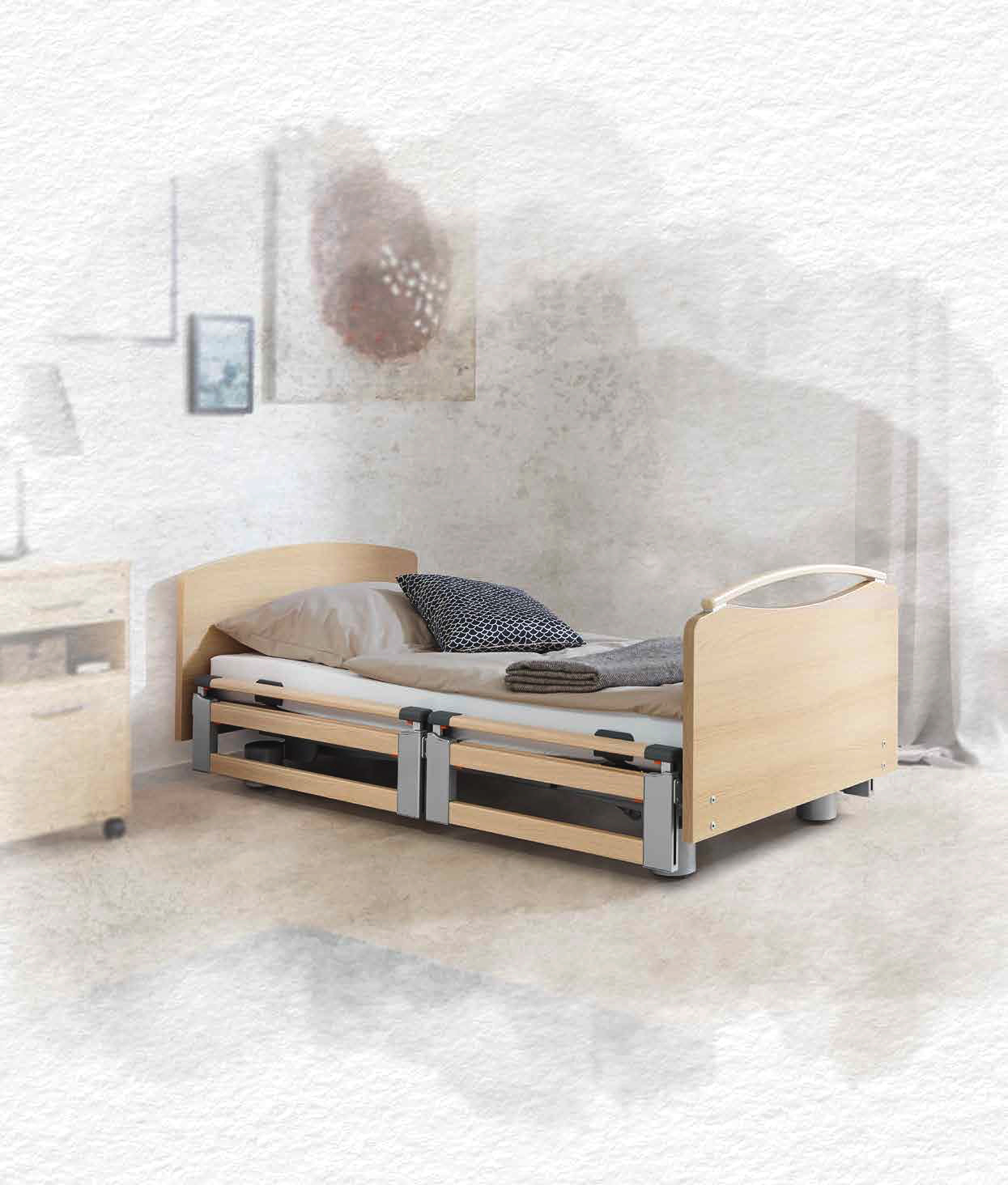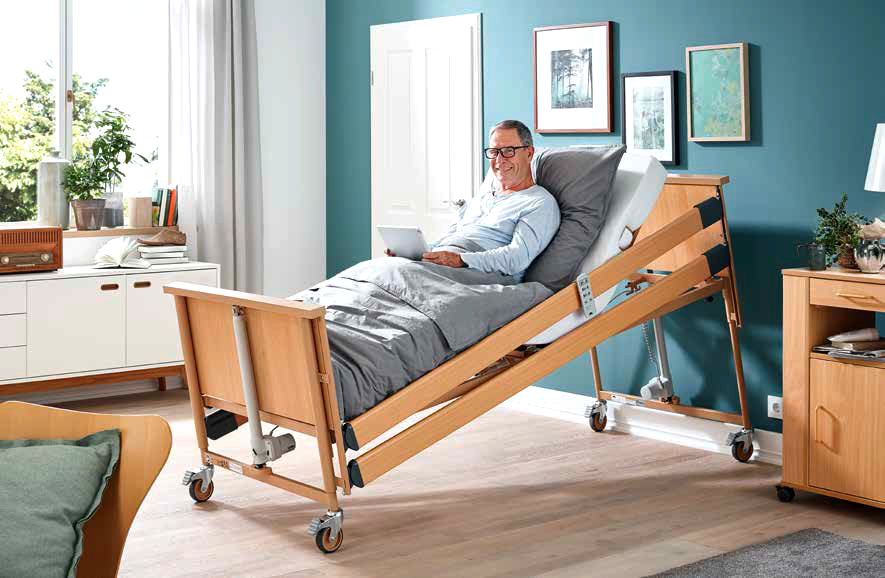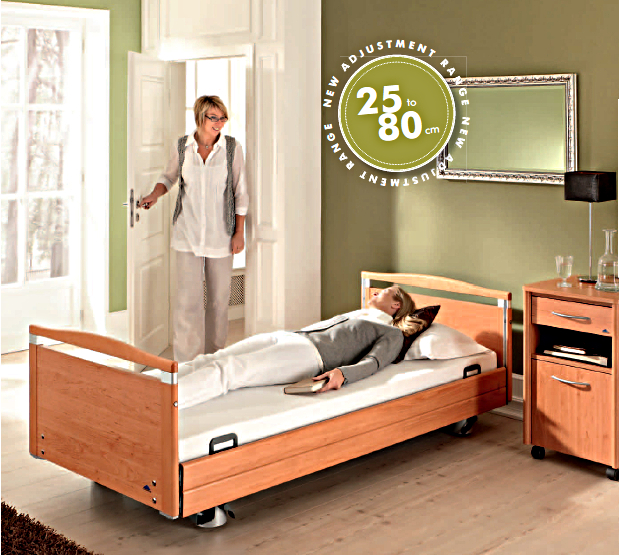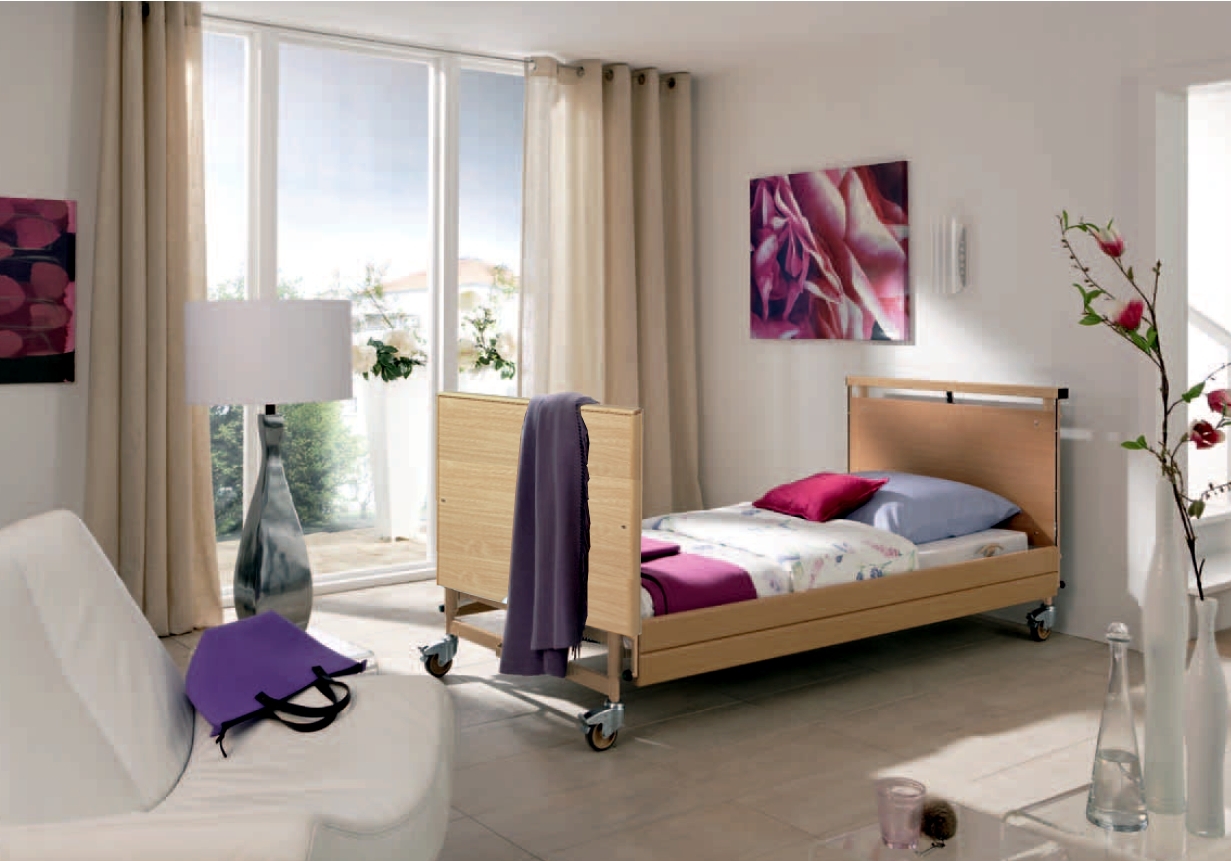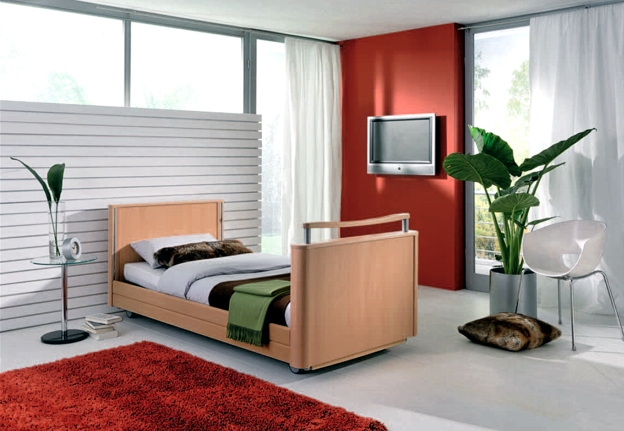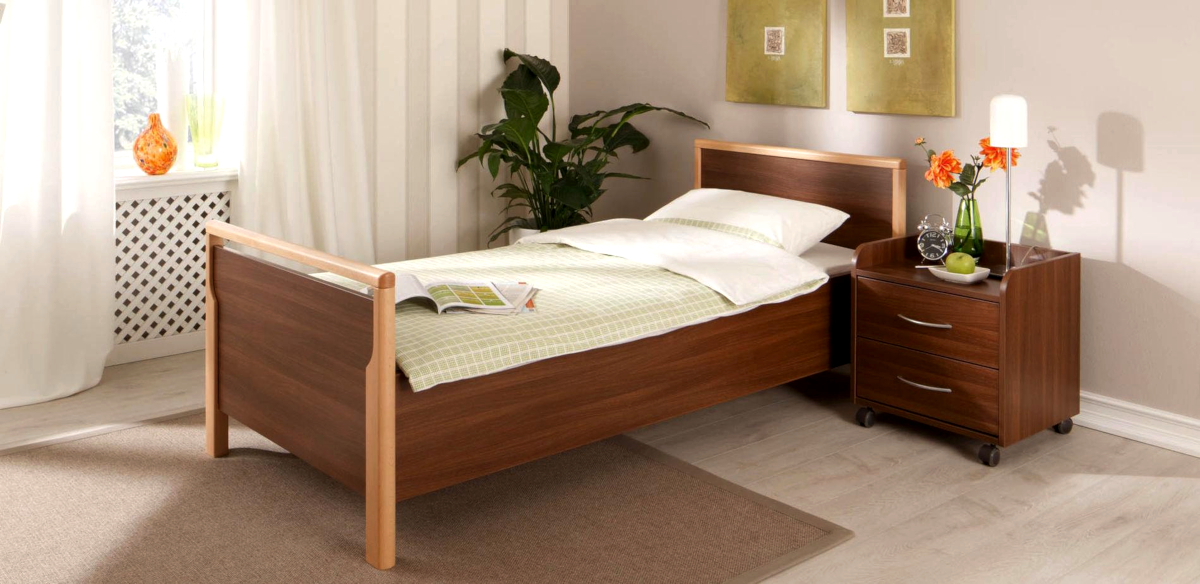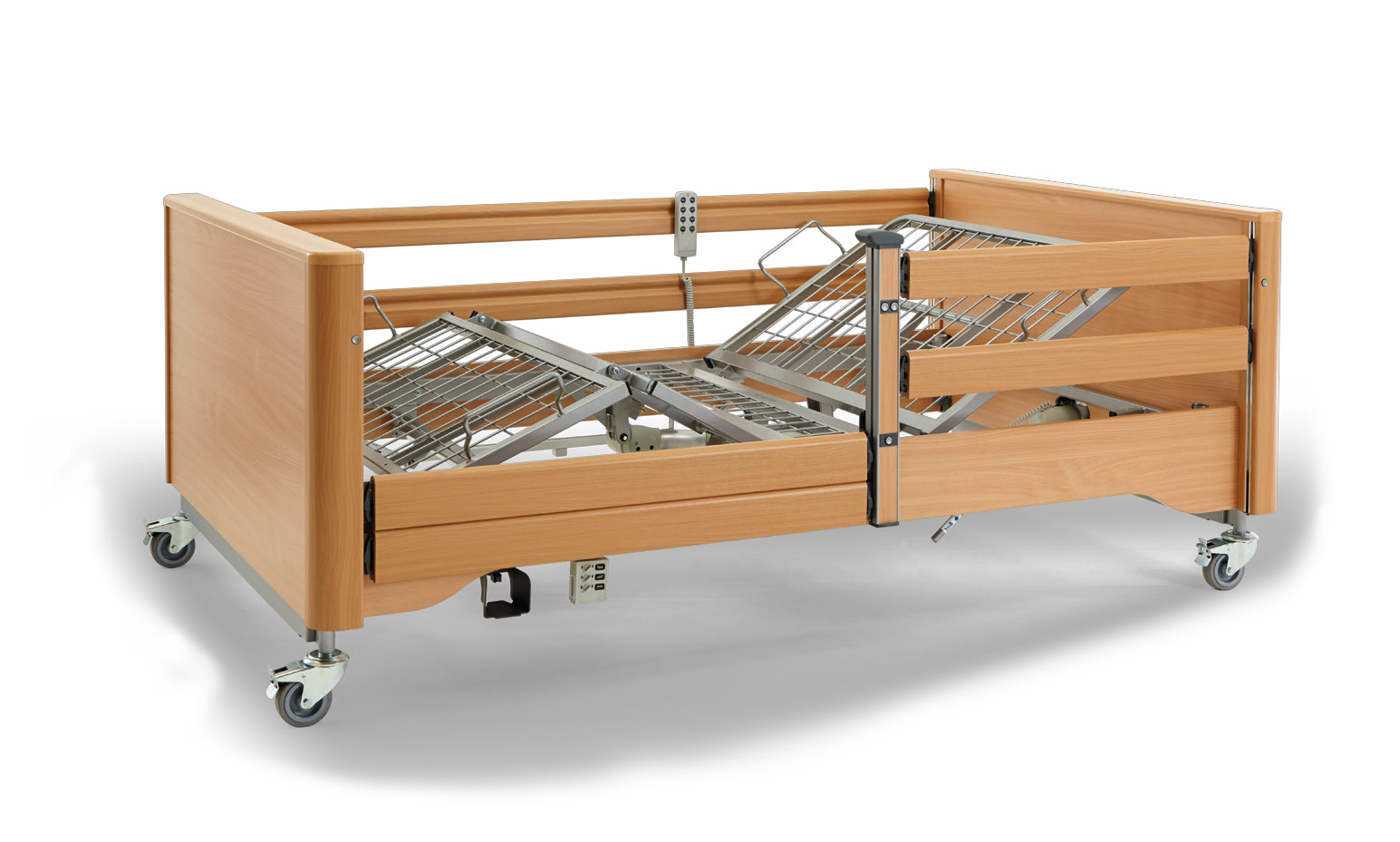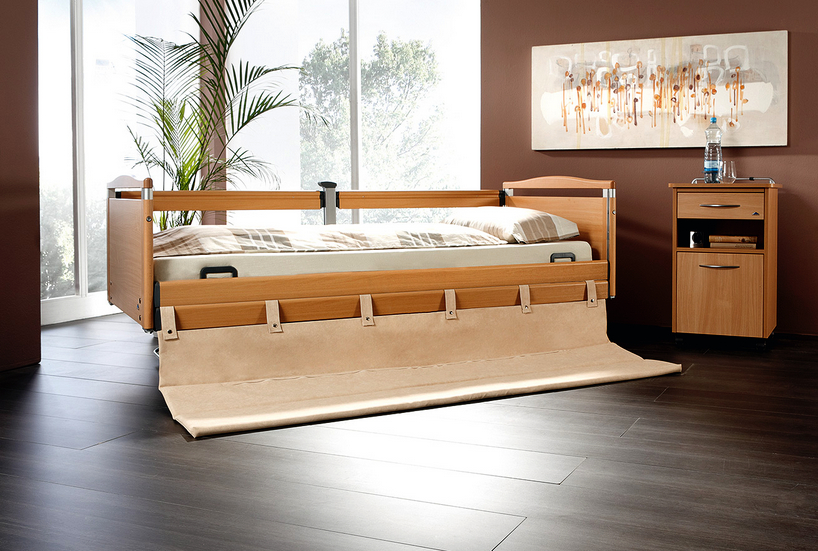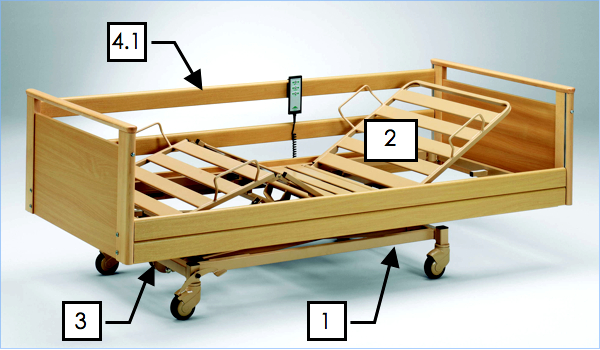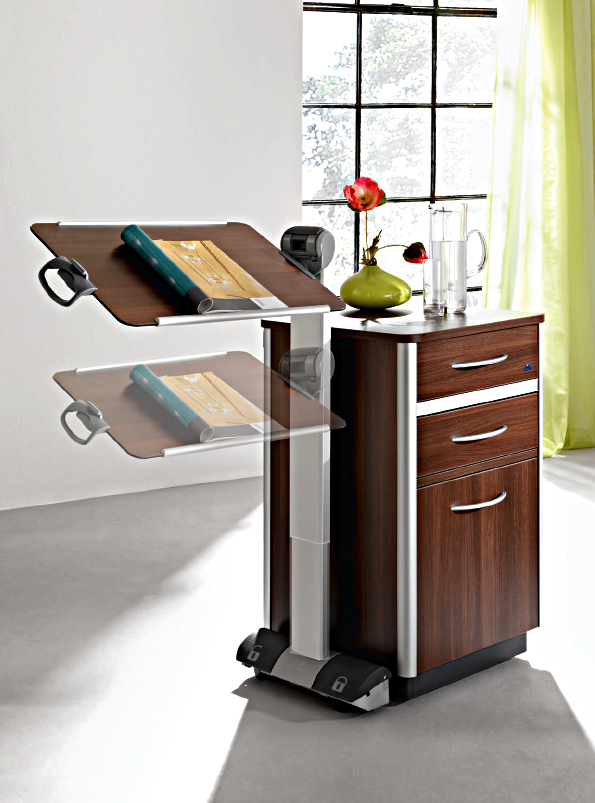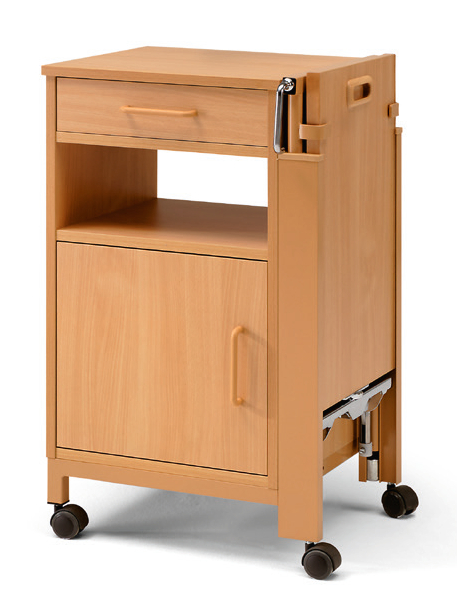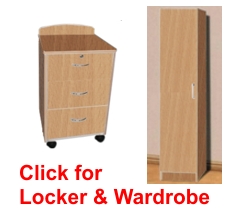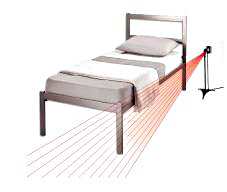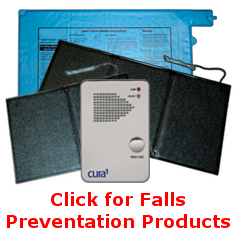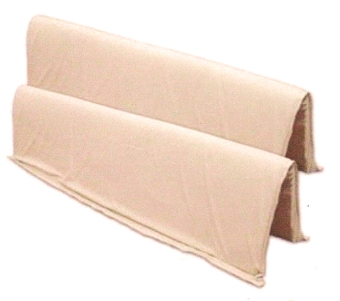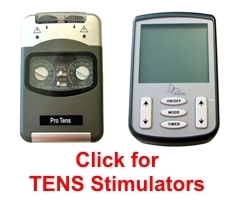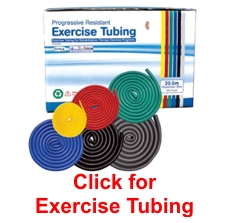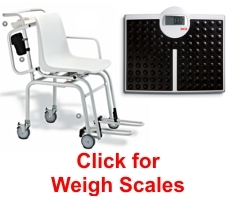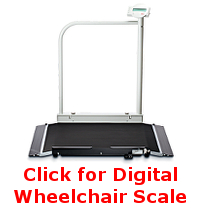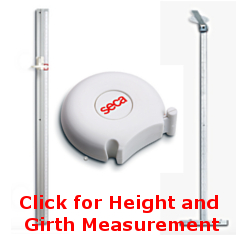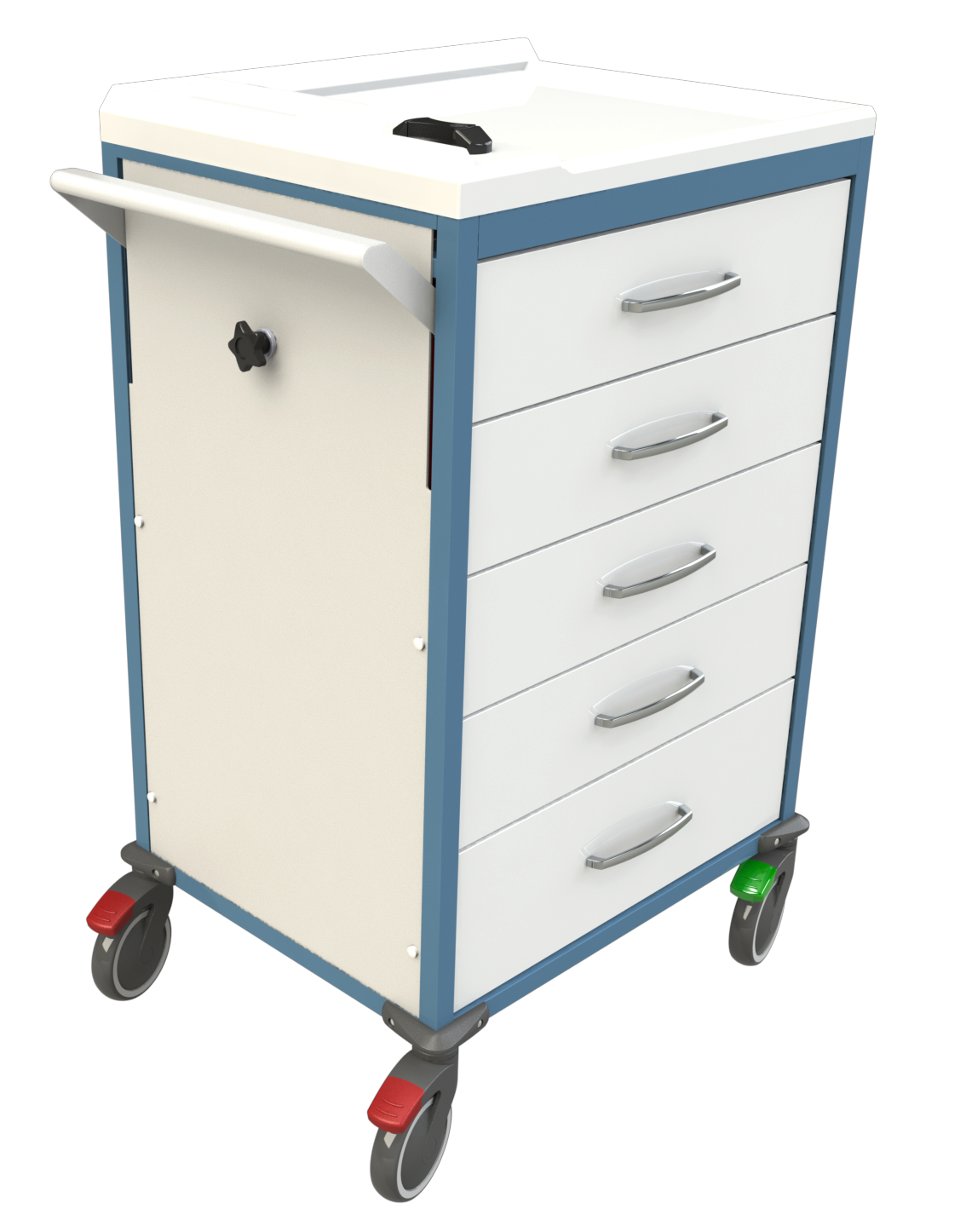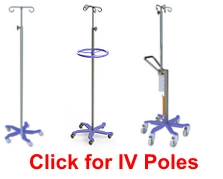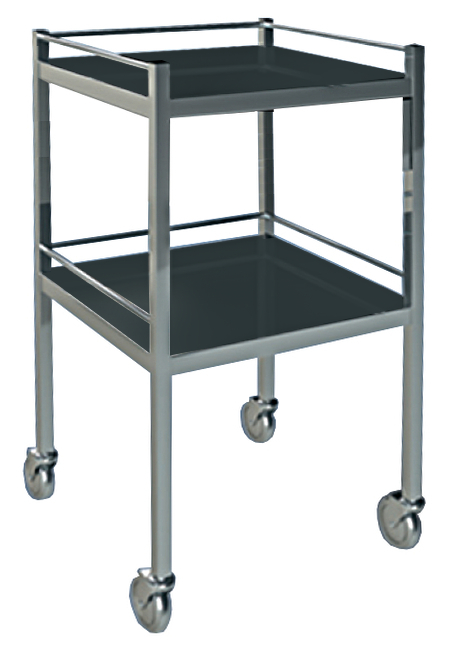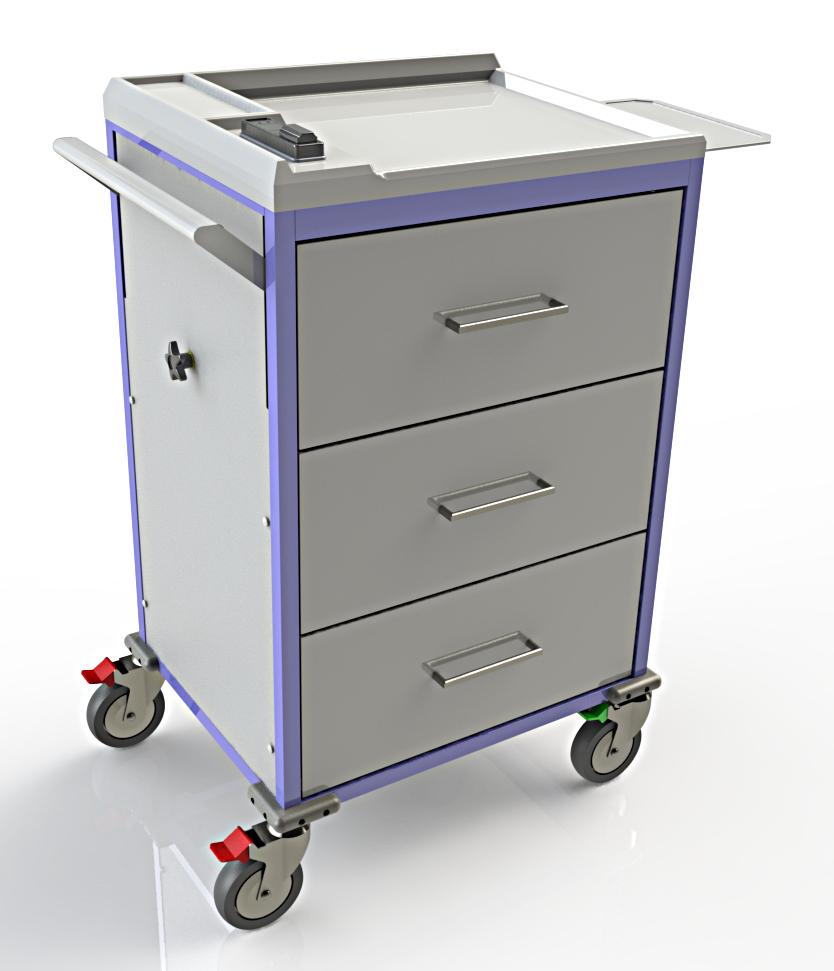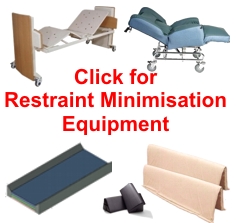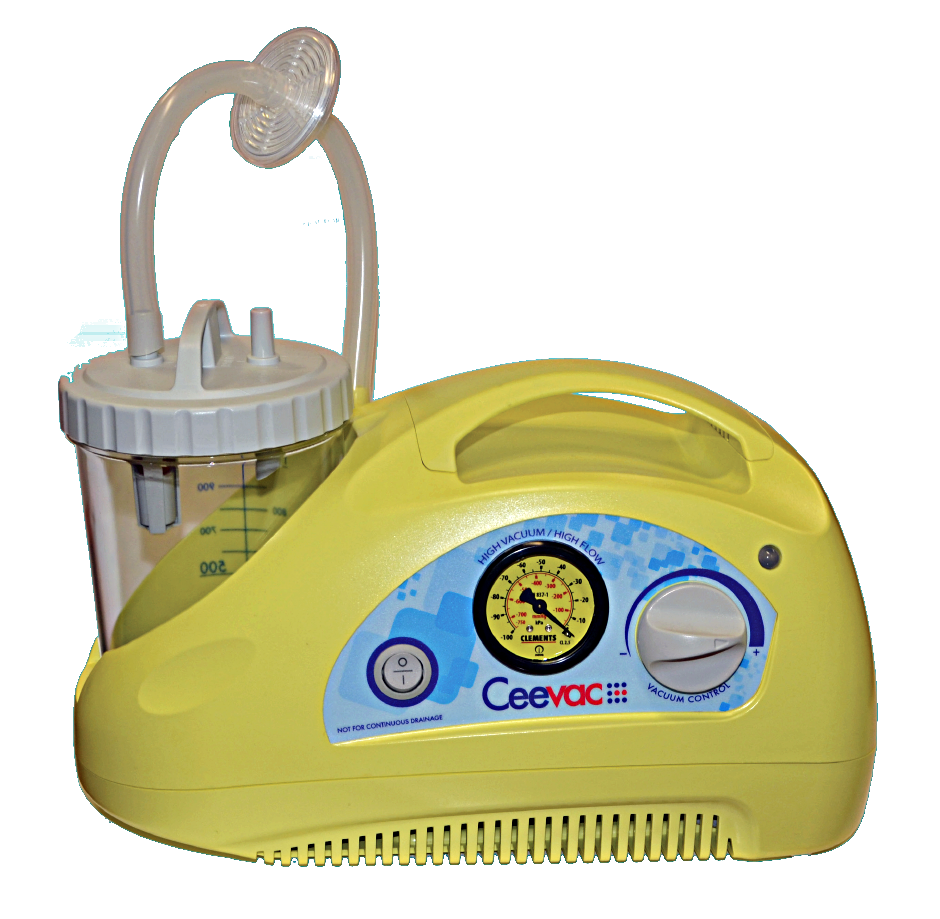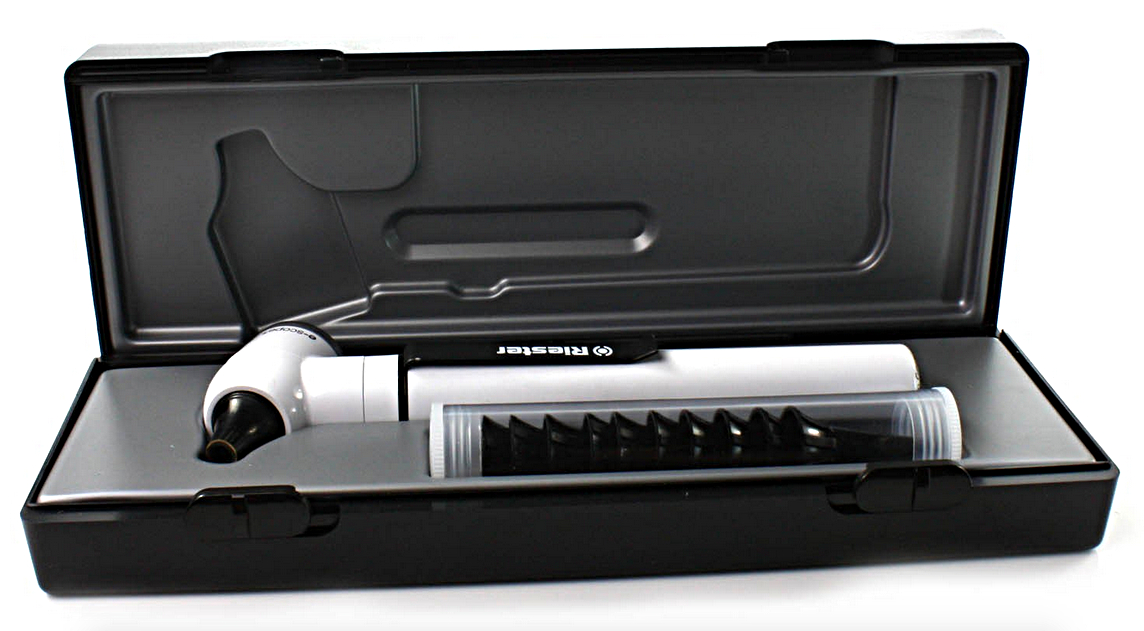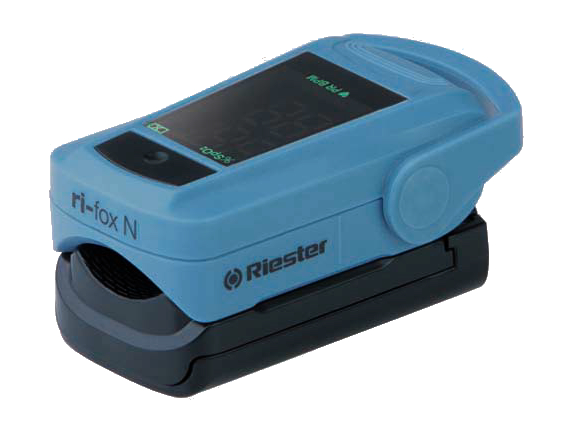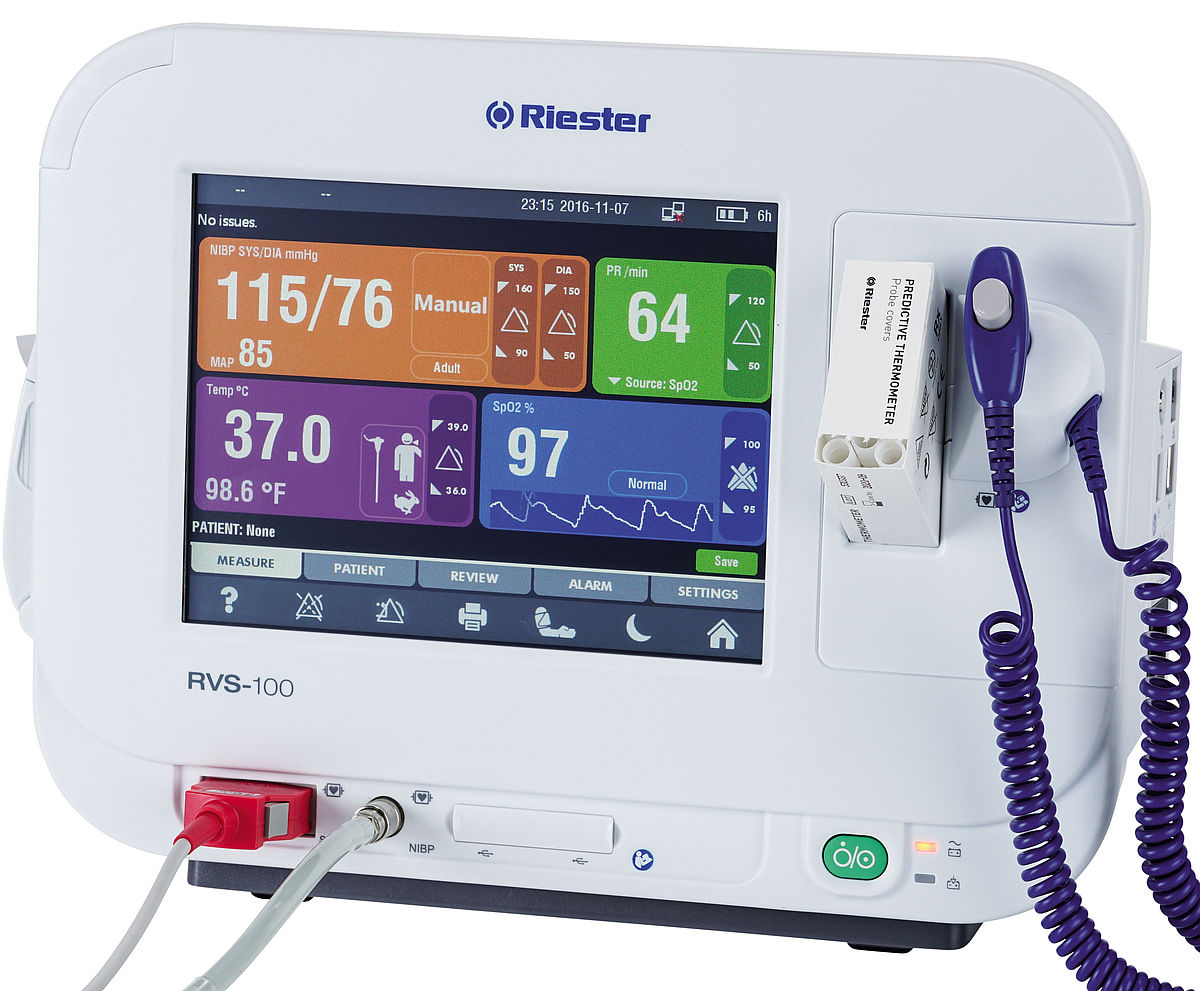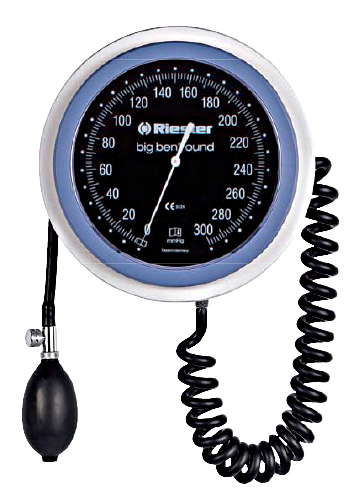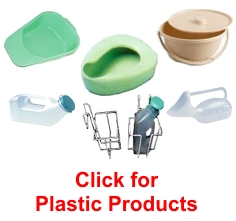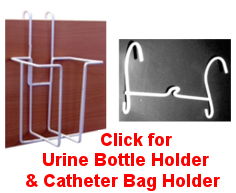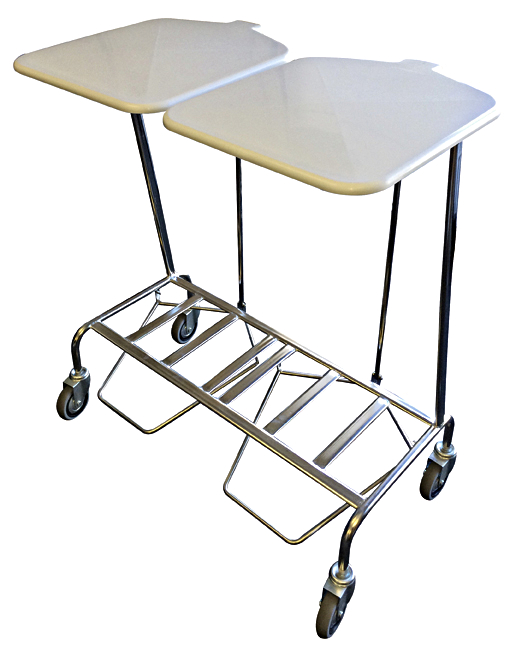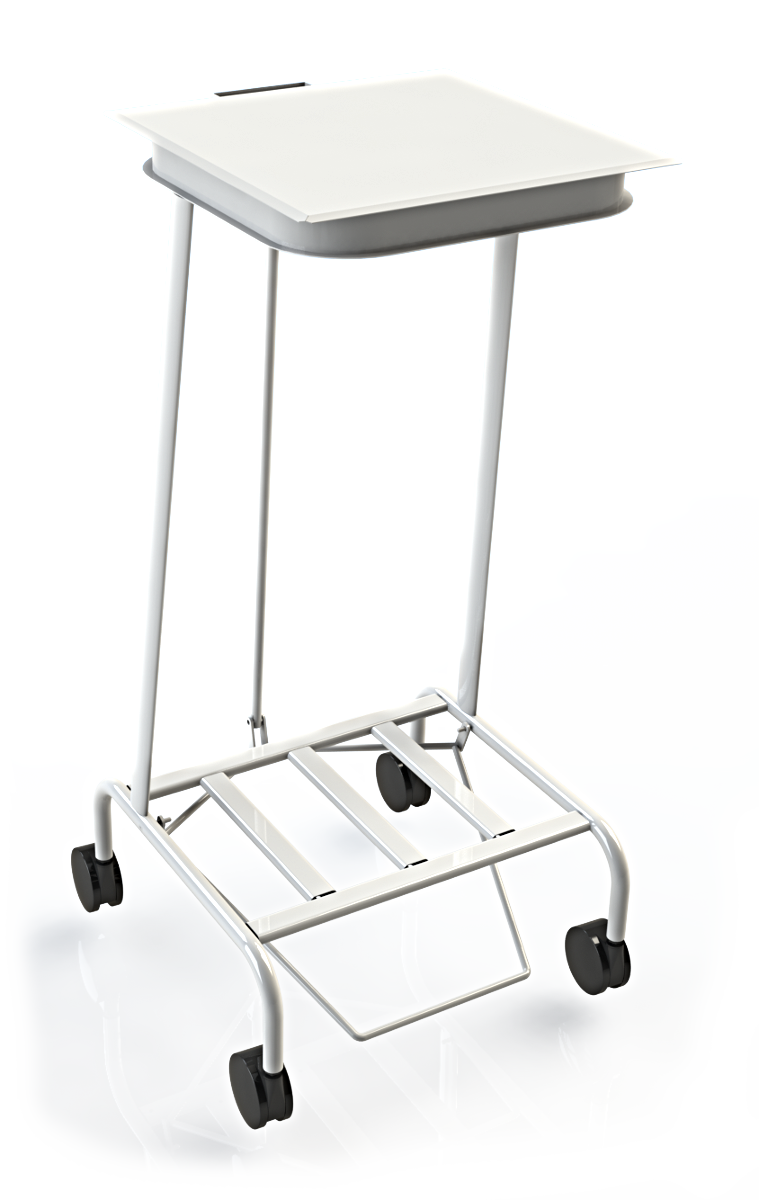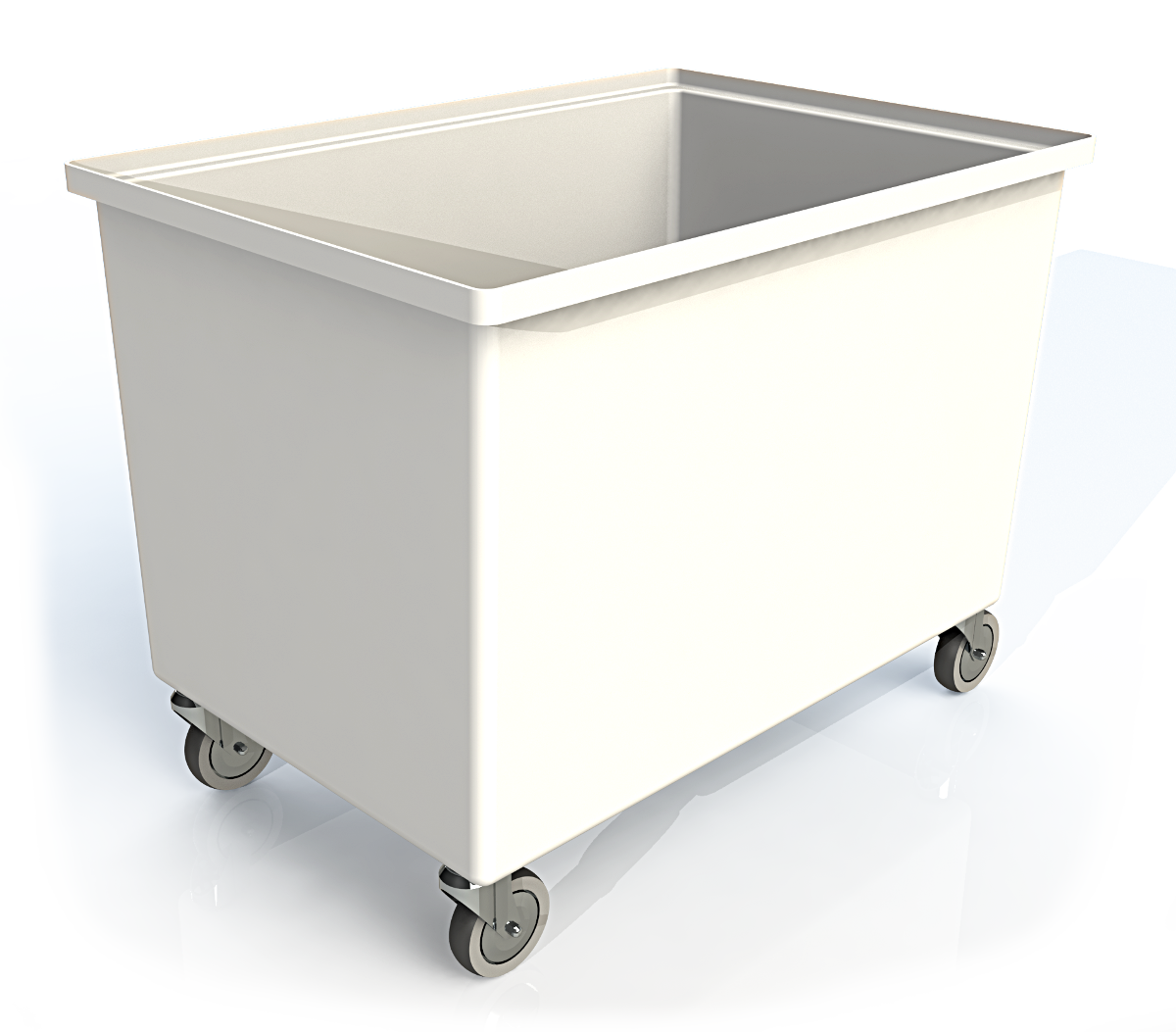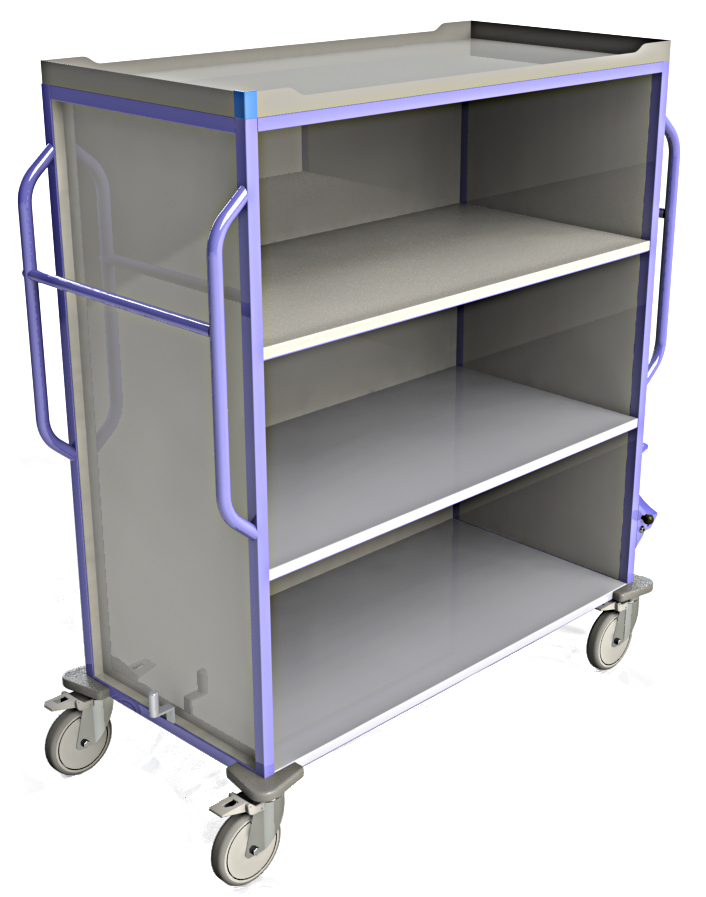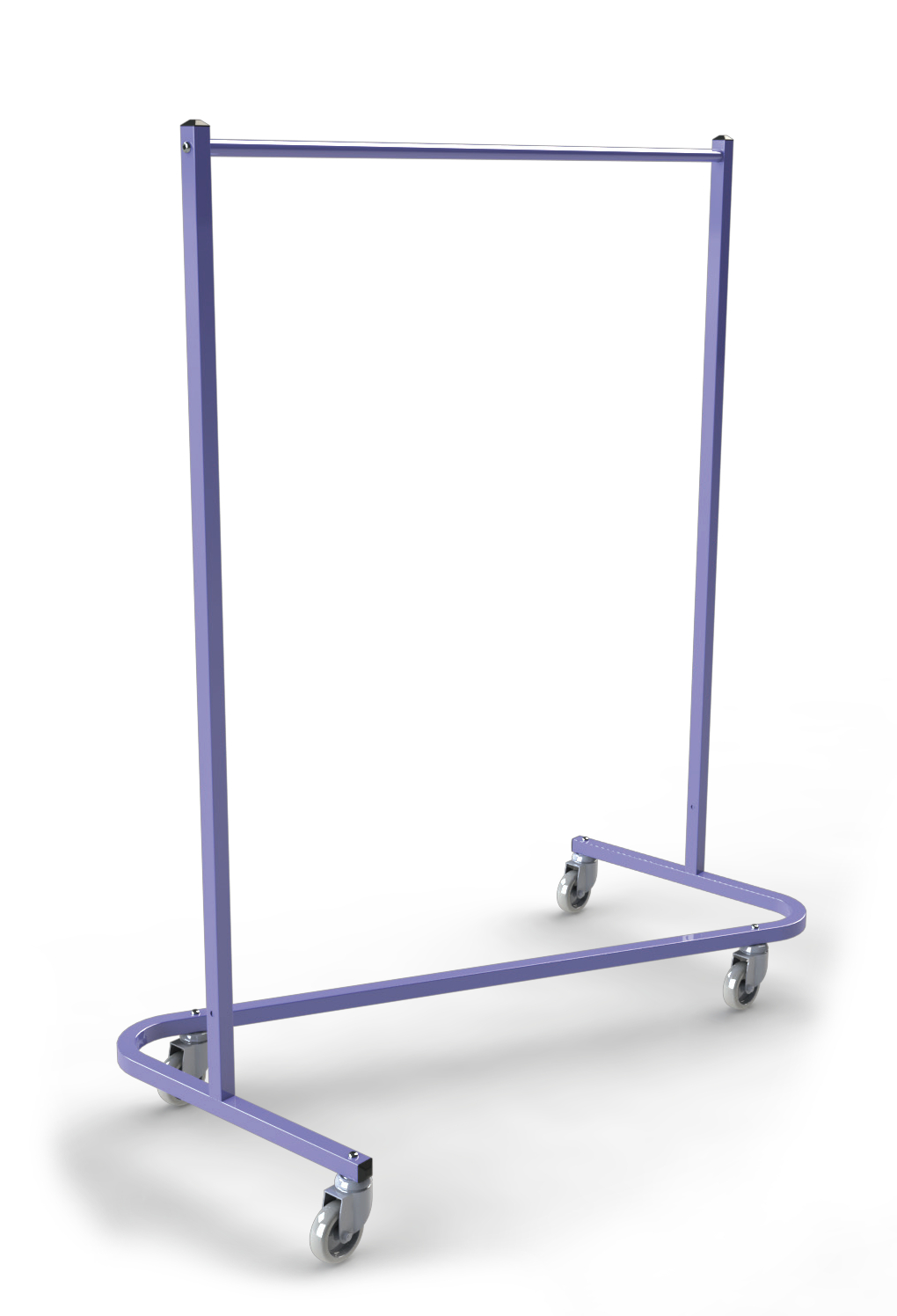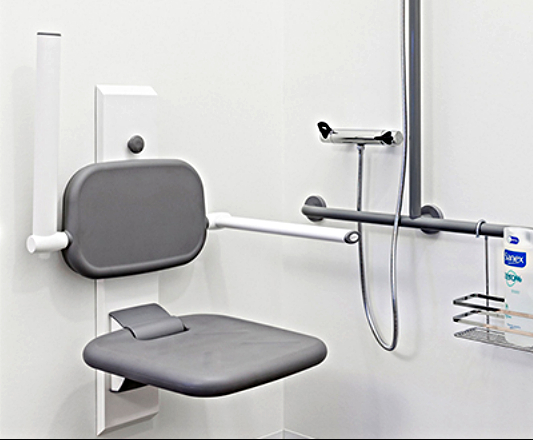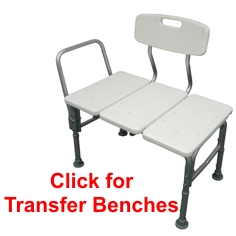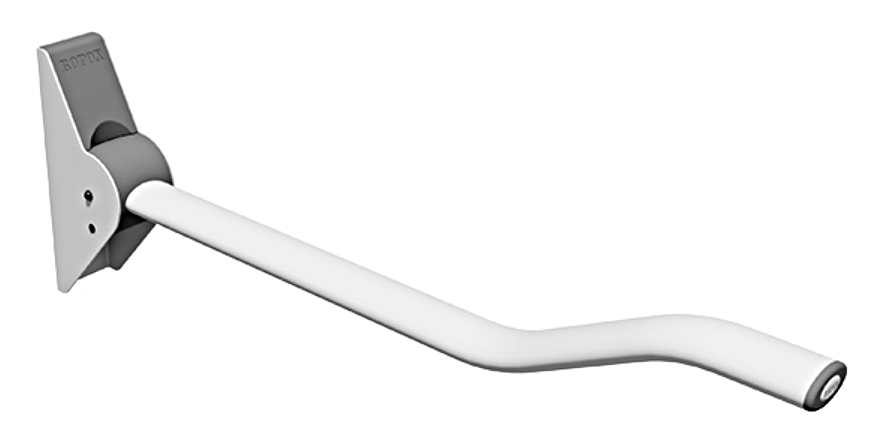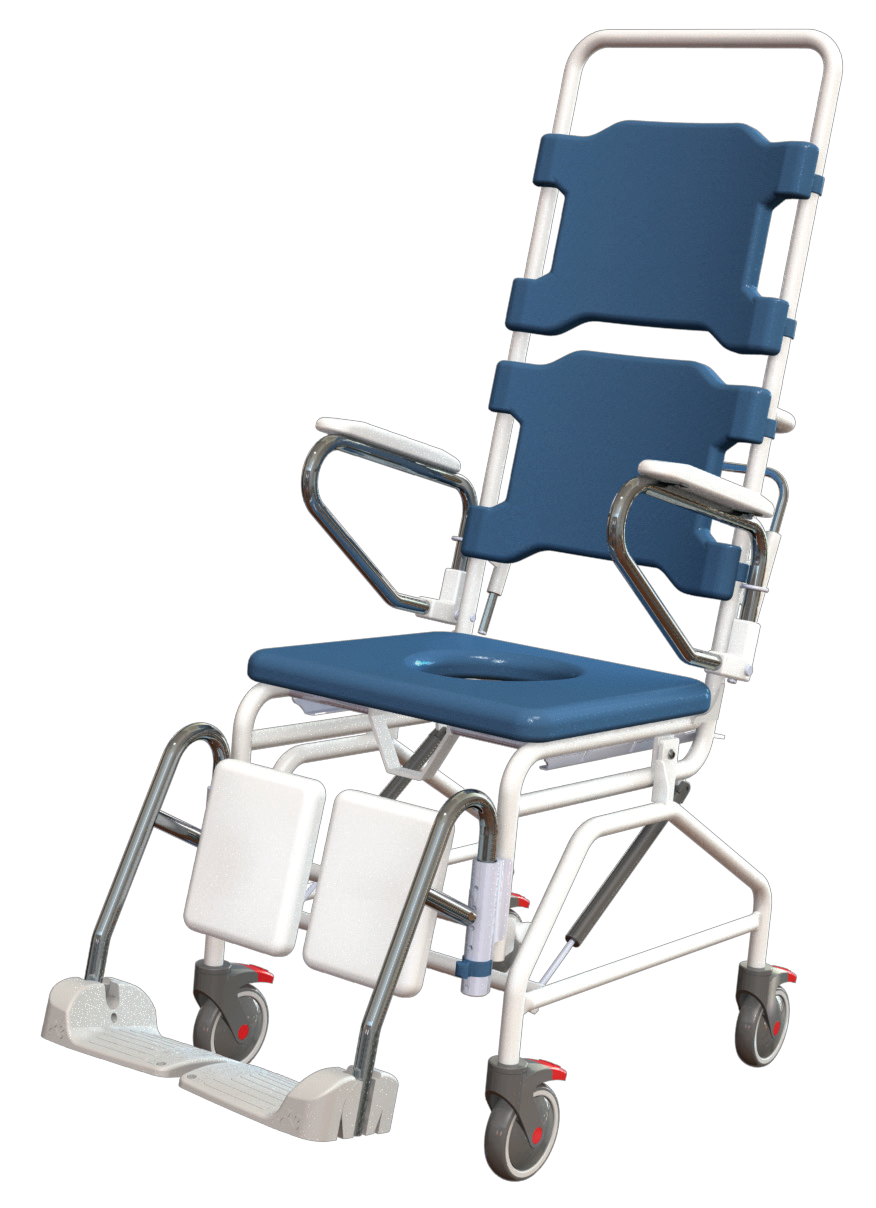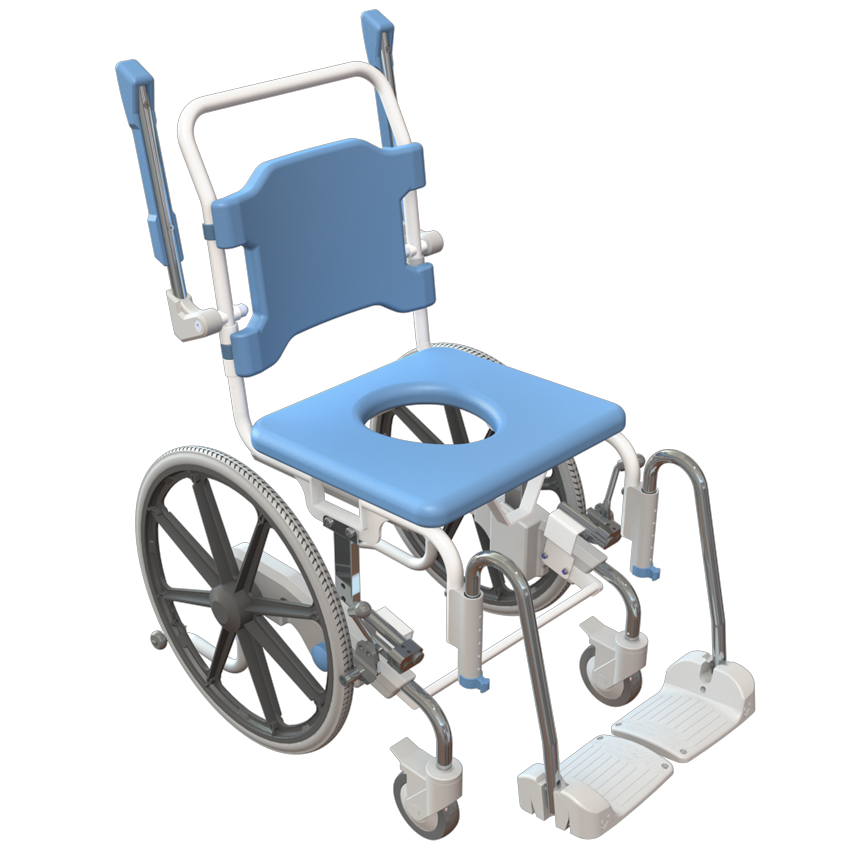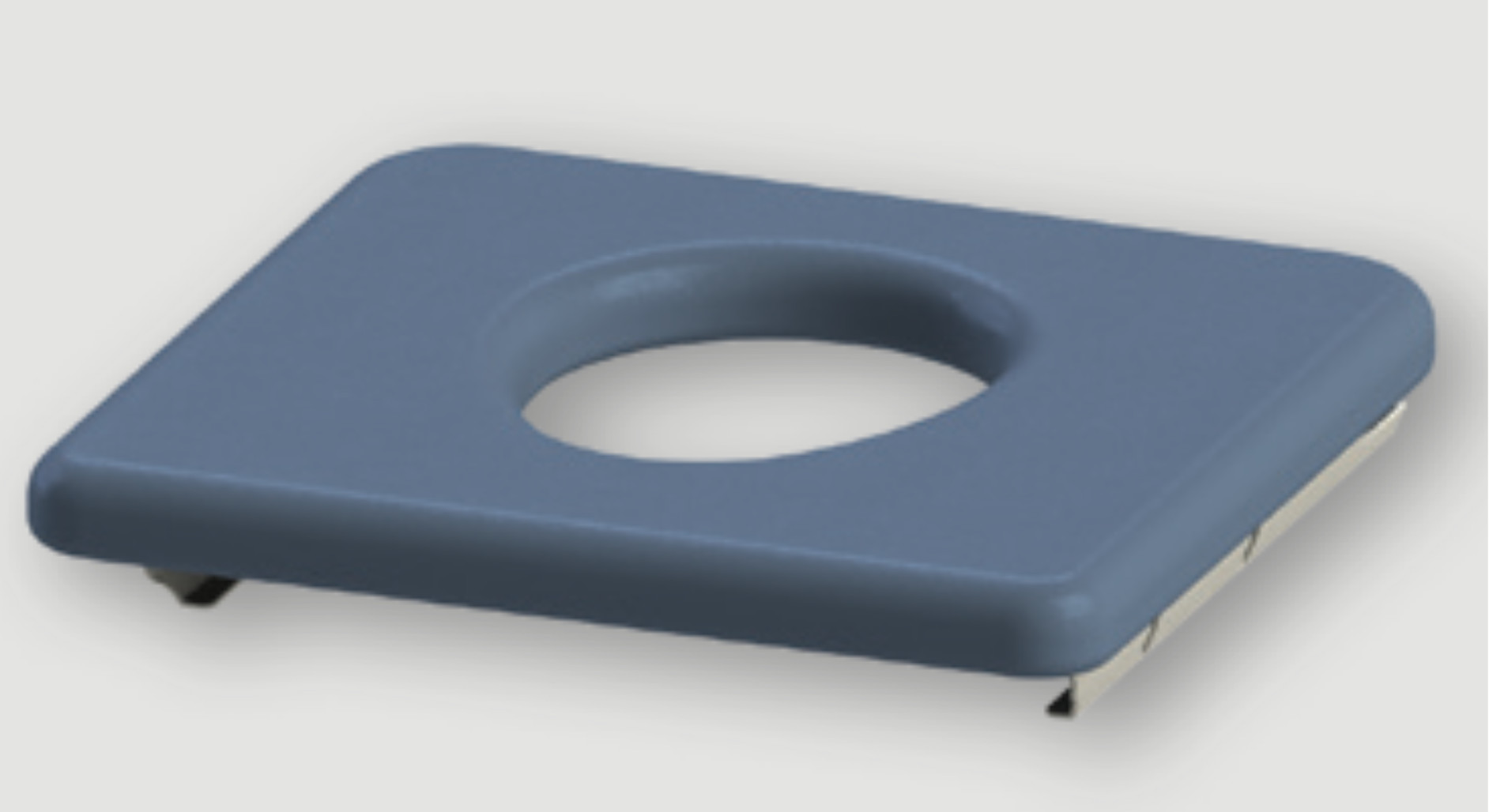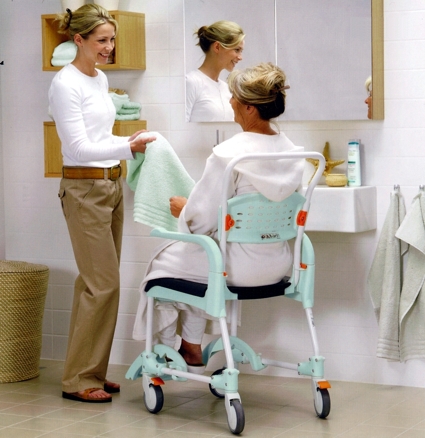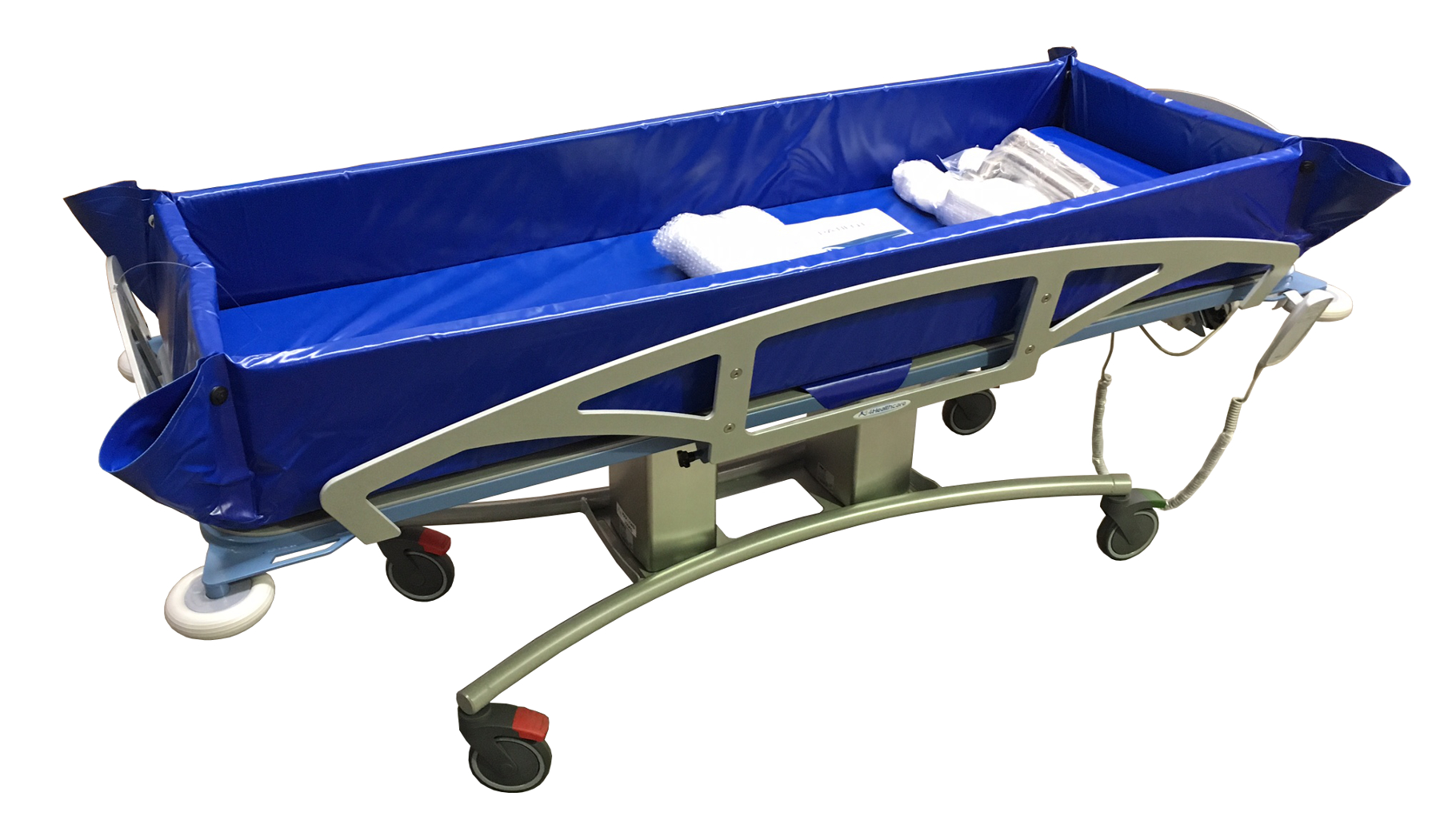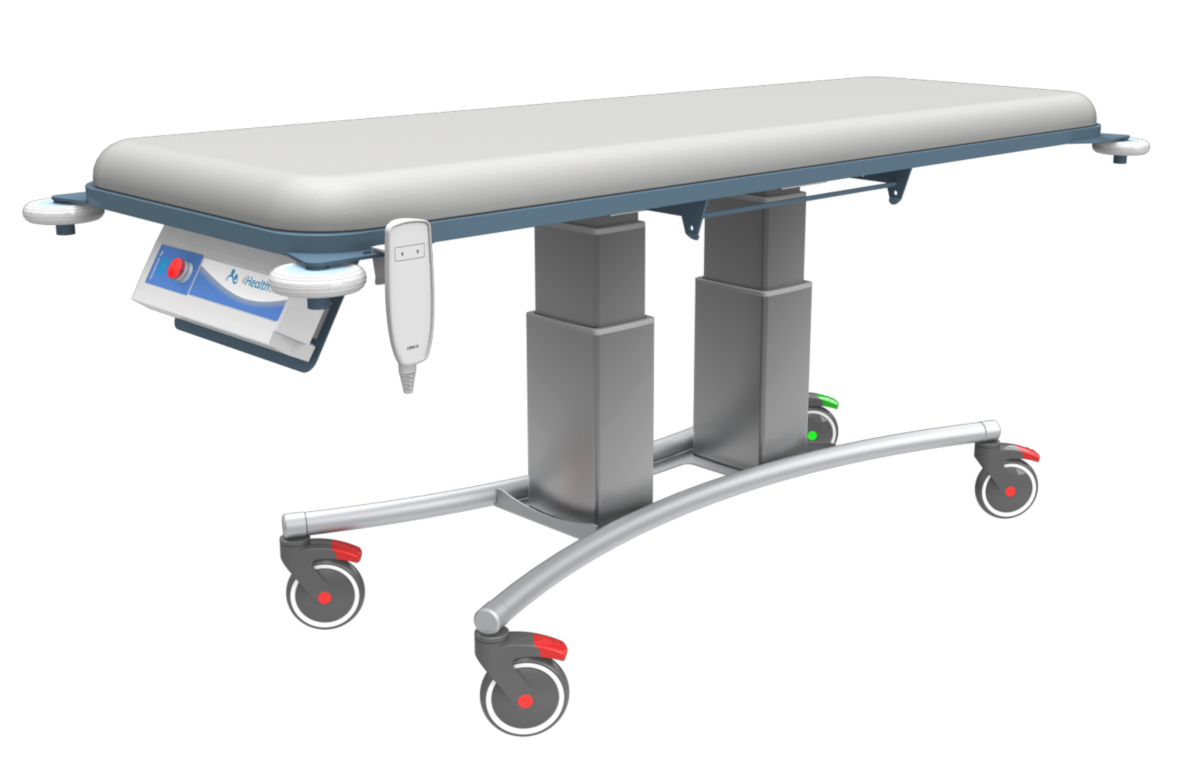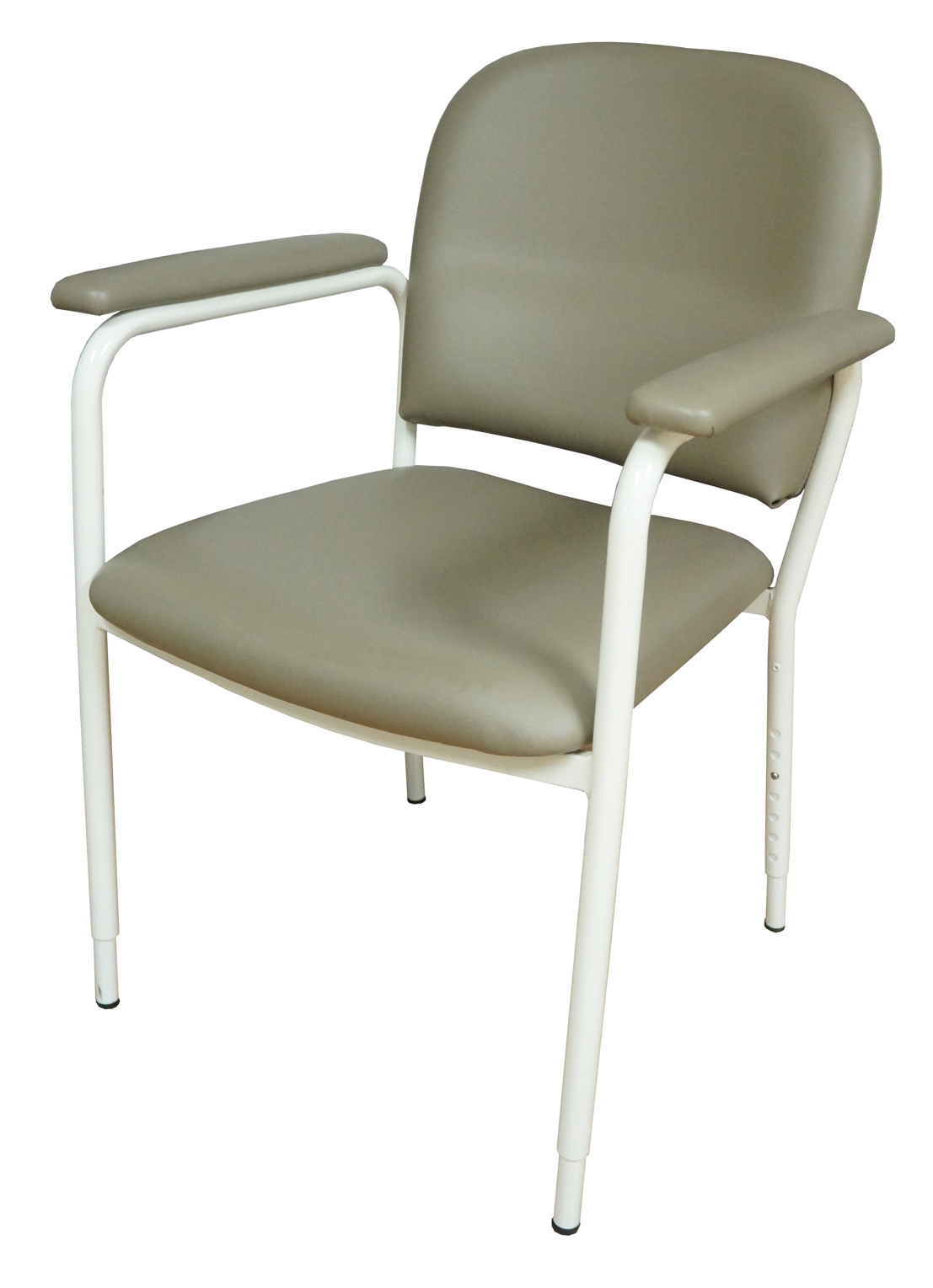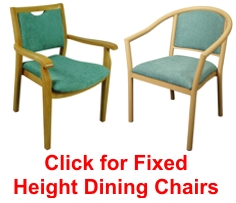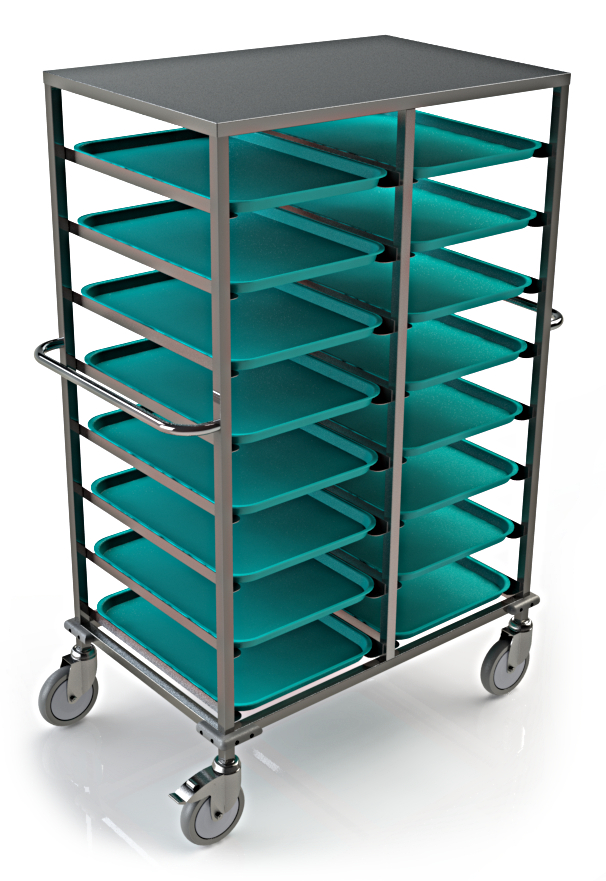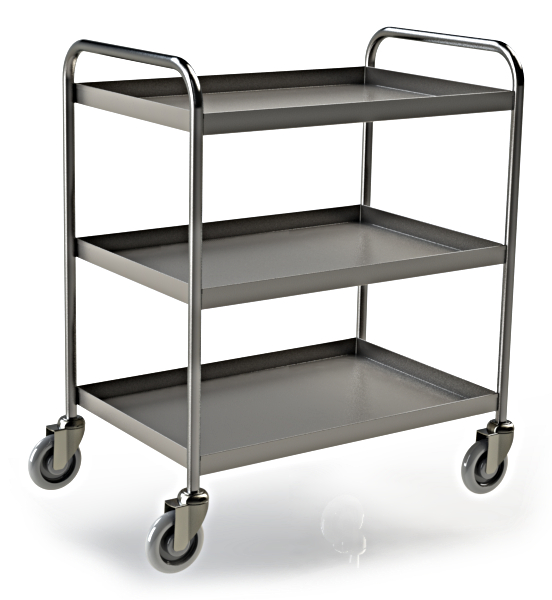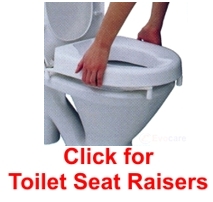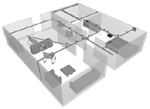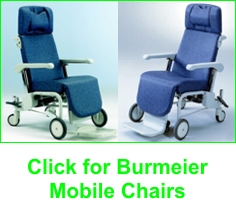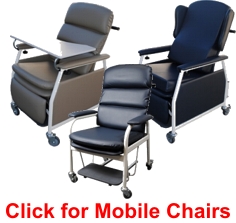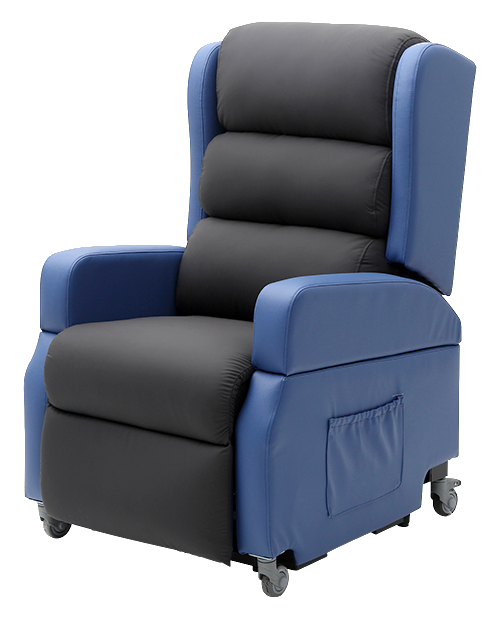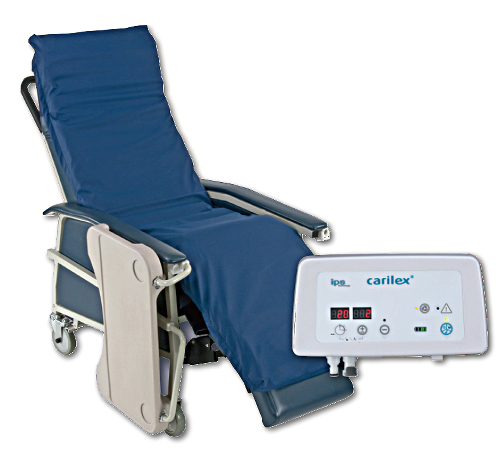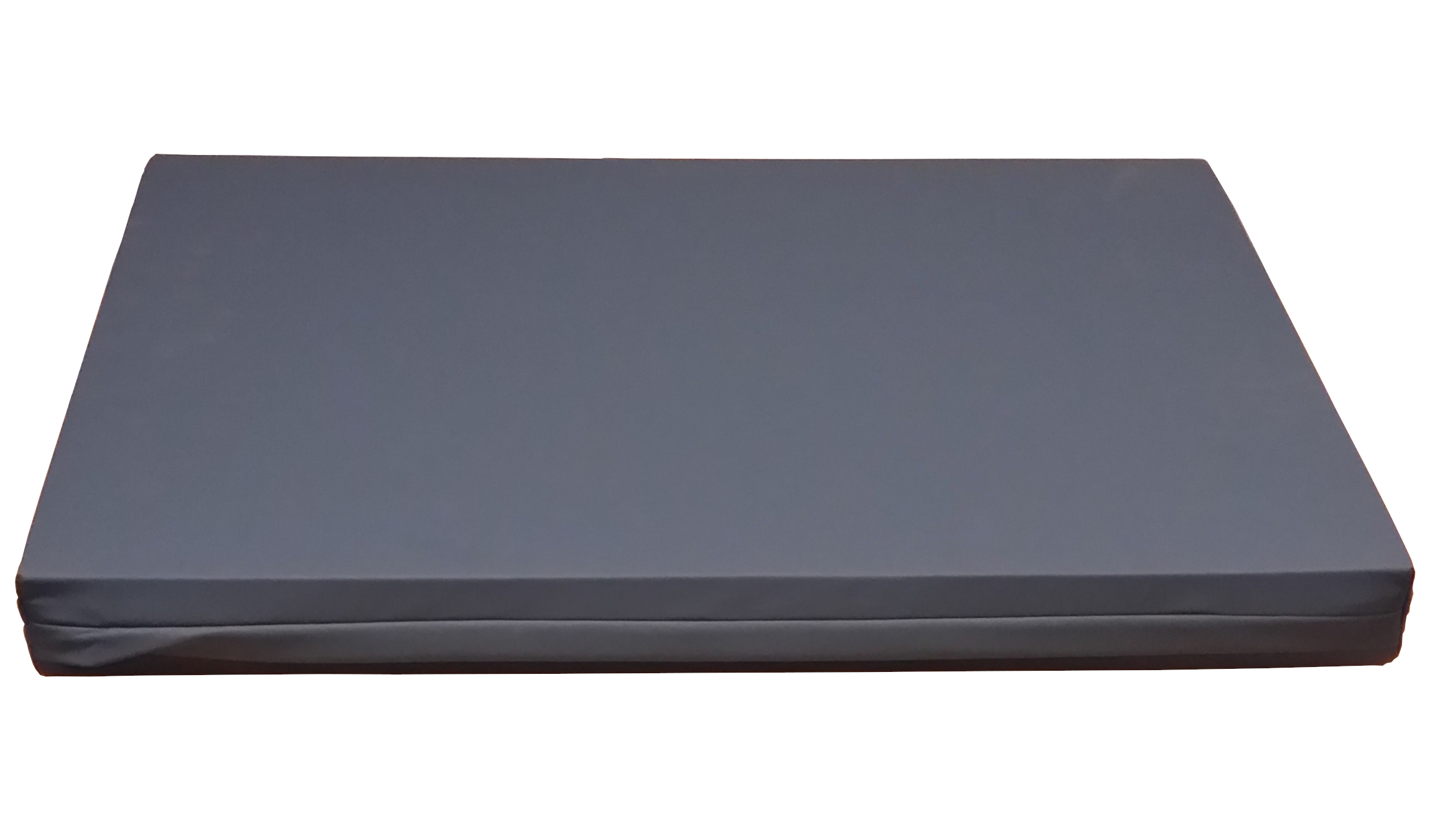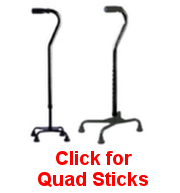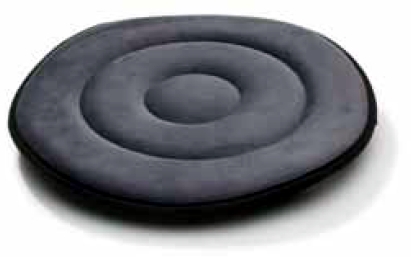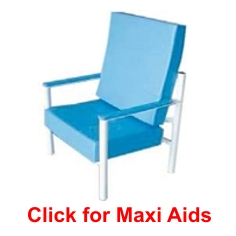1. Are these beds suitable for aged care?
Stiegelmeyer and Burmeier products have a world–wide valued reputation of high quality and safety standards.
The beds are very durable (15–20 year life cycle) and have very low maintenance costs. The mattress surface is a robust steel construction and the attractively finished siderails and
bed ends are made out of timber. The siderails, handsets and brakes are very sturdy and designed to withstand rigors of aged care conditions.
2. Is it important to have a knee break which raises the lower leg?
The importance of a knee break
- Prevents ⁄ reduces back pain for the resident by reducing load through the discs and intervertebral joints in the lumbar spine.
- Prevents tension being placed on the sciatic nerves, which prevents ⁄ reduces lower limb pain and back pain.
Sciatic nerve tension can result in pain felt in the lower back, any area of the lower limb, or it can cause pain down the entire lower limb.
- Prevents ⁄ reduces incidence of pressure areas by preventing the resident from sliding down the bed.
Sliding down the bed causes sheer forces on the skin, especially in the sacral region, which leads to the development of pressure areas.
- Having a knee break function also allows the client more options in regards to their position in bed.
Varying their position in bed assists in the prevention of pressure areas.
- Reduces manual handling for the staff, because the knee break helps the resident to maintain a good position in bed.
Without the knee break staff will regularly need to reposition the client (because the client will slide down the bed when the head of bed is elevated, if there is no knee break in situ).
Having to reposition the client more frequently increases the risk of injury to staff and client. The majority of clients prefer to have the bed head elevated,
which means most clients will slide down the bed if they do not have a knee break to prevent this.
- Having an elevated knee break function improves the clients lower limb circulation and assists in reducing lower limb oedema.
3. Are there advantages having a bed in a chair position?
By allowing the client to adopt a seated position, this bed:
- assists in the prevention of pressure areas, as the client can easily vary their position.
- promotes improved lung health as sitting upright increases air entry, which reduces the risk of chest infections
- maintains joint, muscle and nerve health by allowing the client to vary their position. Joints, muscles and nerves suffer when they are kept in one position for a prolonged period of time,
so altering position promotes the health of these tissues.
- reduces manual handling for both the client and staff (reducing their risk of injury), as it allows a client to move from a lying position to a seated position without needing to be transferred at all.
- allows the client to sit up and interact with their environment, and gain the clinical benefits of sitting, while enjoying the comfort of being in their bed.
4. How will these beds save me money?
Several of the beds use a unique 24 Volt drive system.
Having the 240 volts isolated, away from the bed and only 24 volts at the bed ensures a safer environment for residents and maintenance staff;
it also significantly helps to reduce energy costs and electromagnetic pollution and thereby protecting the environment.
Some of these beds also have a switch mode which means, unlike other electric beds there is no current flowing through the bed control box and motors until a handset button is pressed;
offering a substantial saving in power from not being on standby.
5. Will these beds accommodate our hoists?
The beds have an excellent hoist clearance (compatible with any brand of hoist),
which will prevent staff injuries (and associated costs).
6. Is there a solution to managing bariatric clients?
The Bariatric beds are compatible with our unique Vendlet Patient Turning System;
Vendlet makes repositioning of patients in bed an easy one person operation at the touch of a button; eliminating Manual handling and associated injuries and costs,
improving care giver productivity, and the gentle procedure ensures patient comfort.
7. Can these beds be maintained?
If spare parts are needed, they are readily available through our Spare Parts Department.
Also the preventative maintenance can be done on an annual basis and would be done by qualified service technicians (or we can instruct your maintenance people).
Evocare can also provide a Service Agreement depending on the location of the Facility.
8. Are copies of bed user manuals available?
Yes. Select the manual your require below.
9. What is the delivery timetable for beds?
We can advise a delivery time when we know the model of bed and the quantity you require.
We hold a selection of beds in stock so we may be able to supply promptly.
10. Is assembly of the beds required?
Several beds need to be assembled and Evocare can do that task for you.
Most beds require very little assembly and can be assembled by the customer.
 Return to top of page Return to top of page
|


 Return to top of page
Return to top of page
